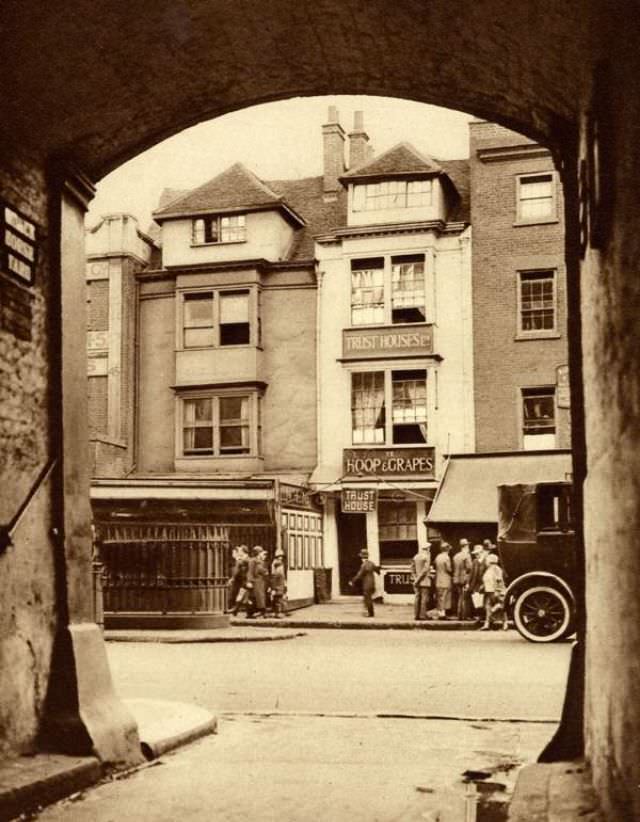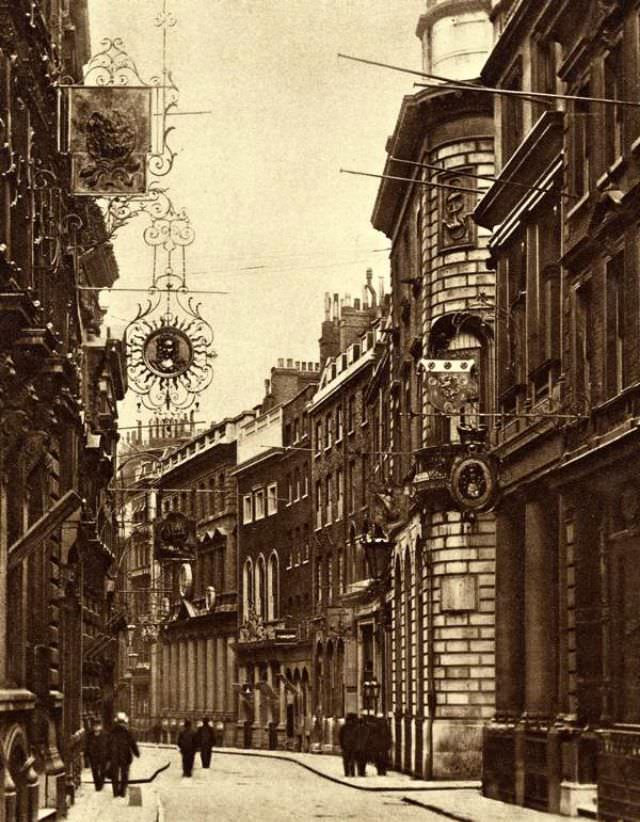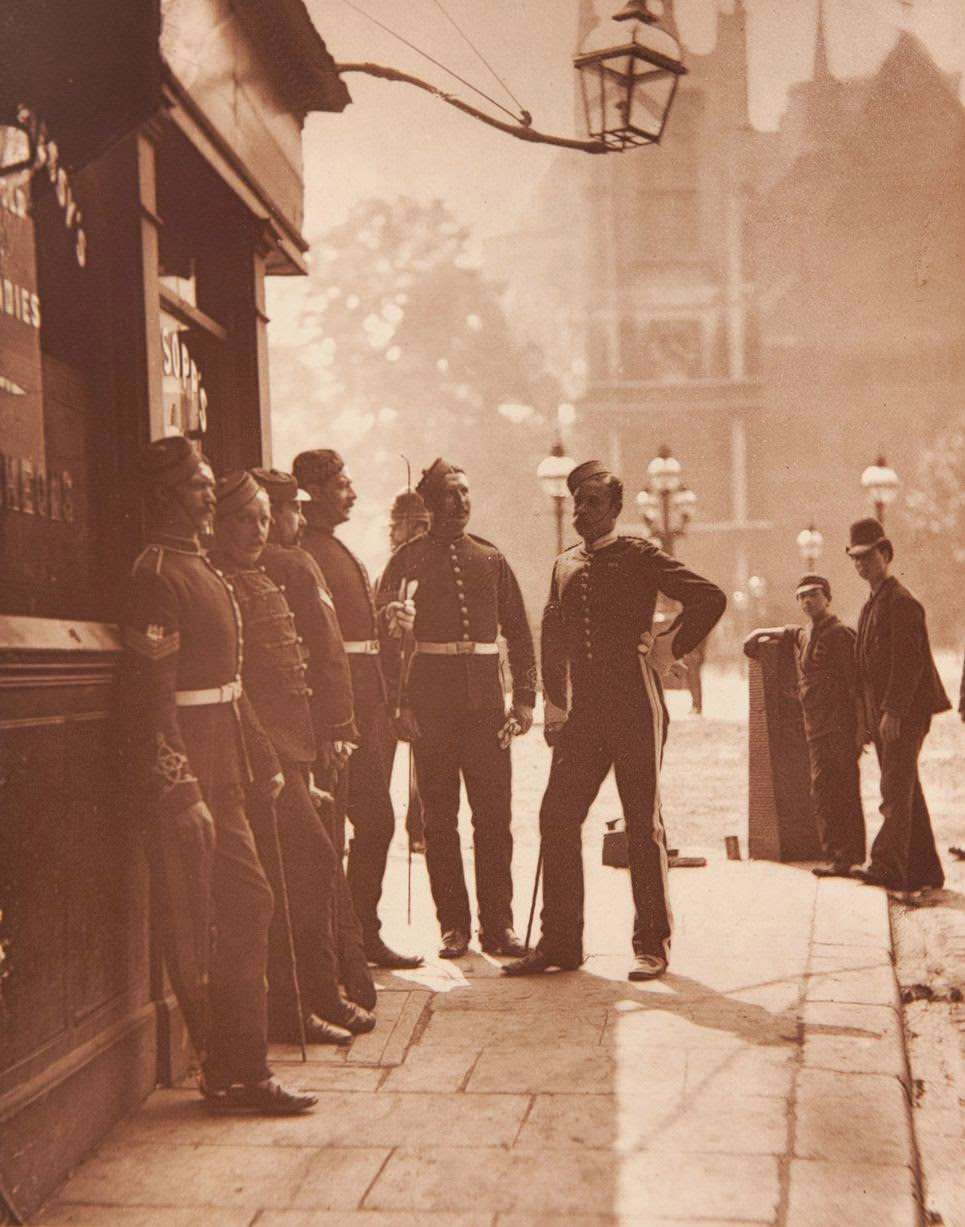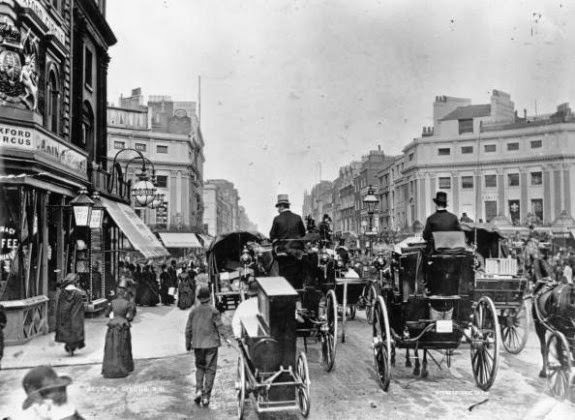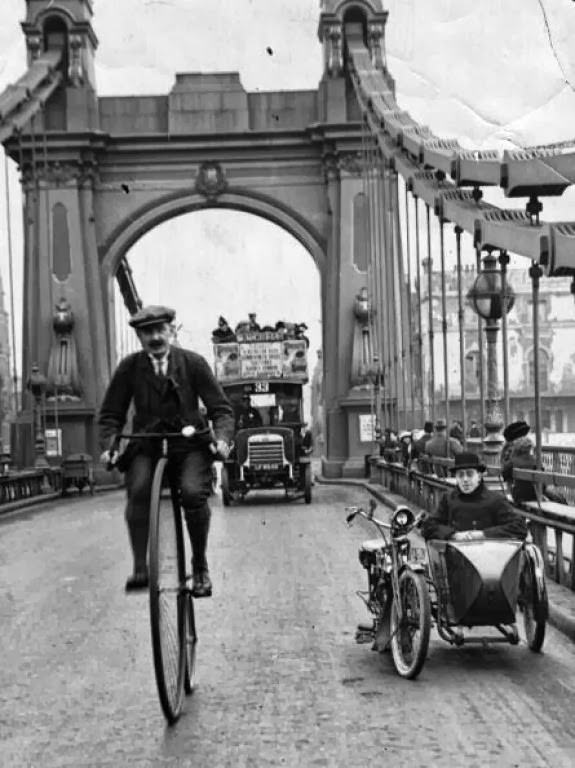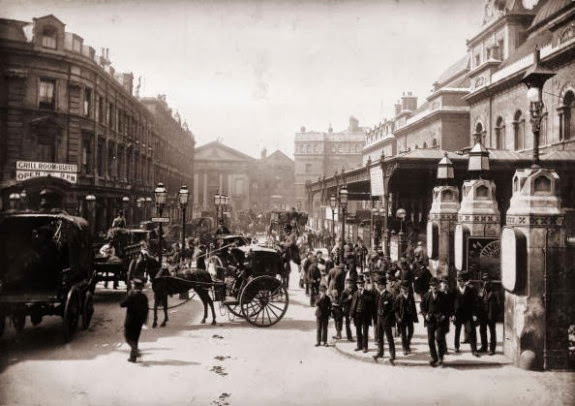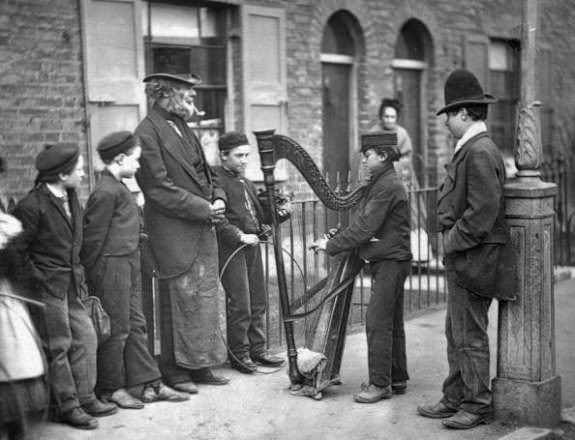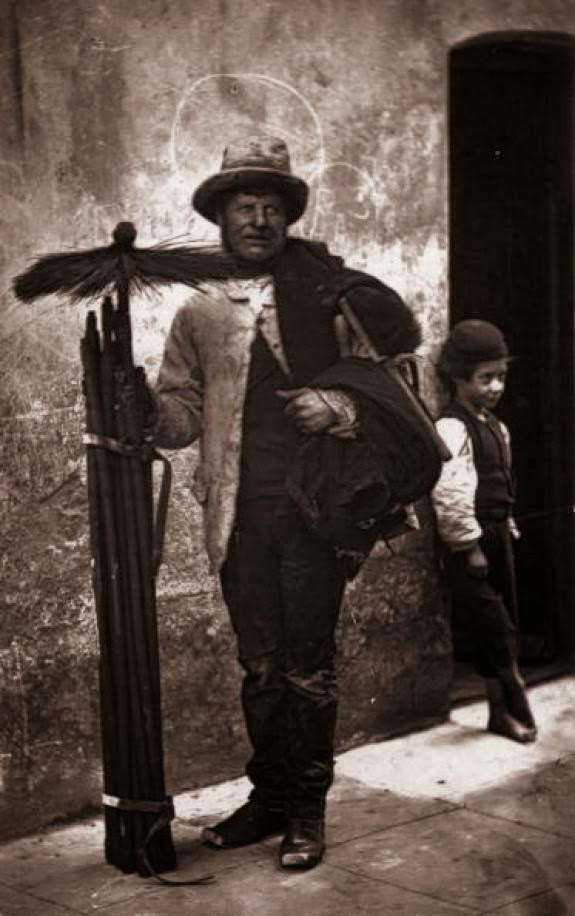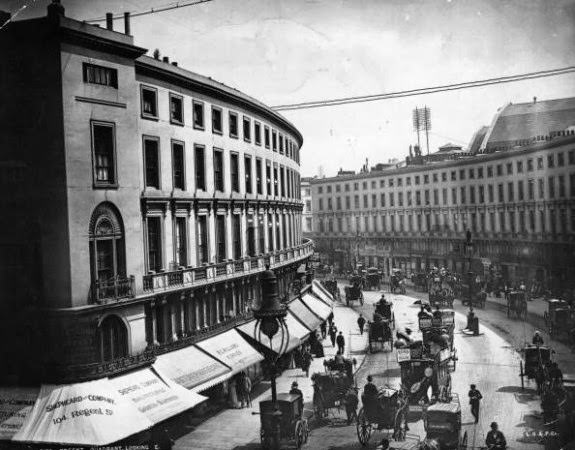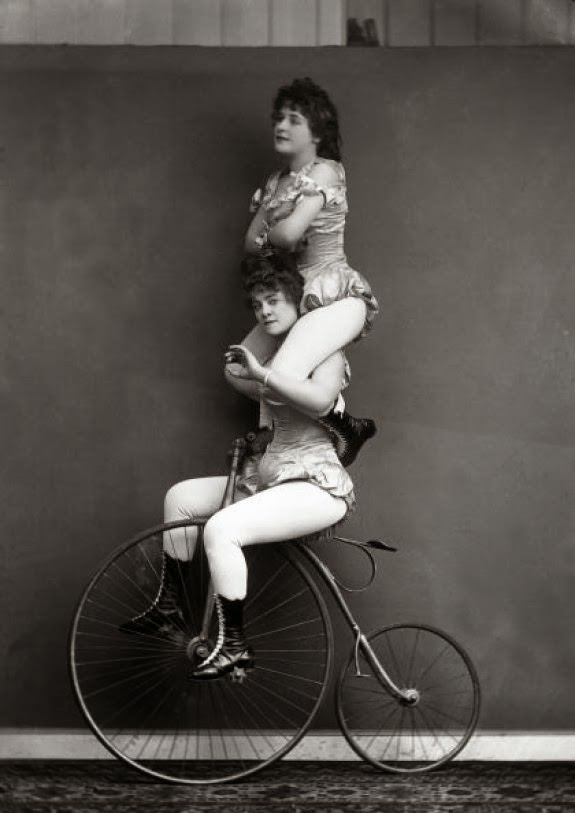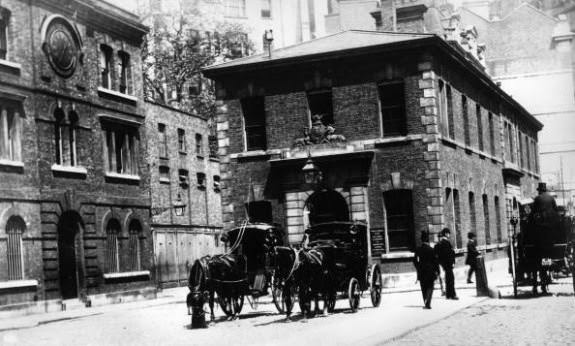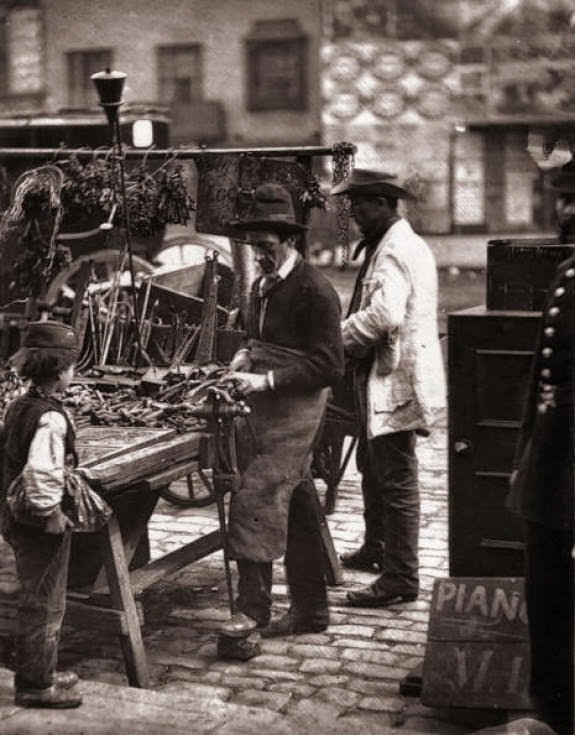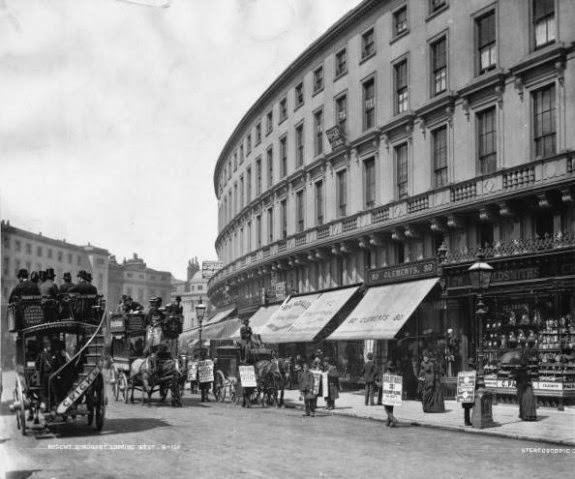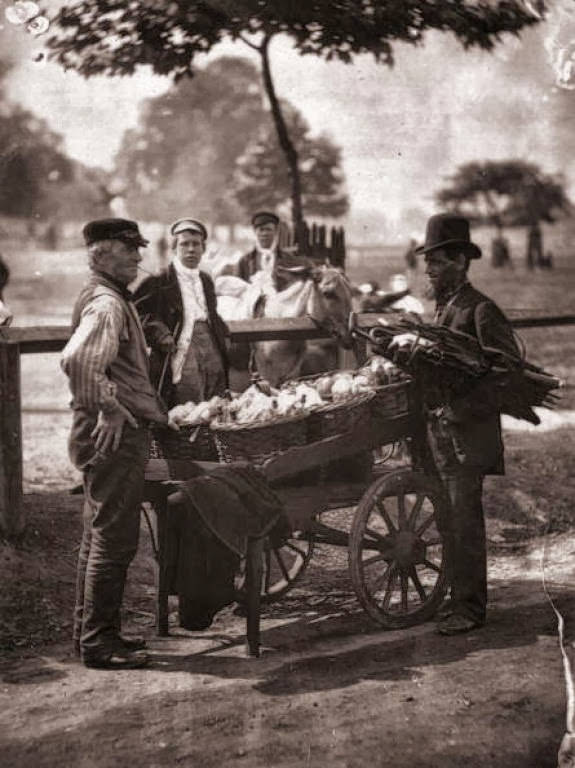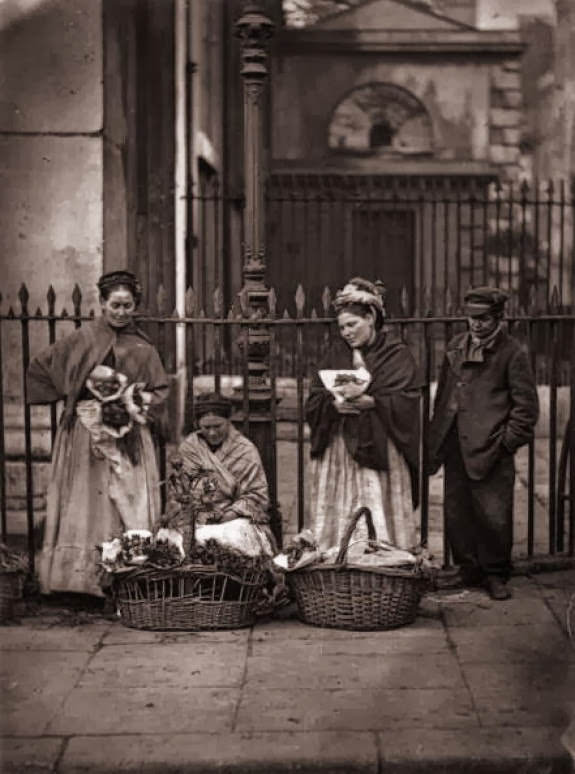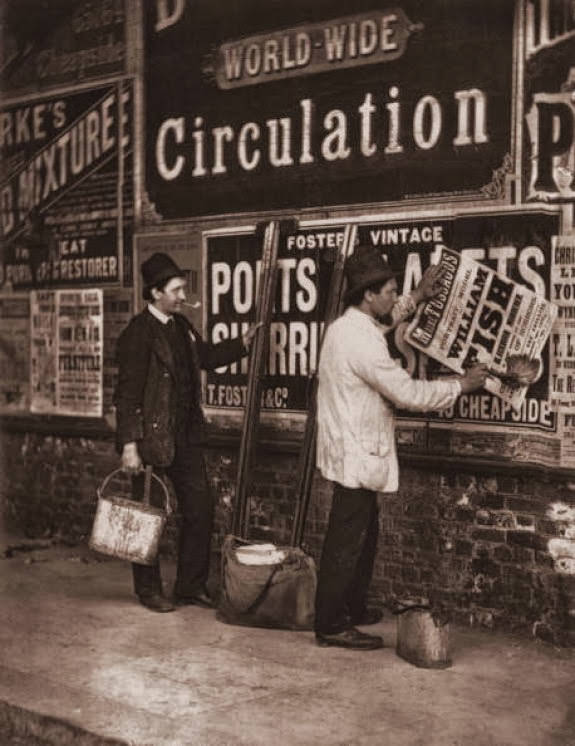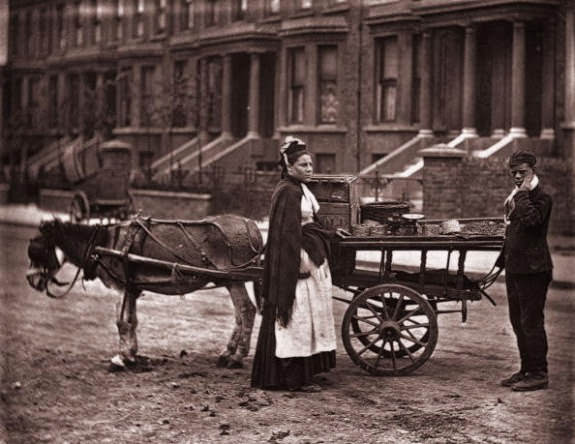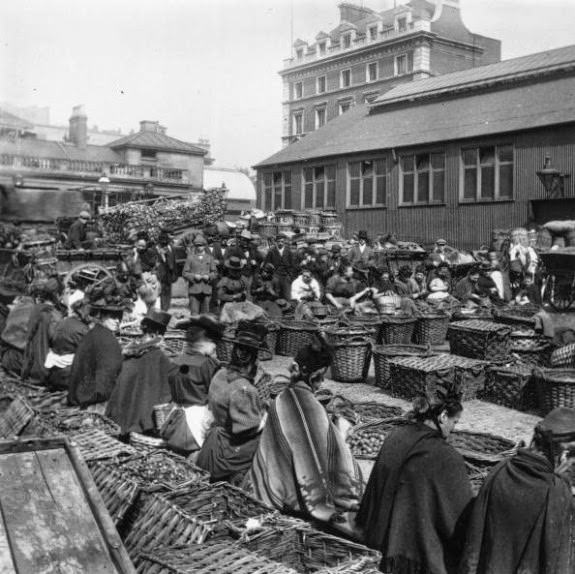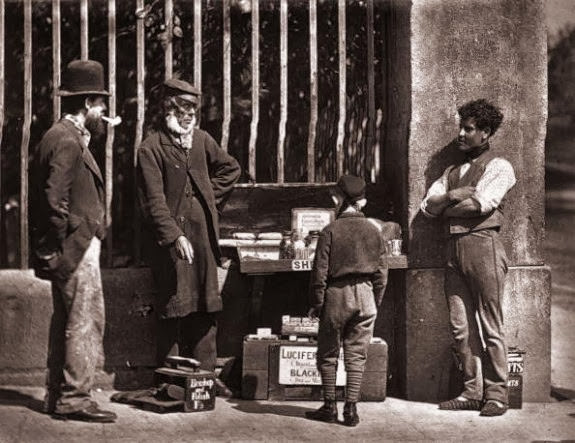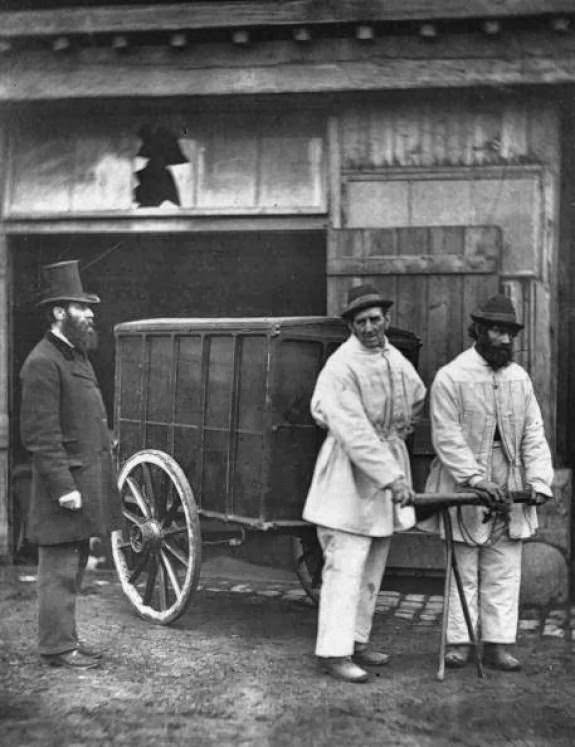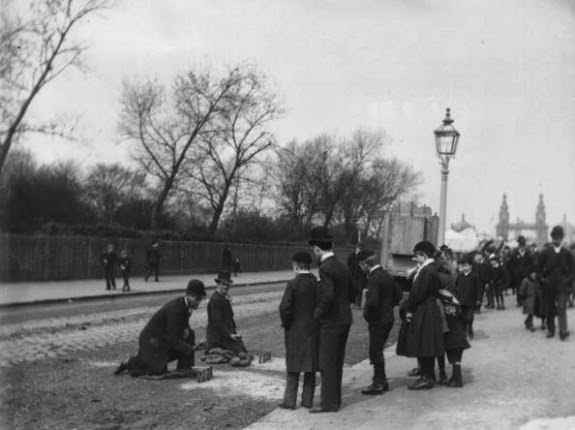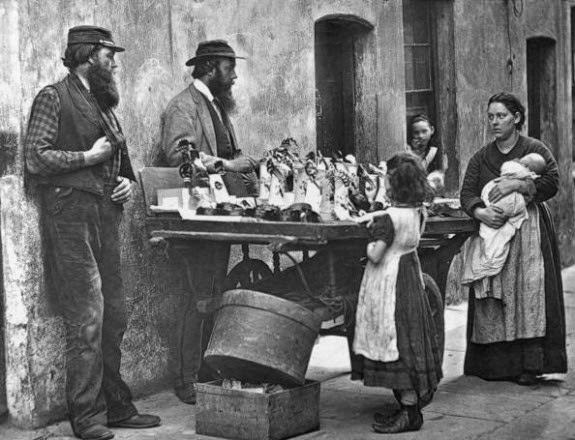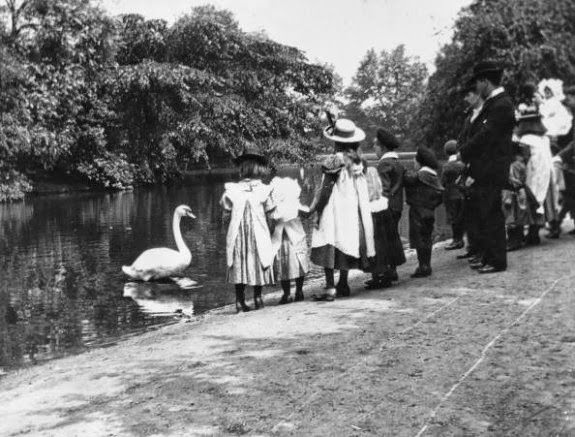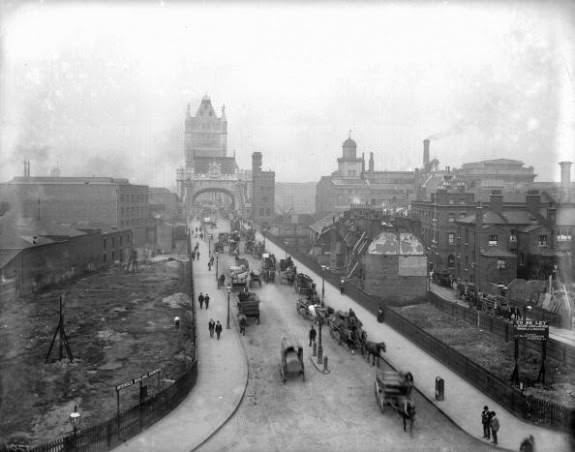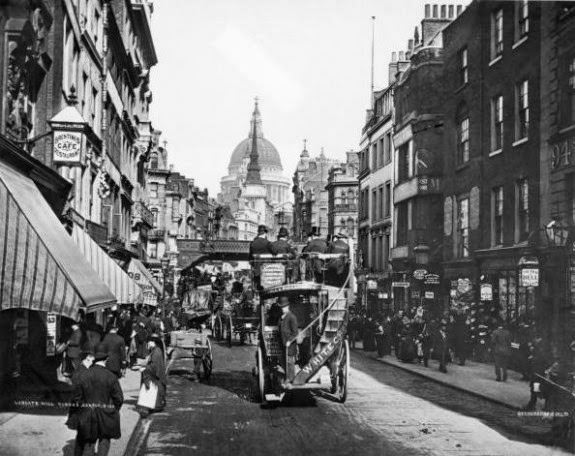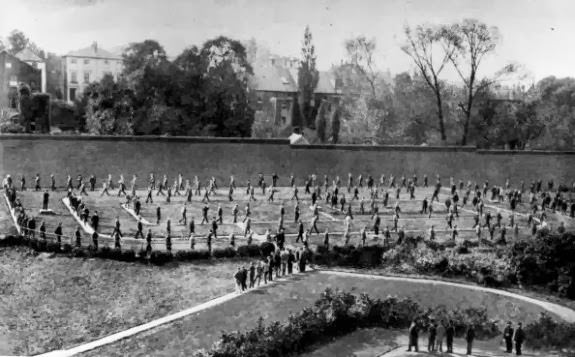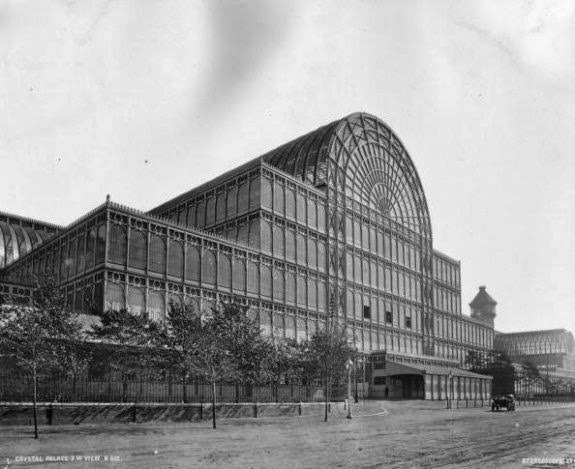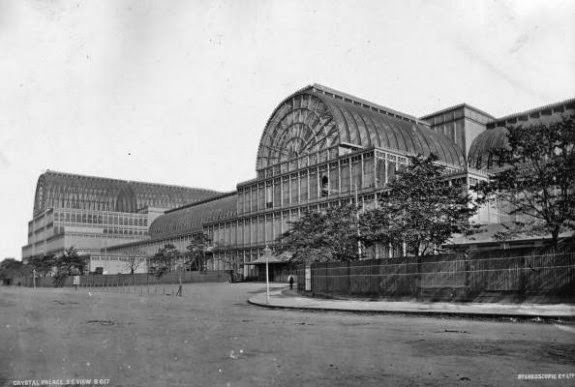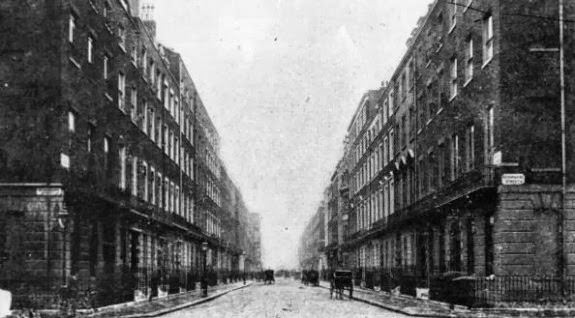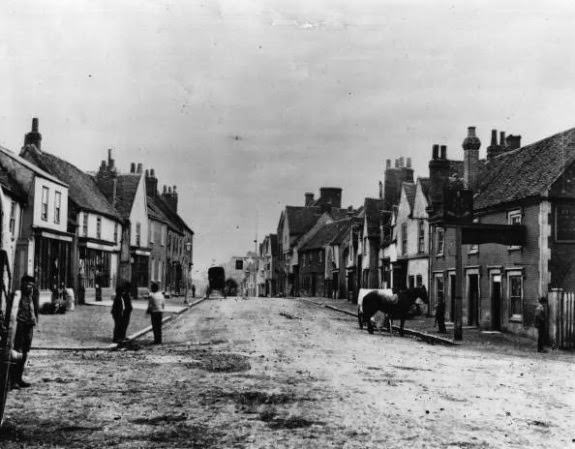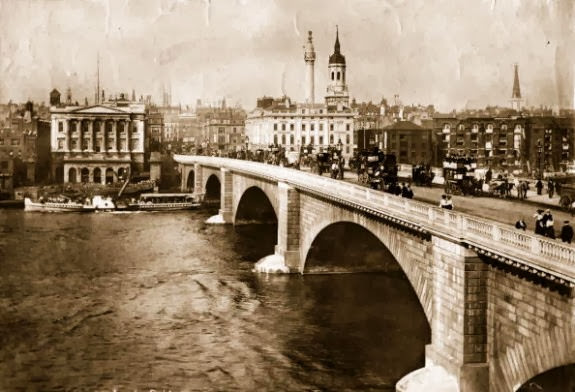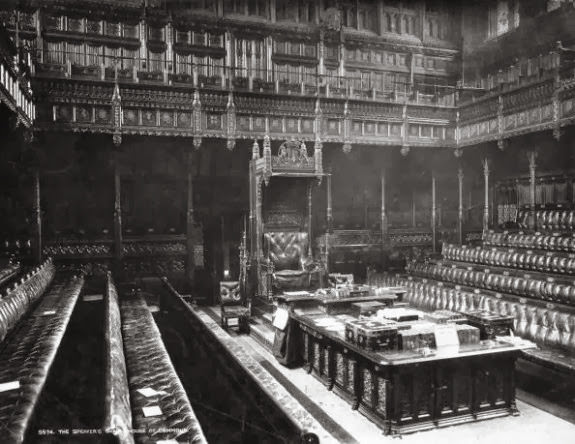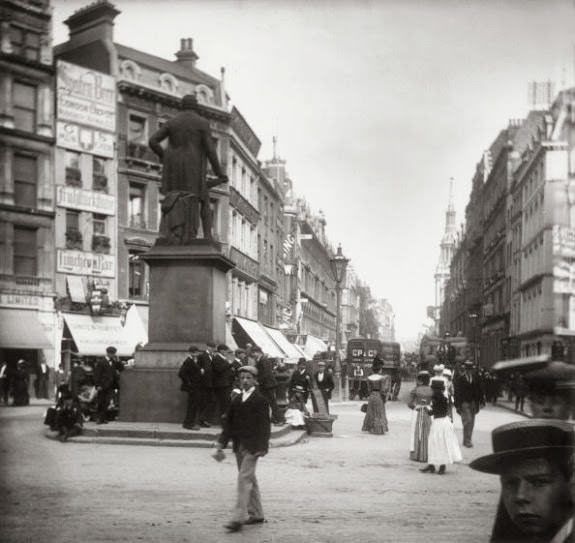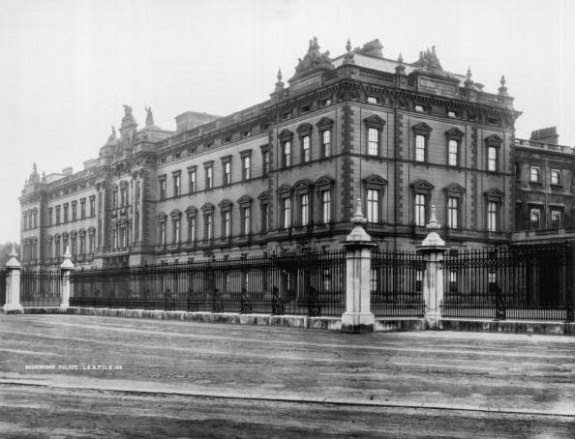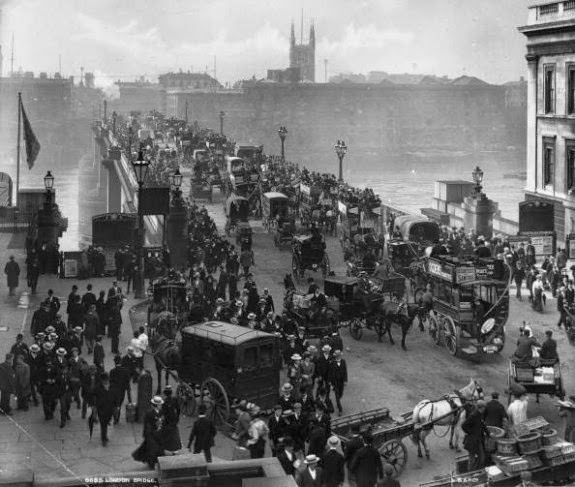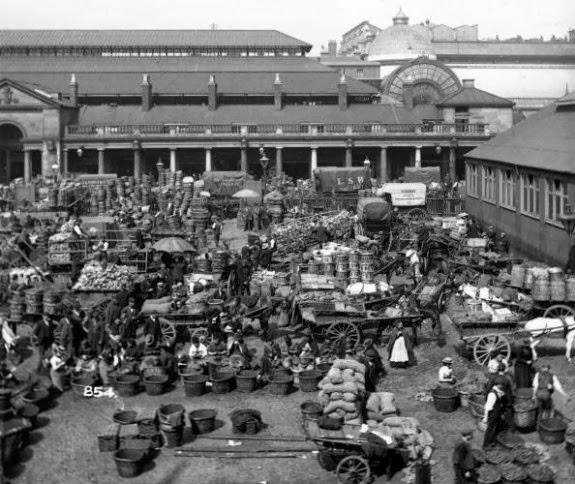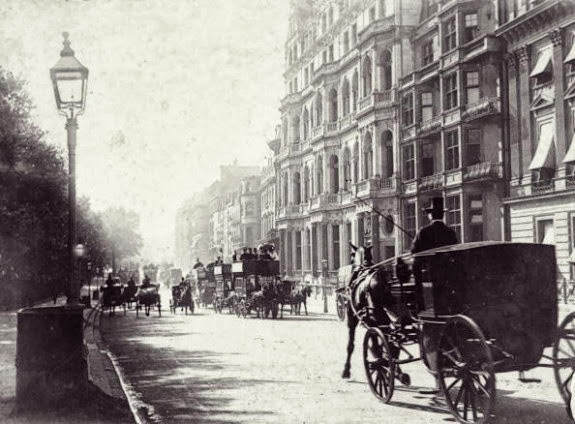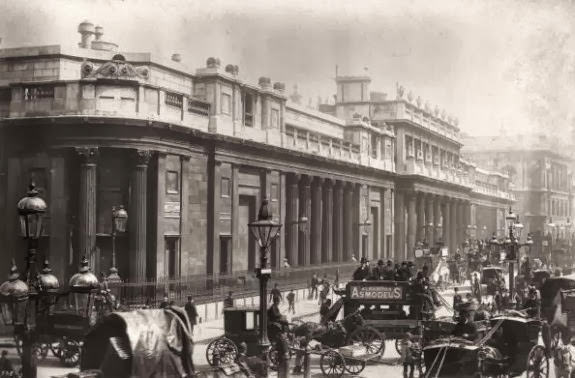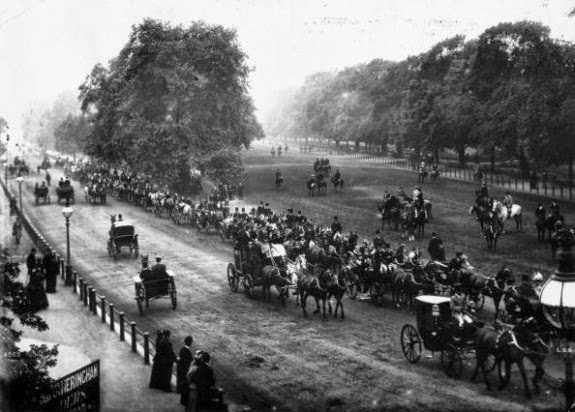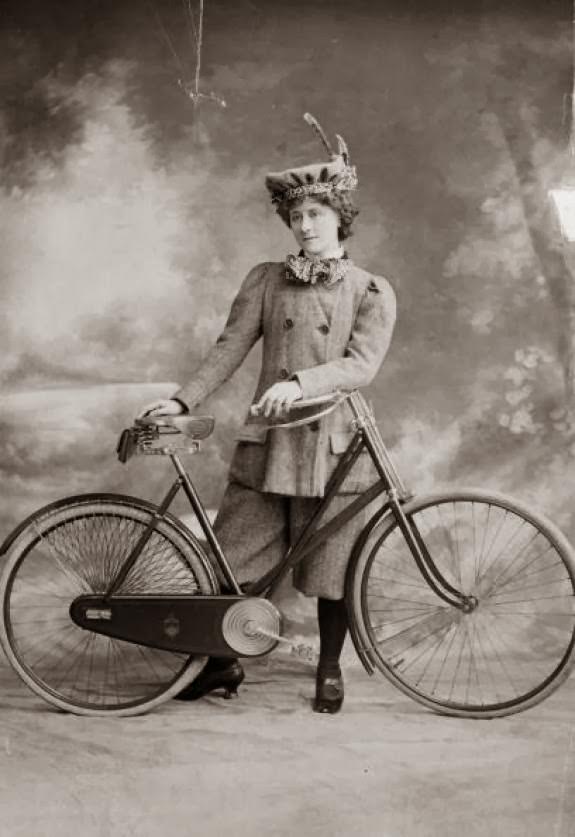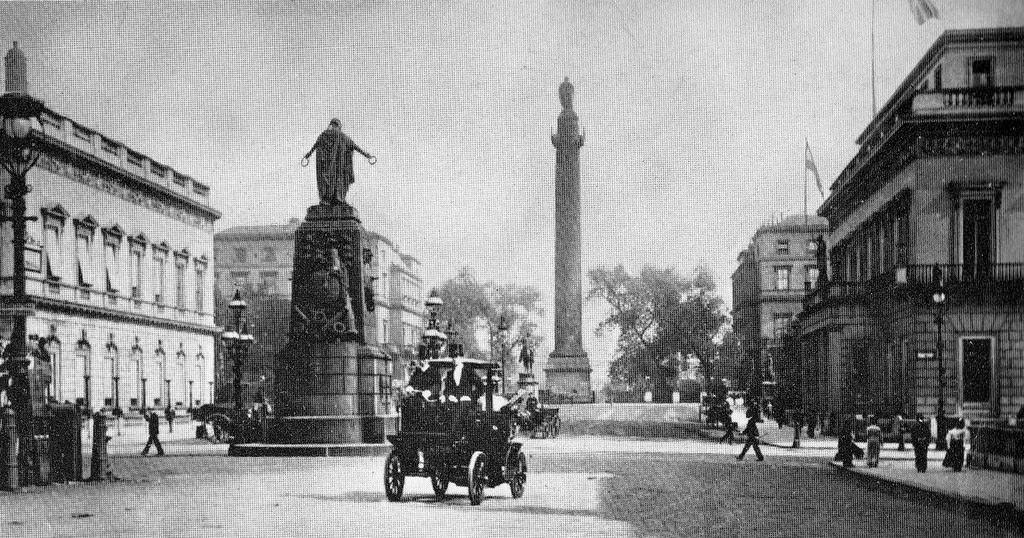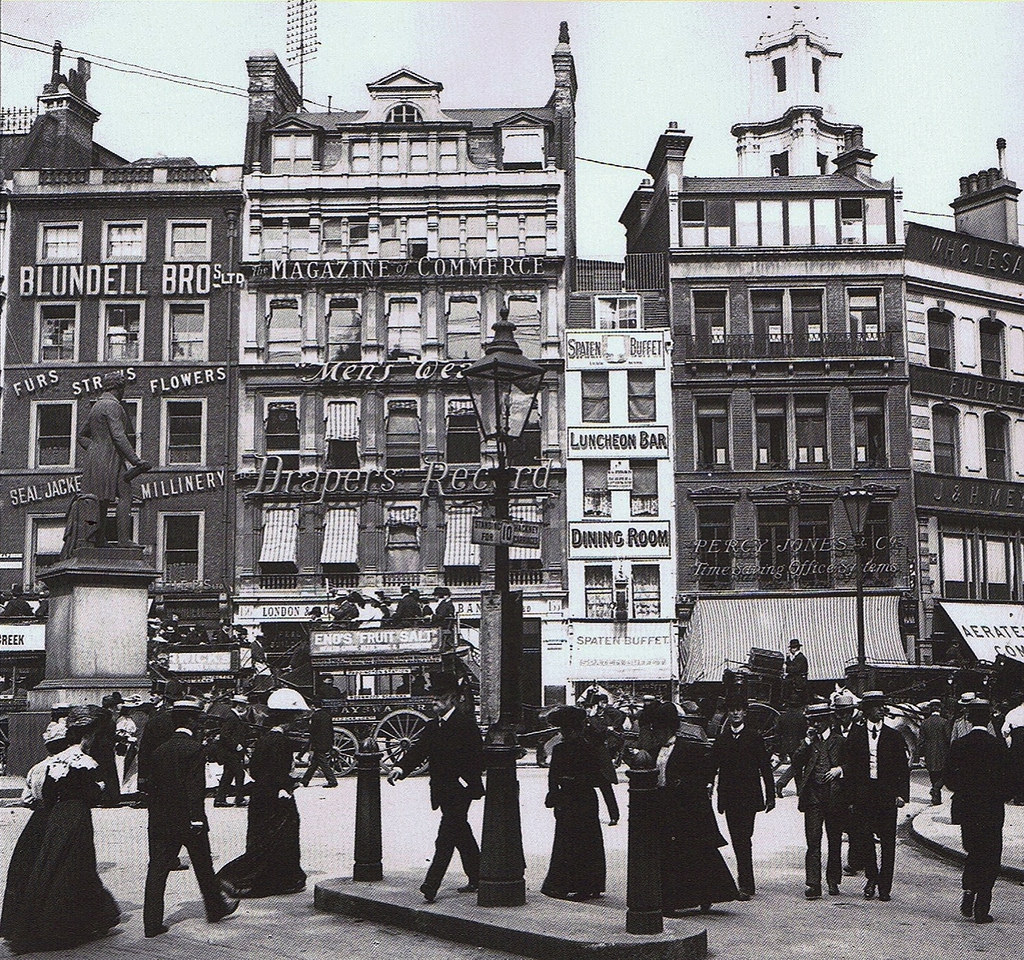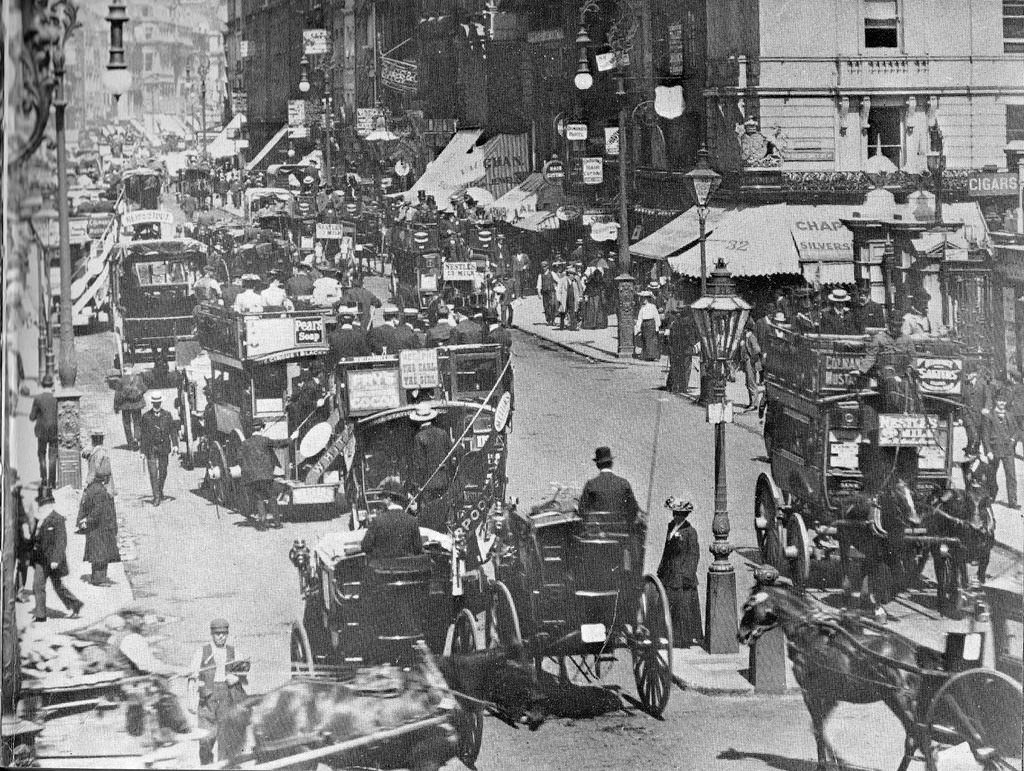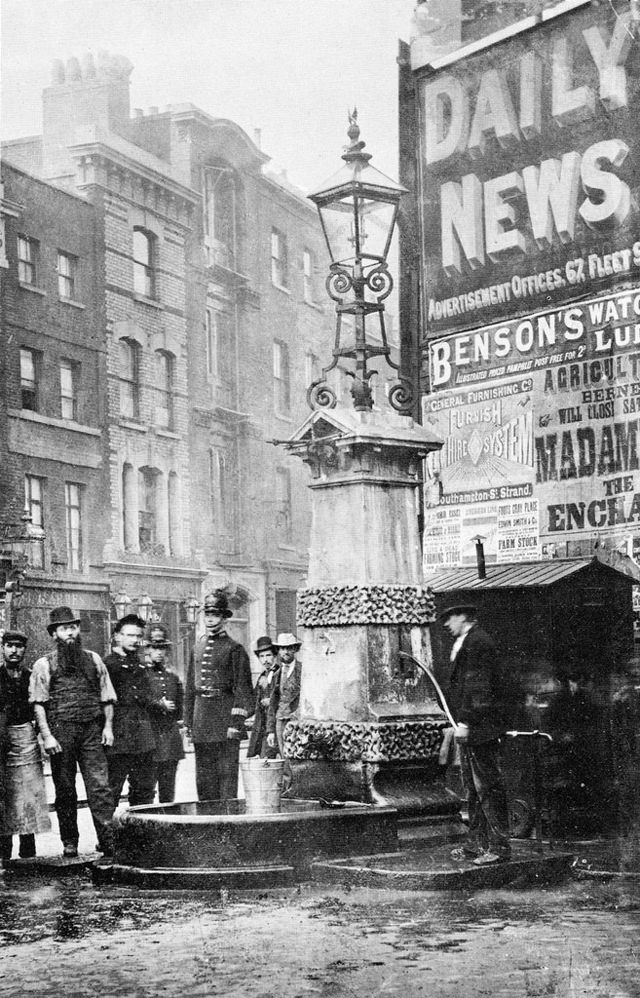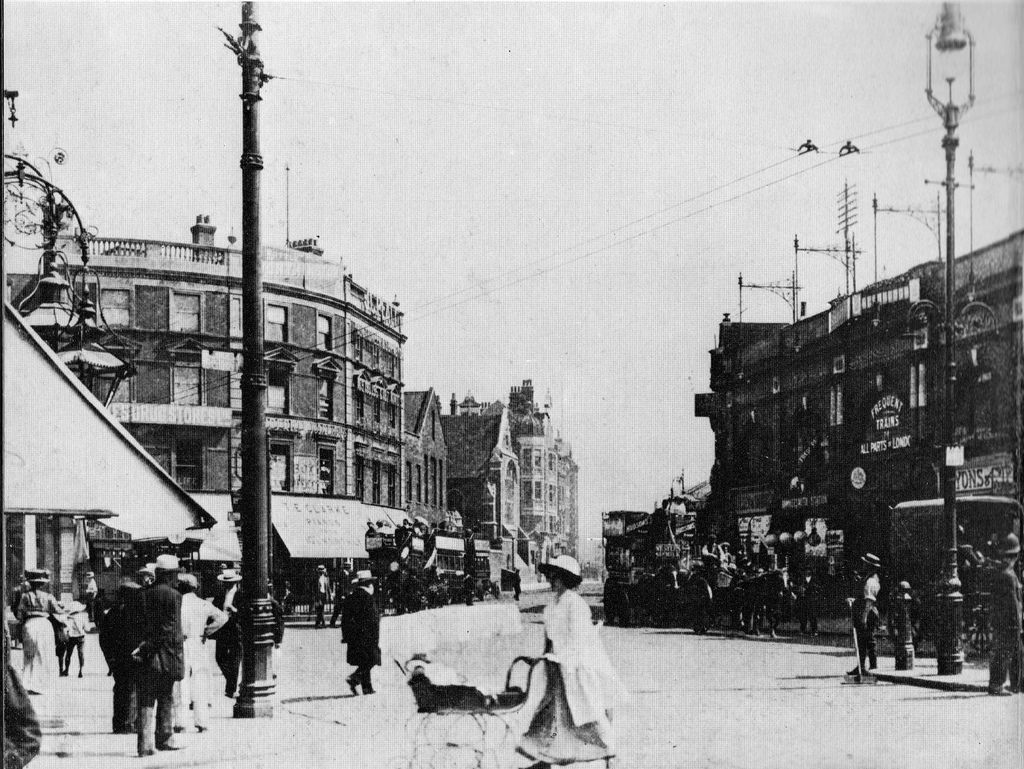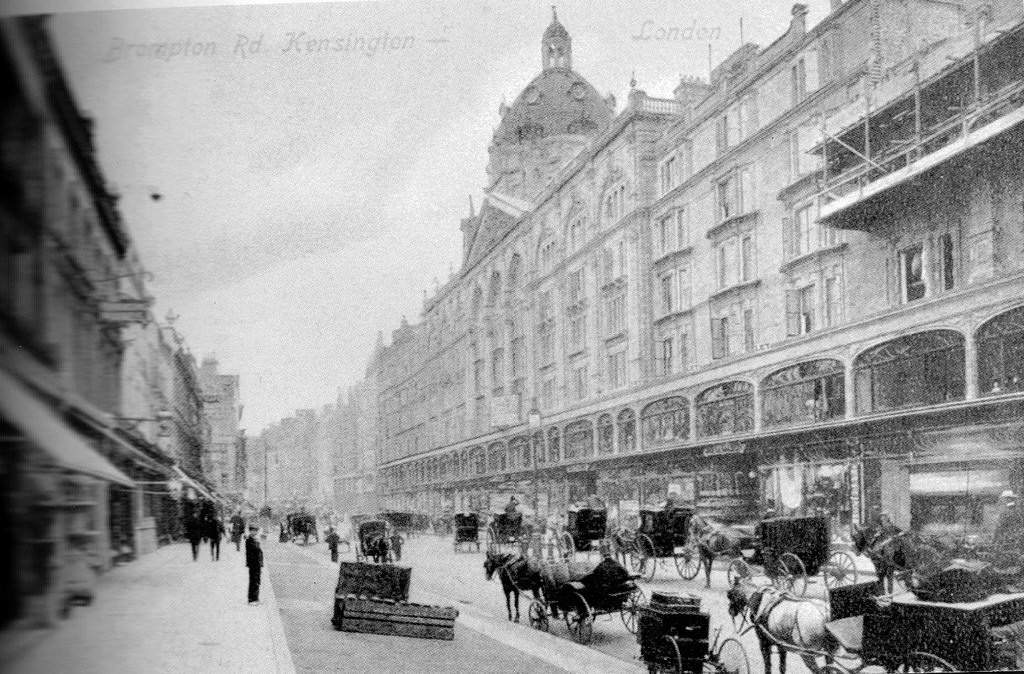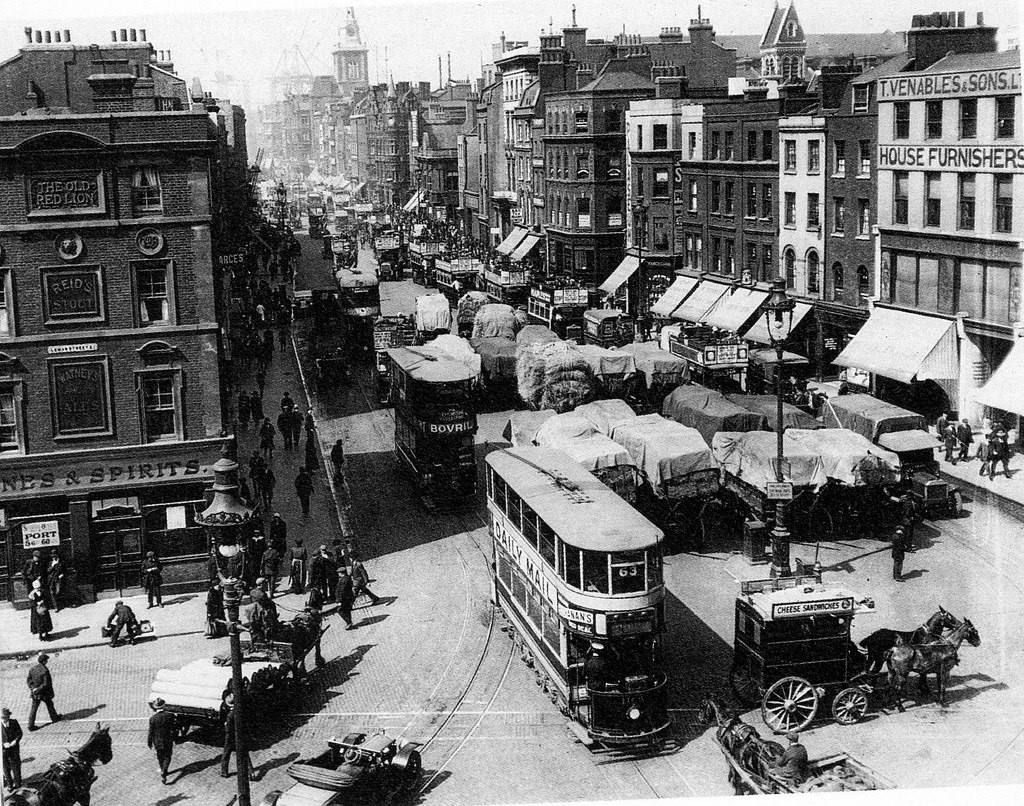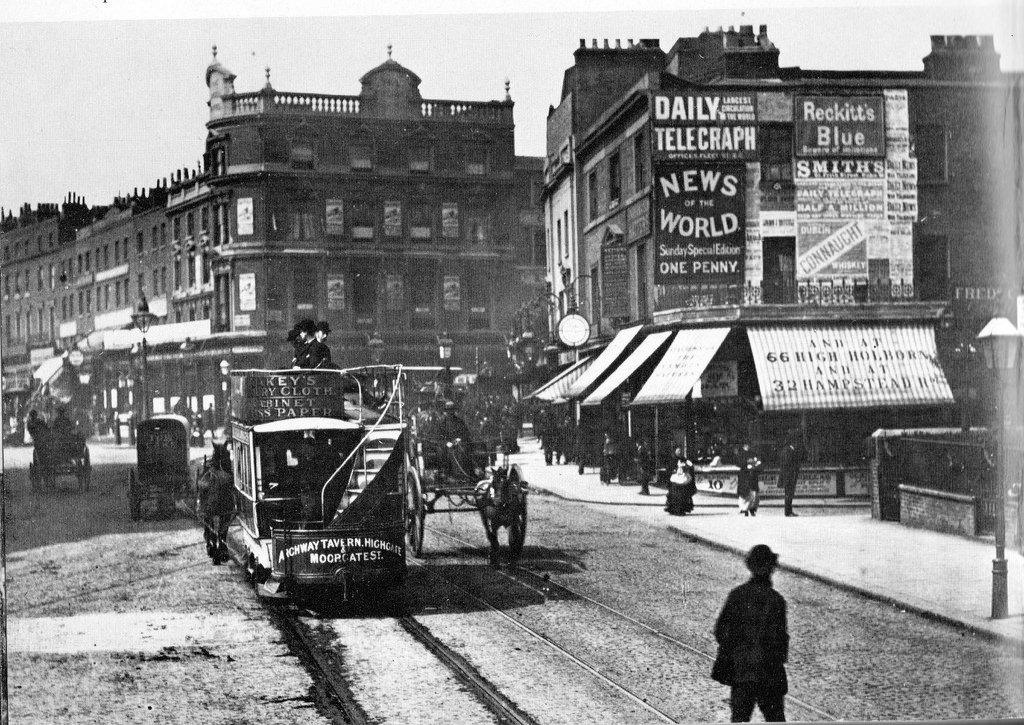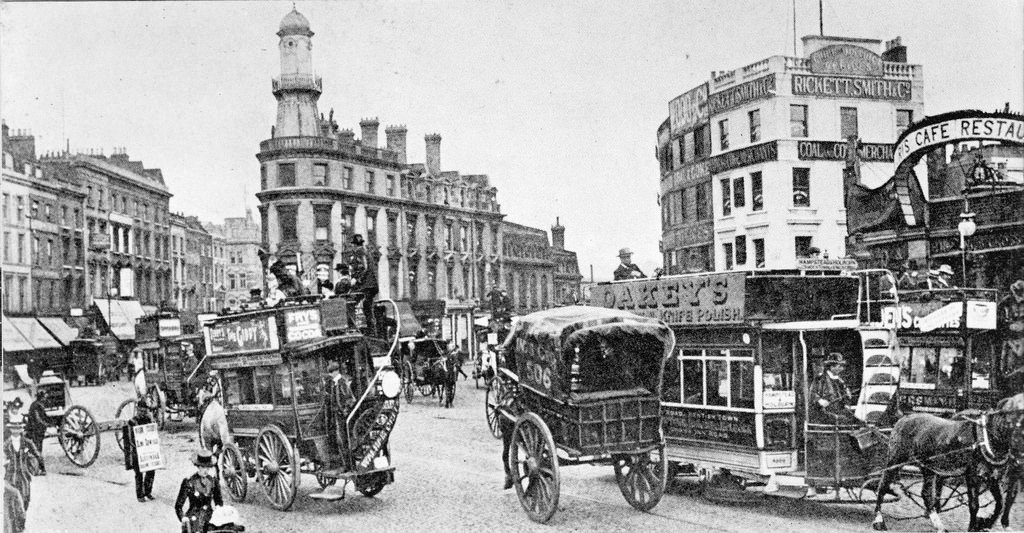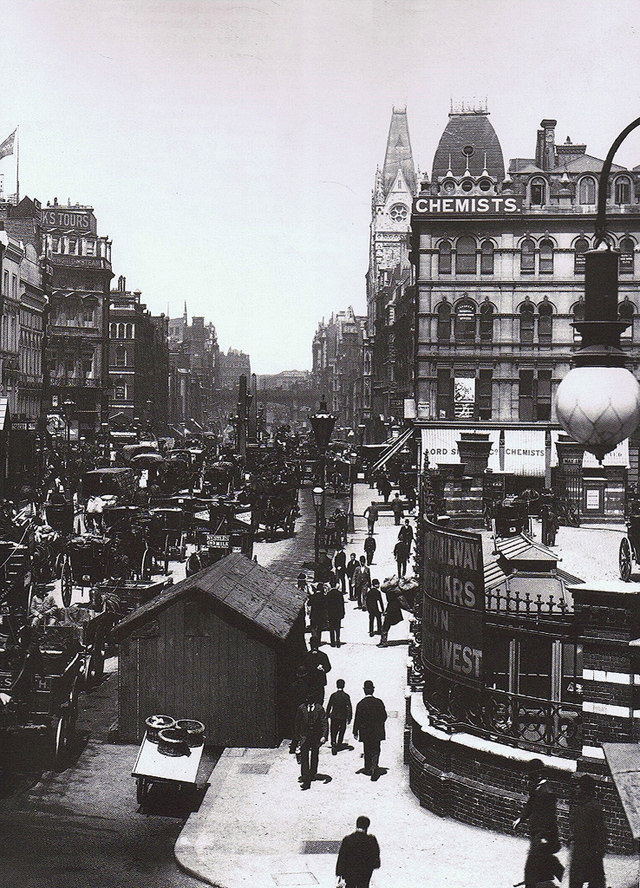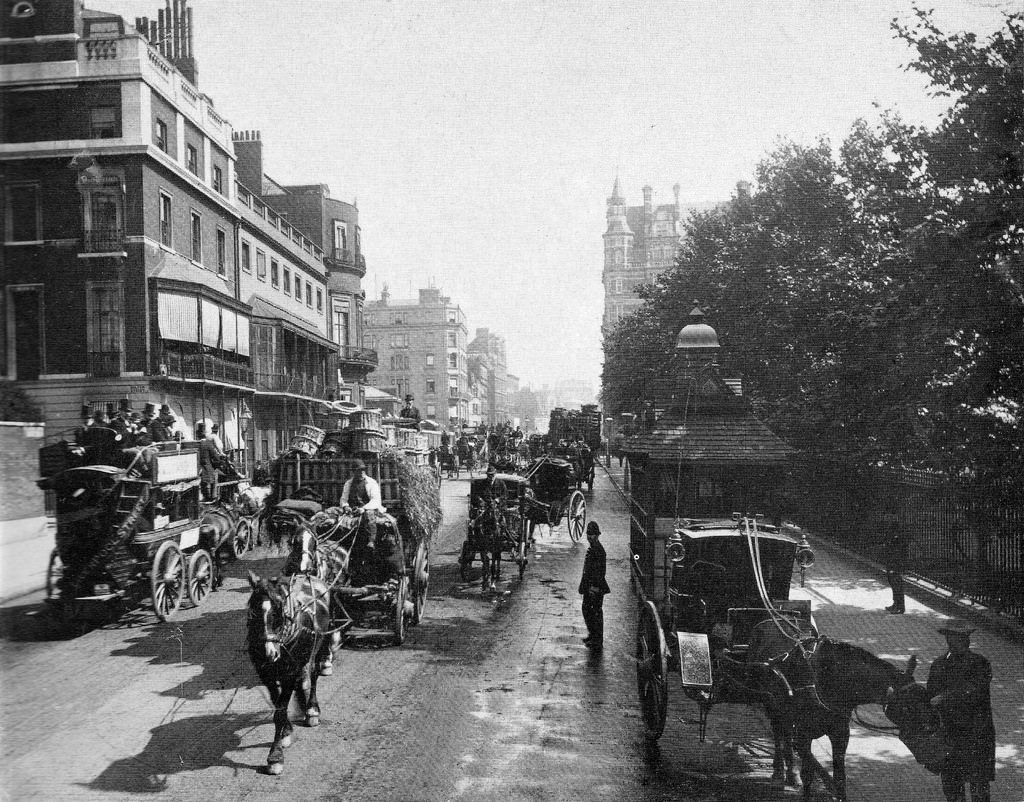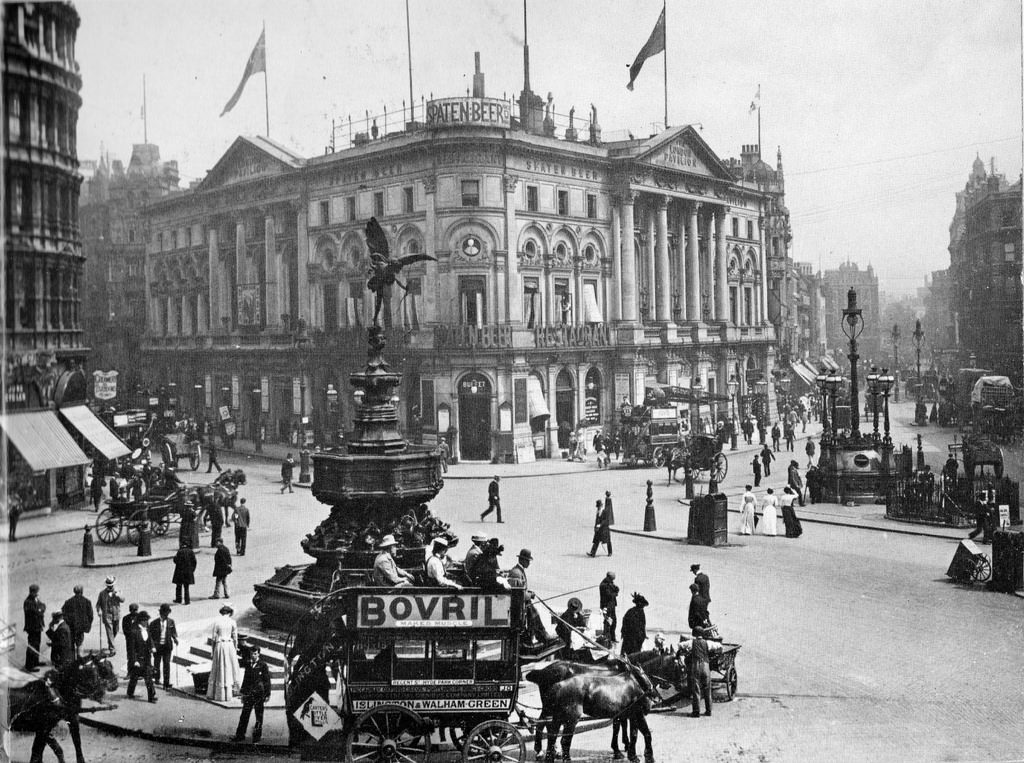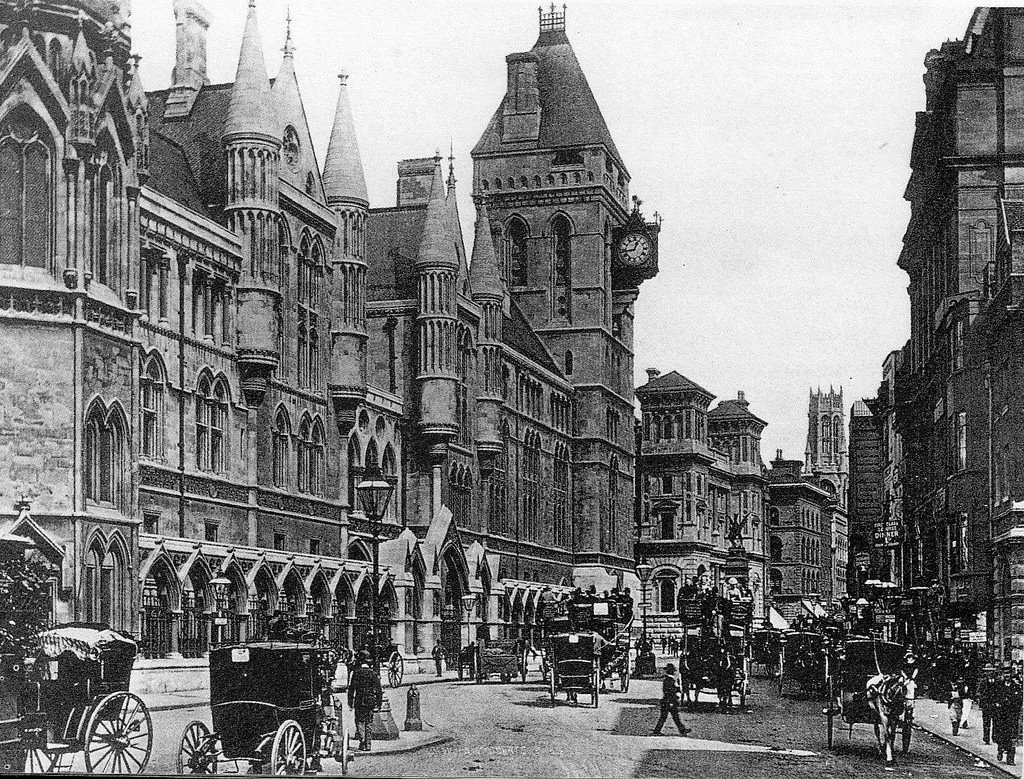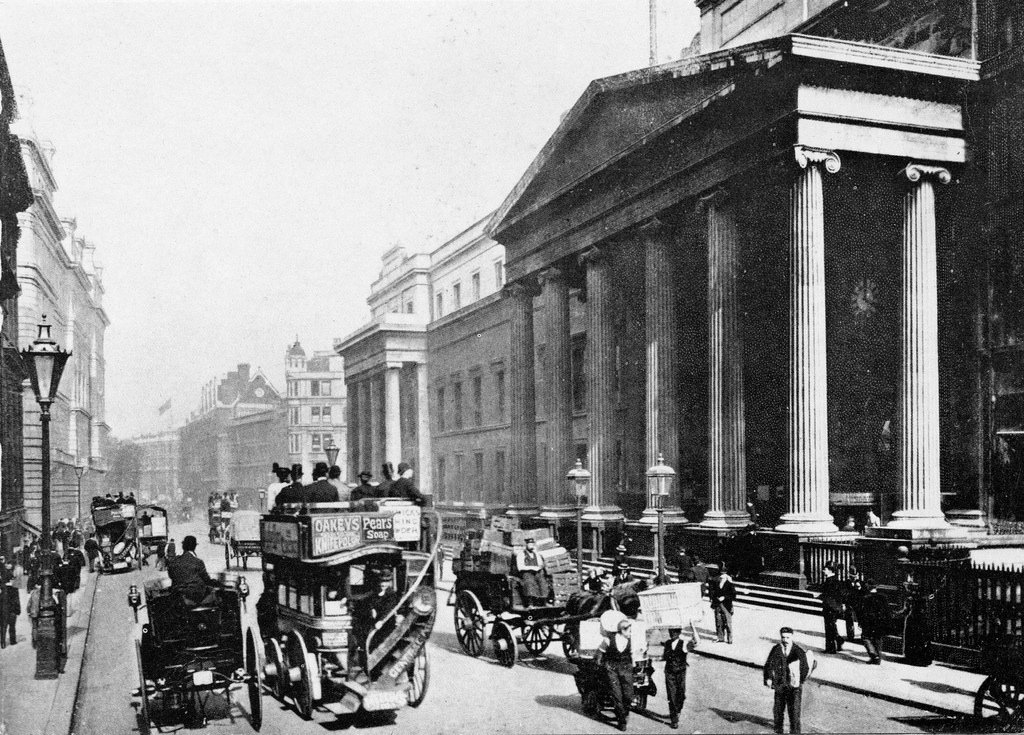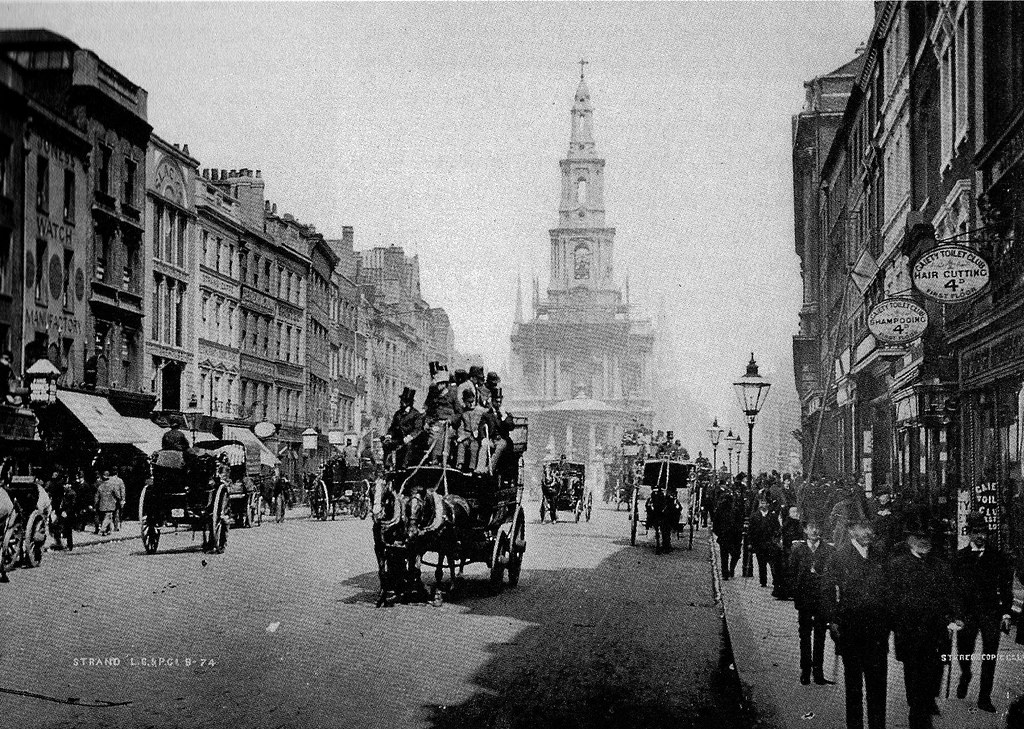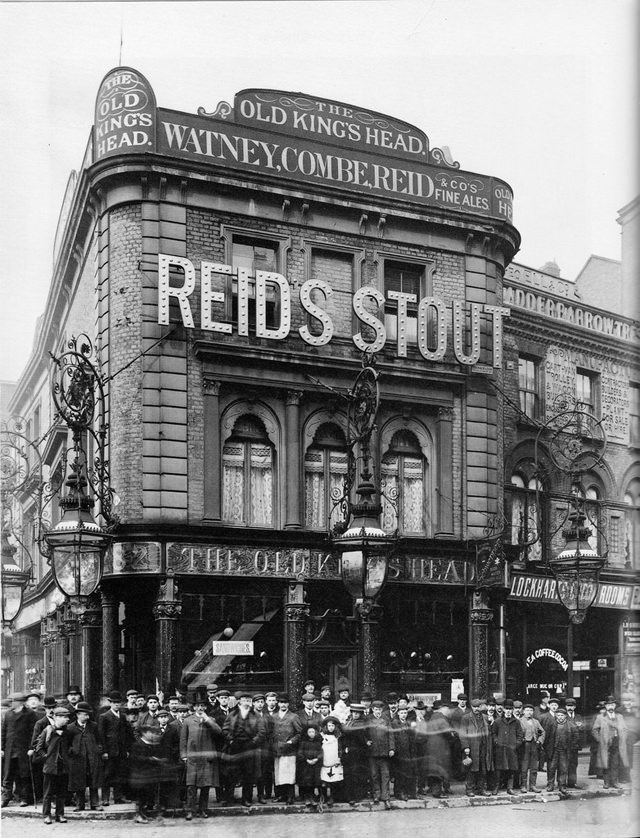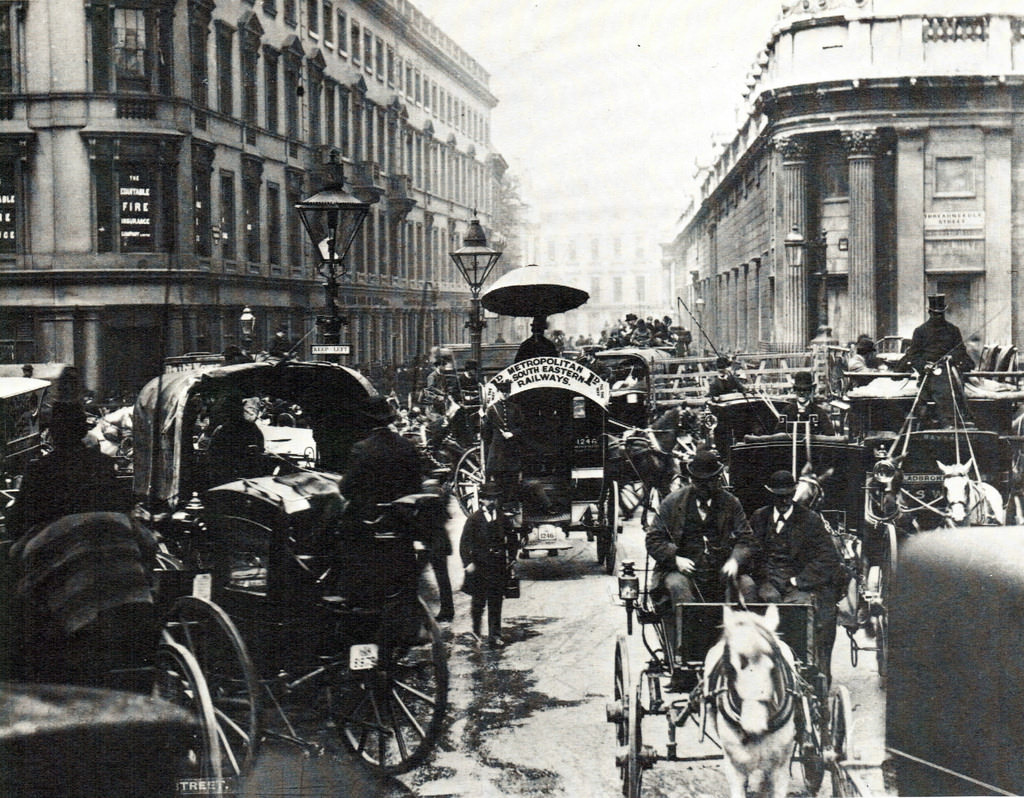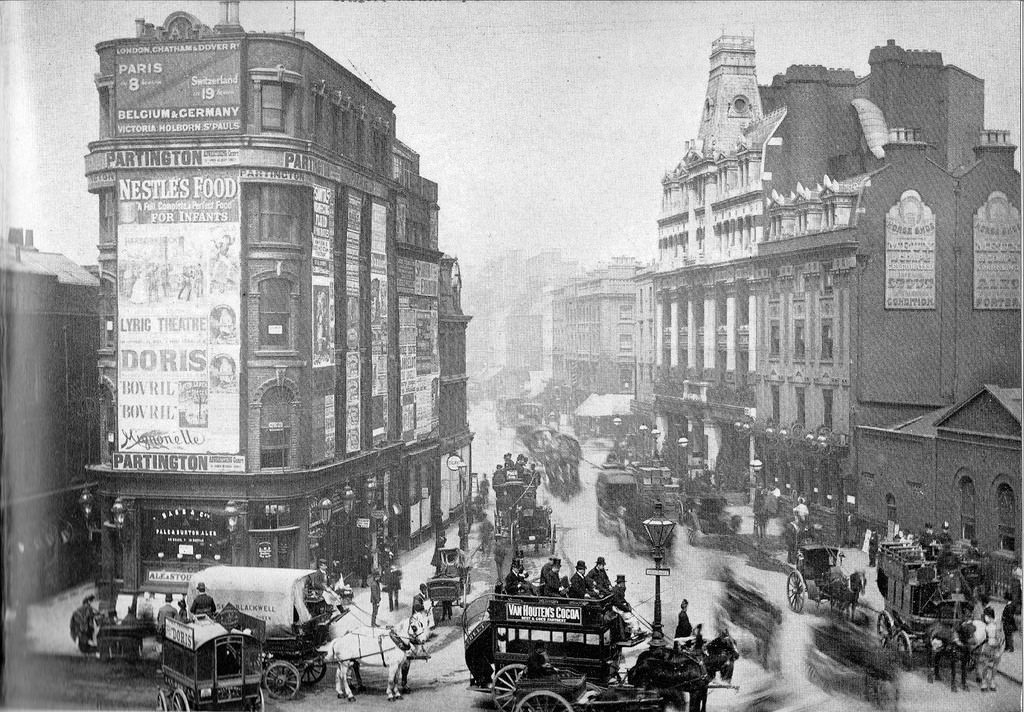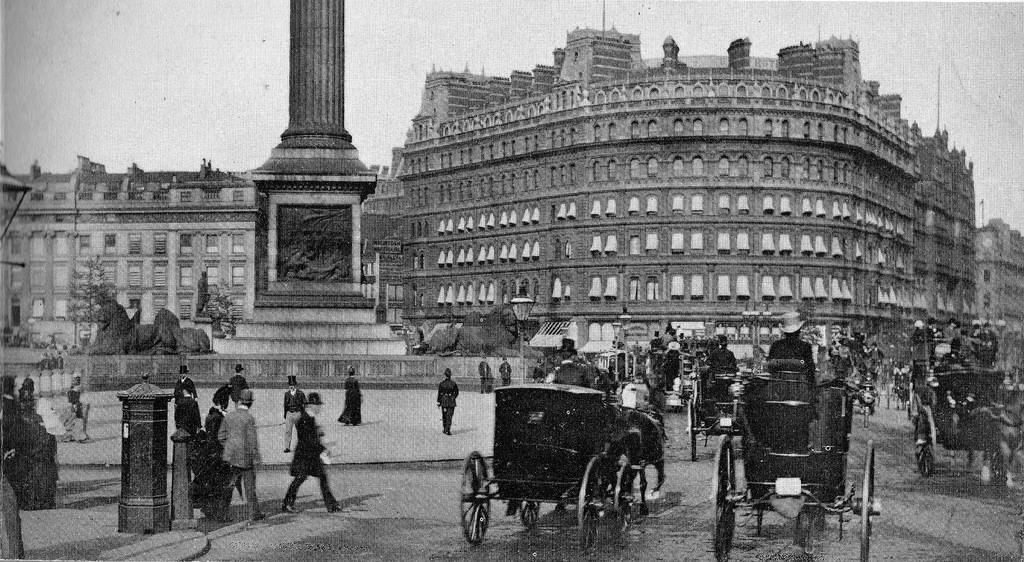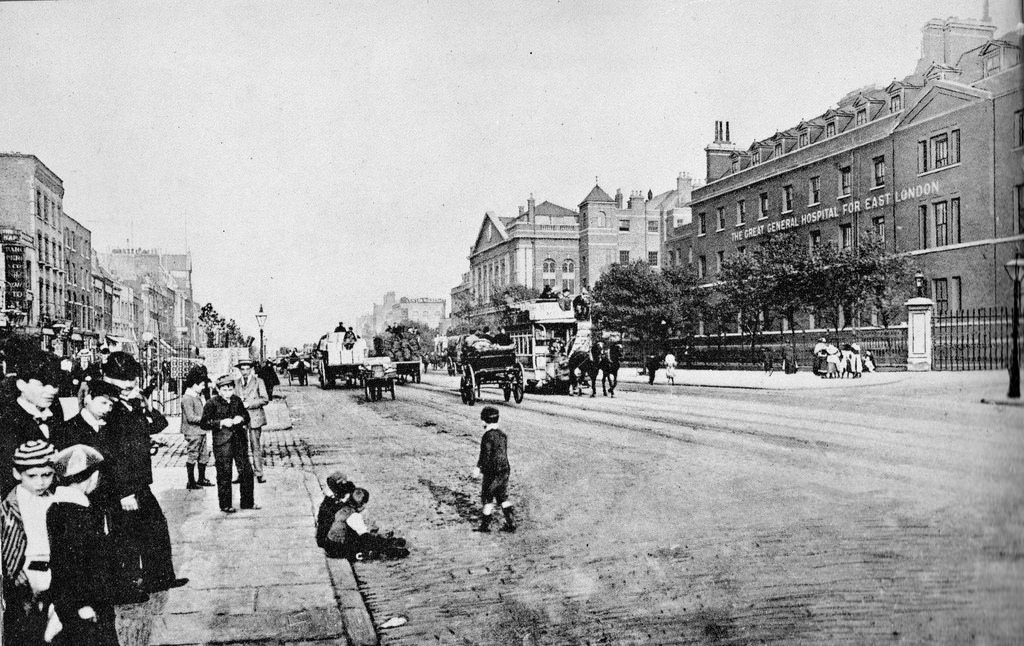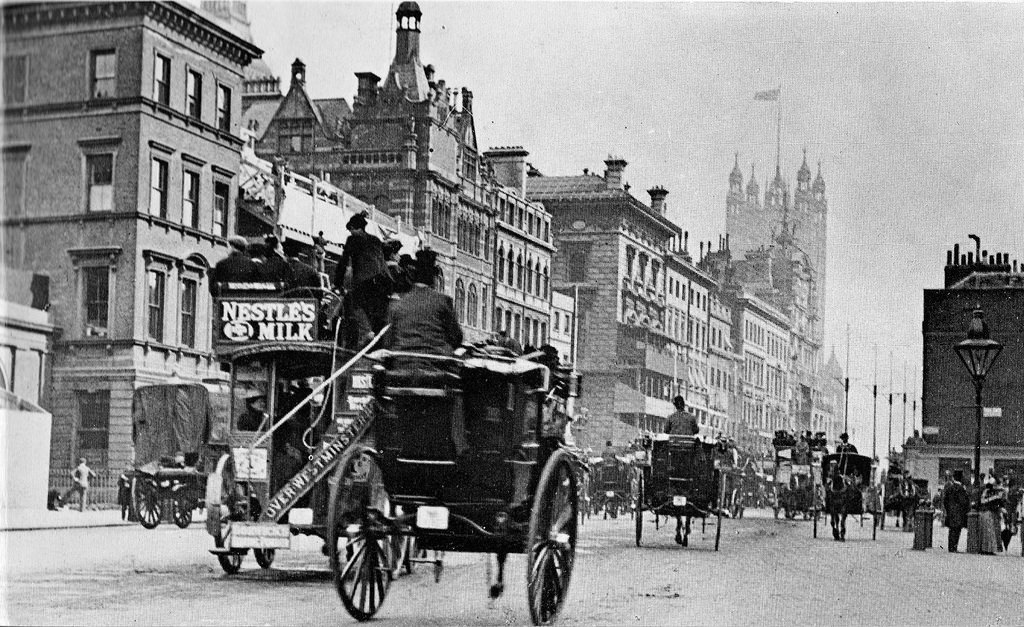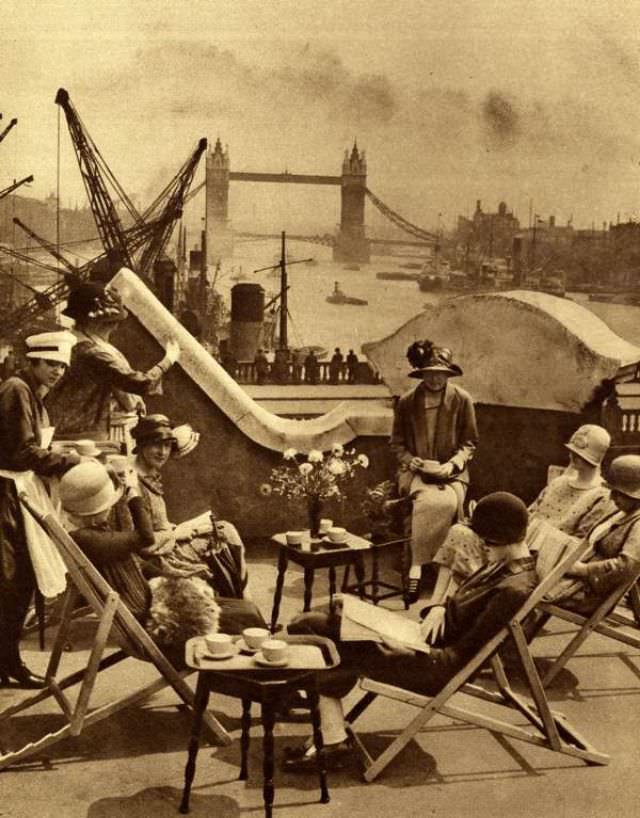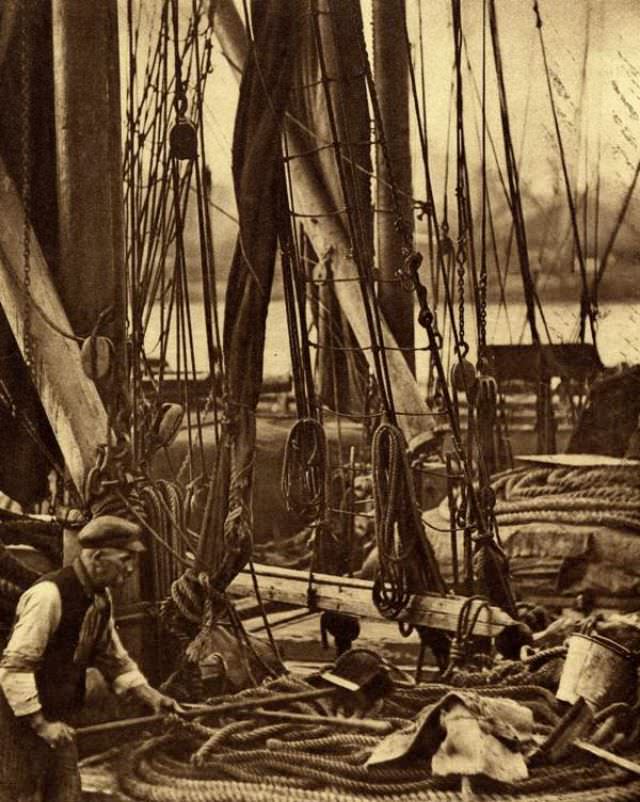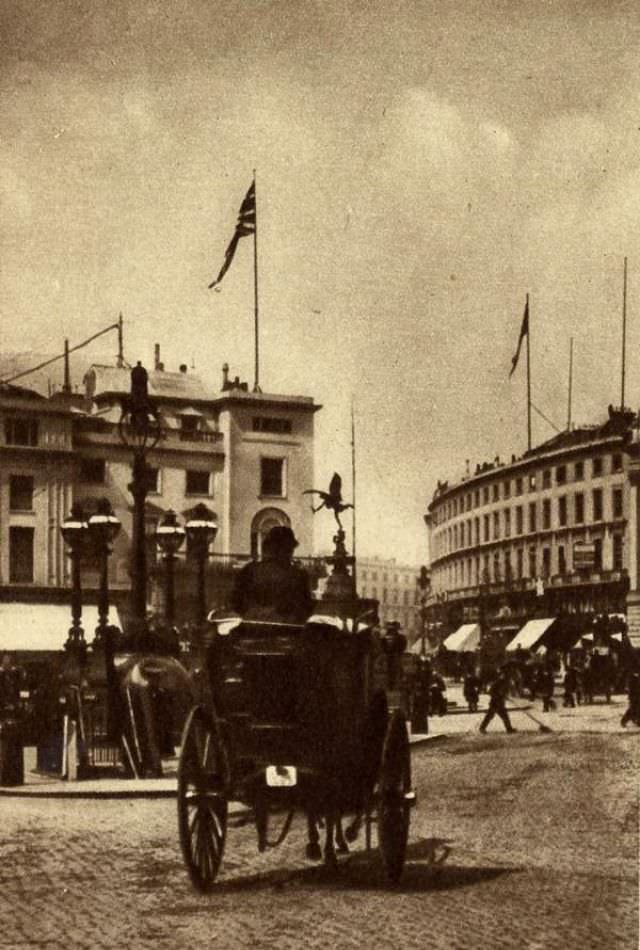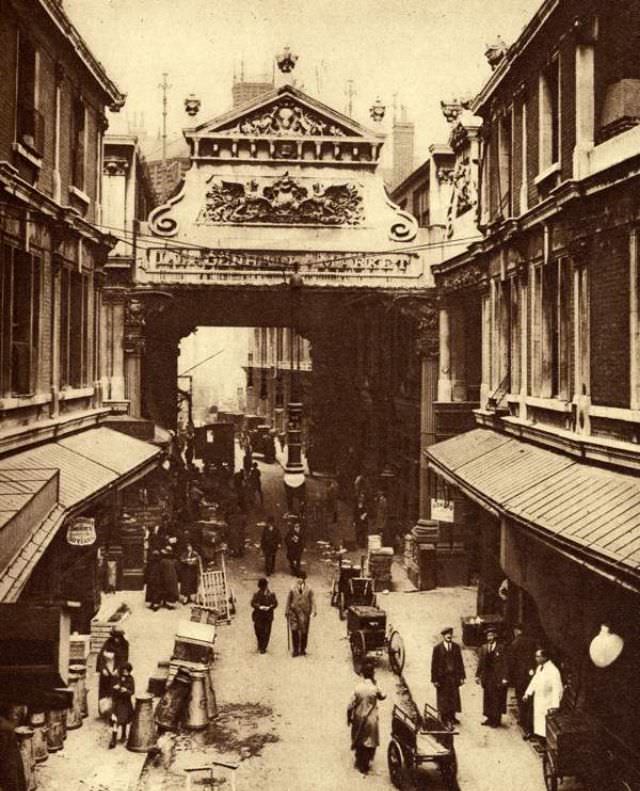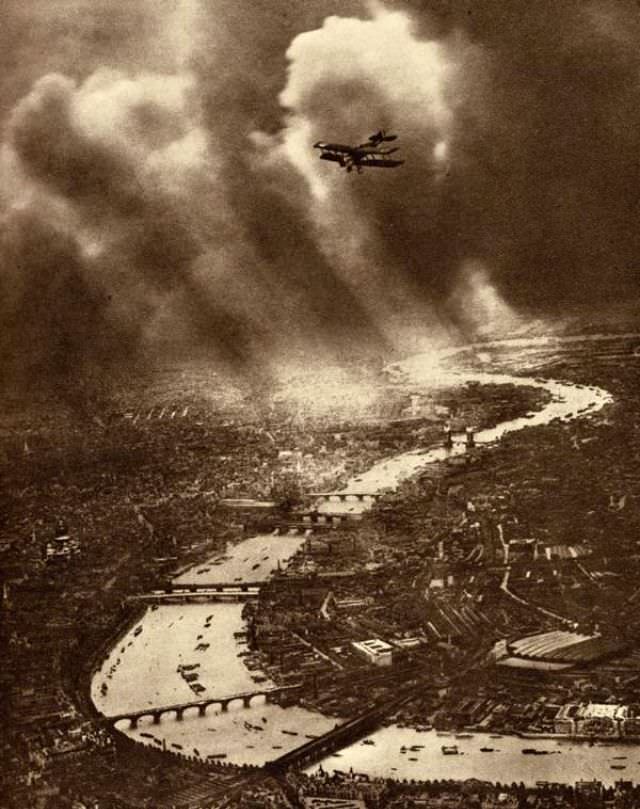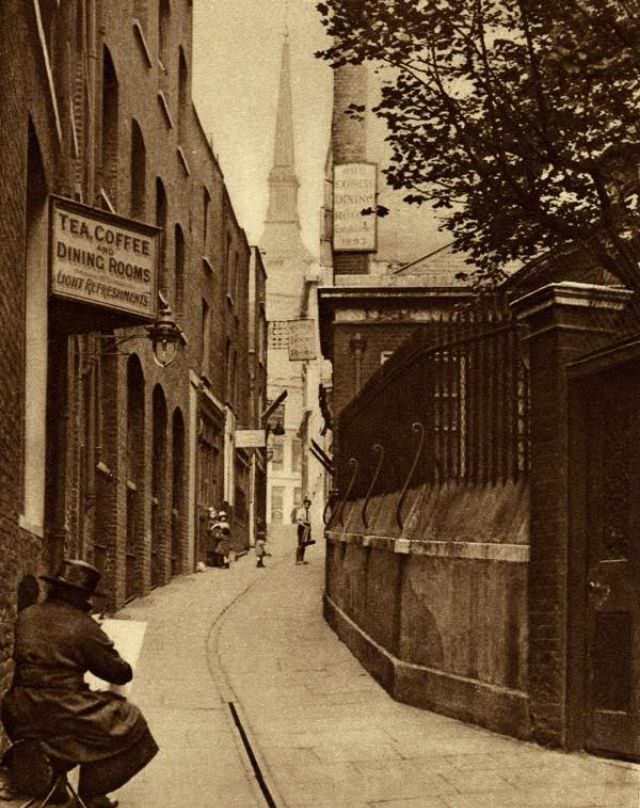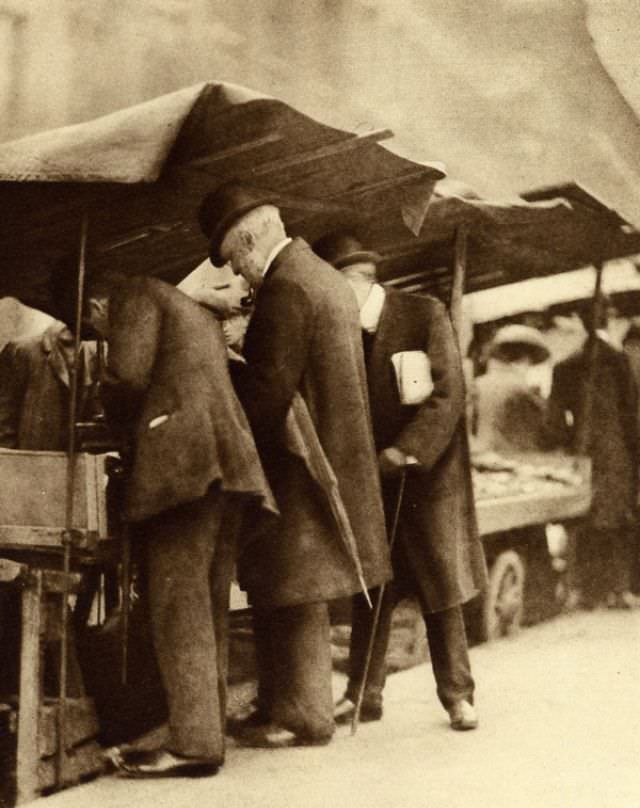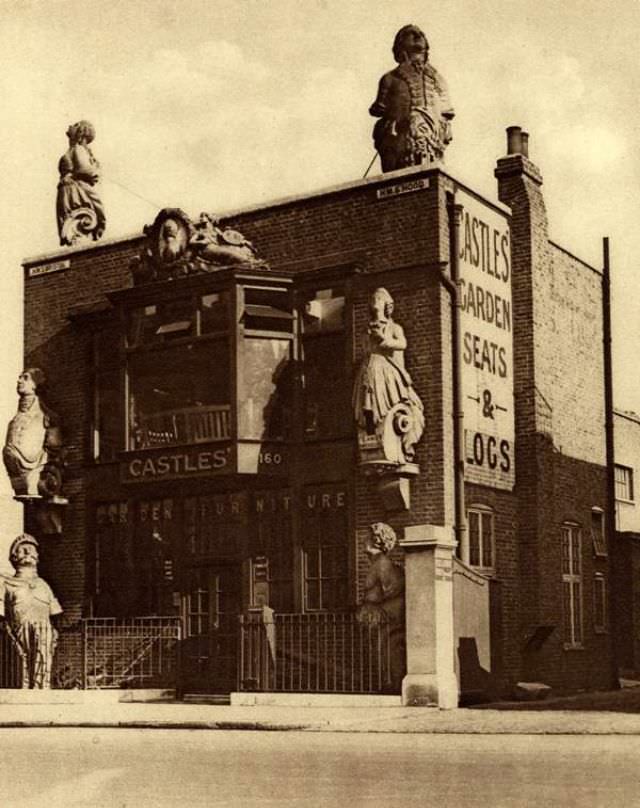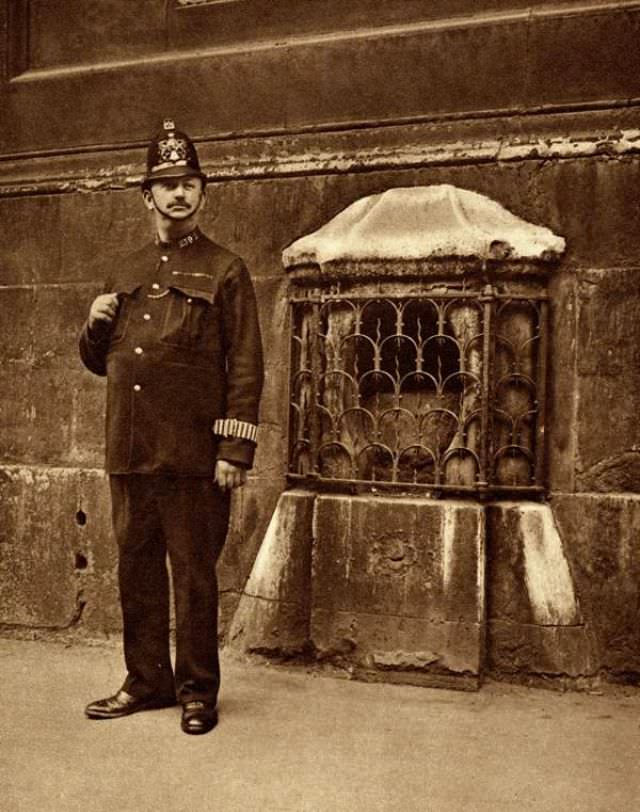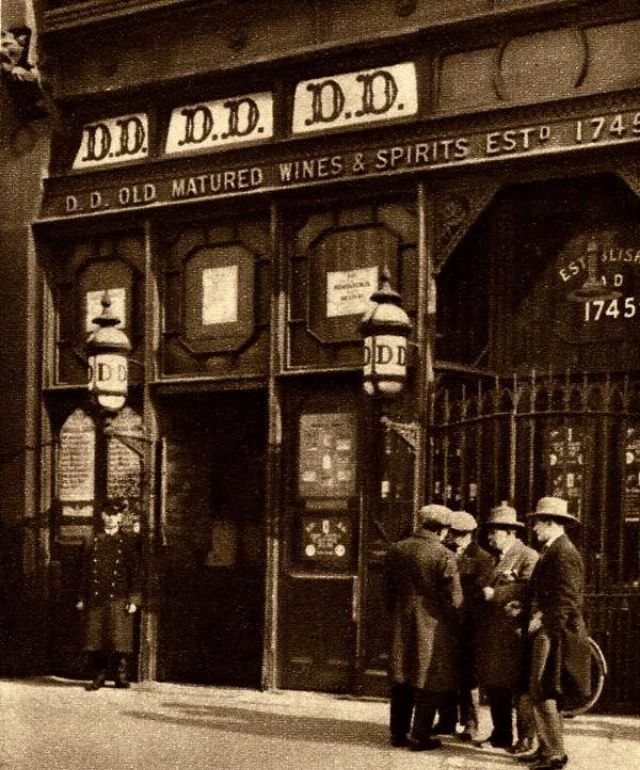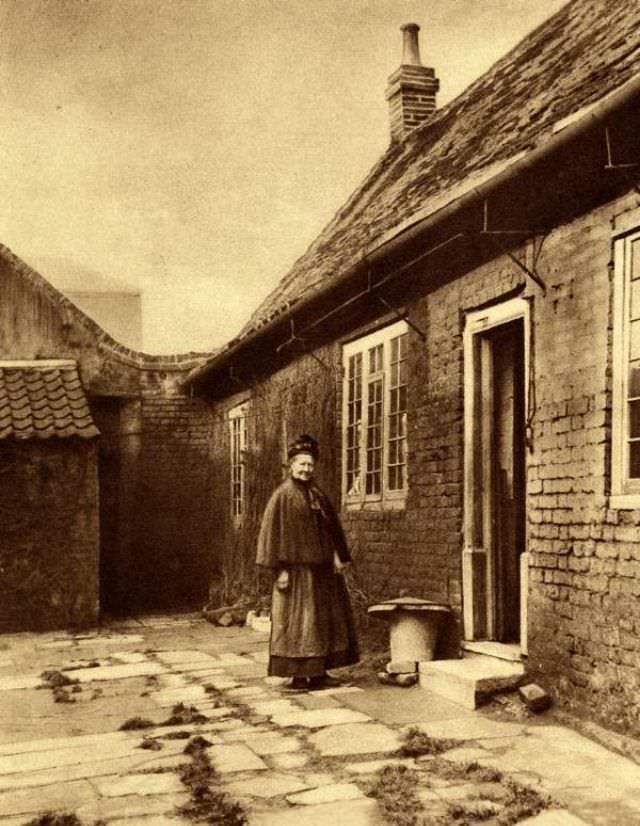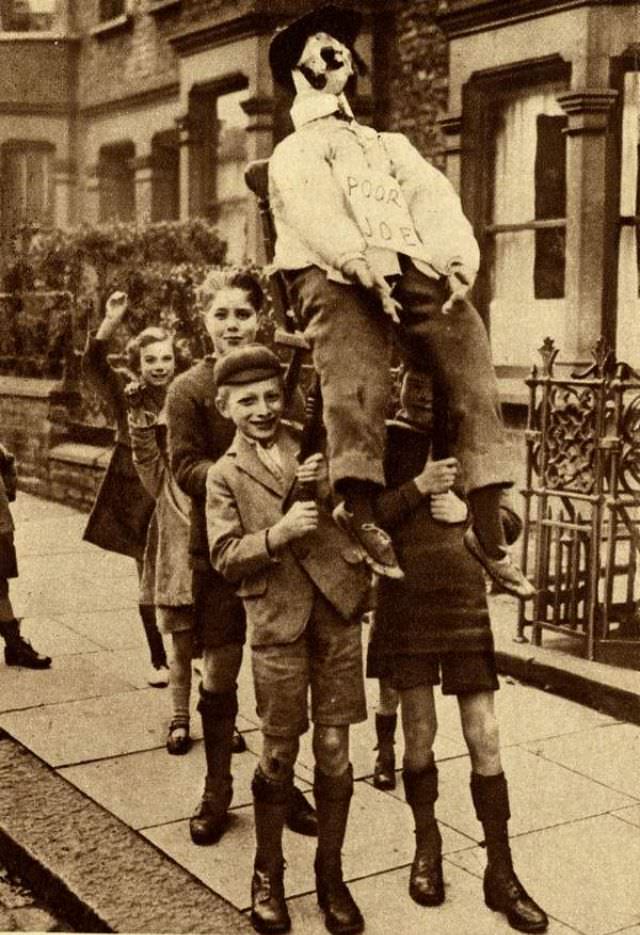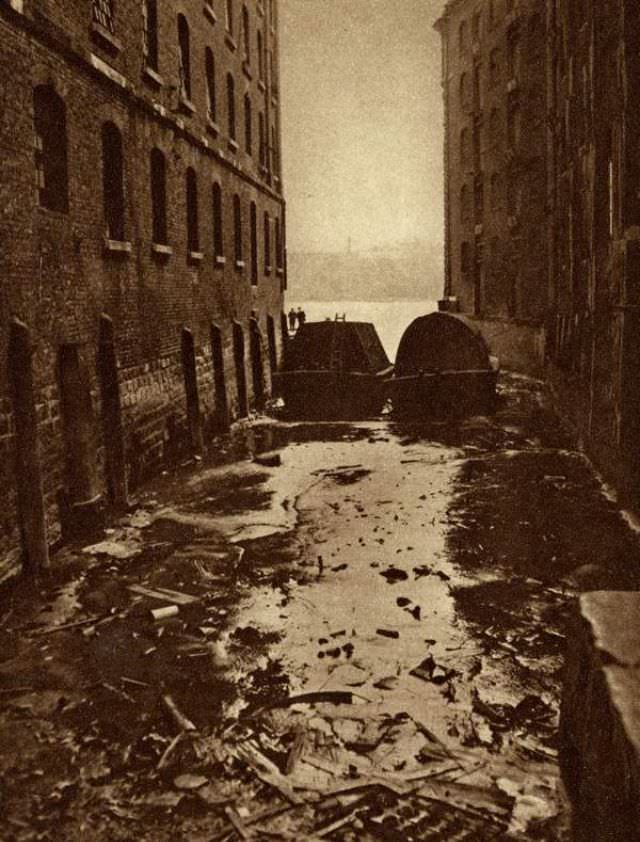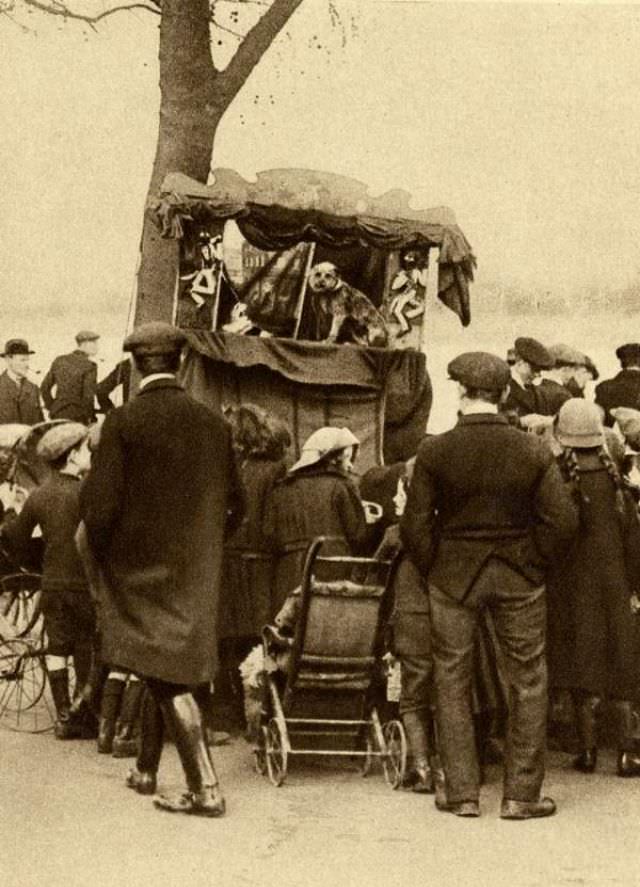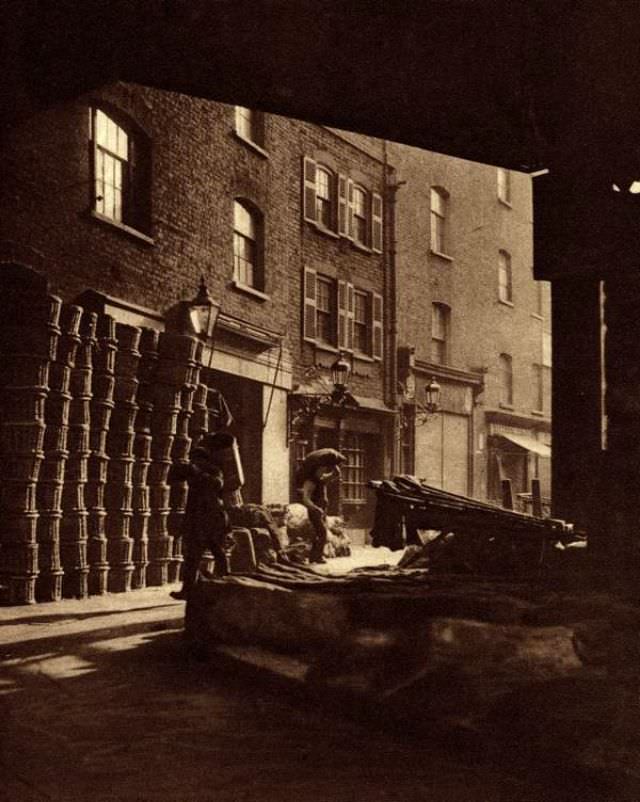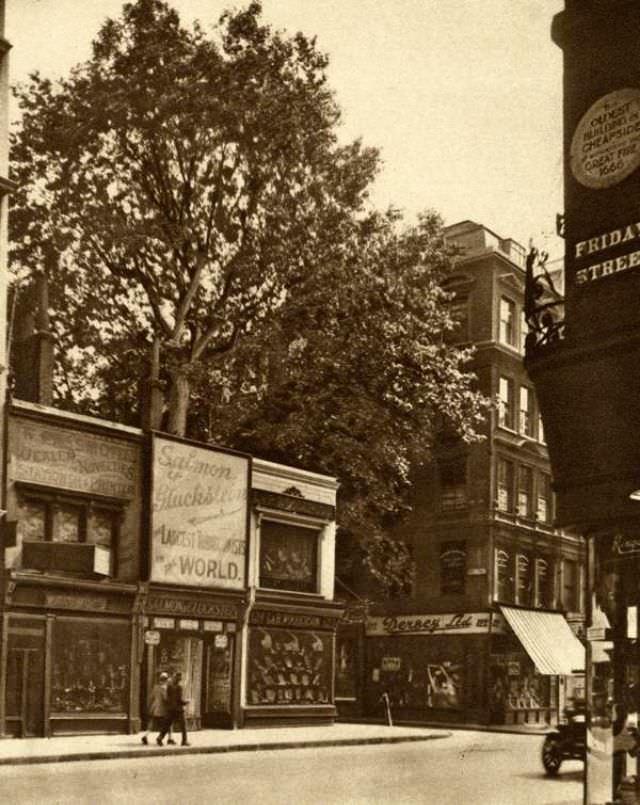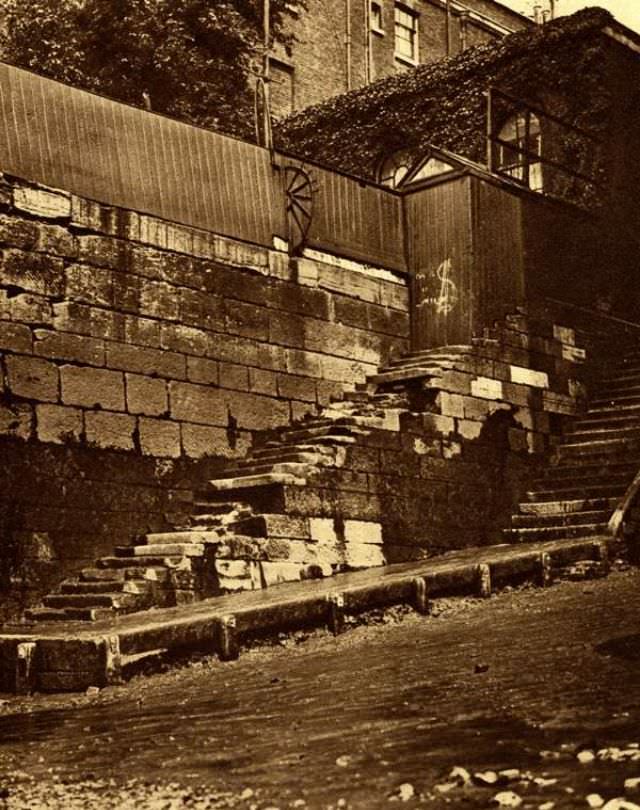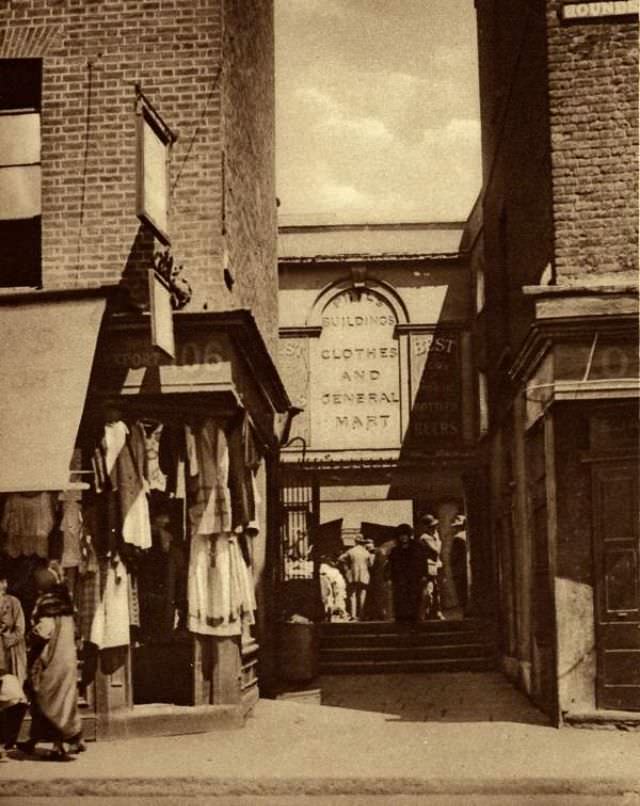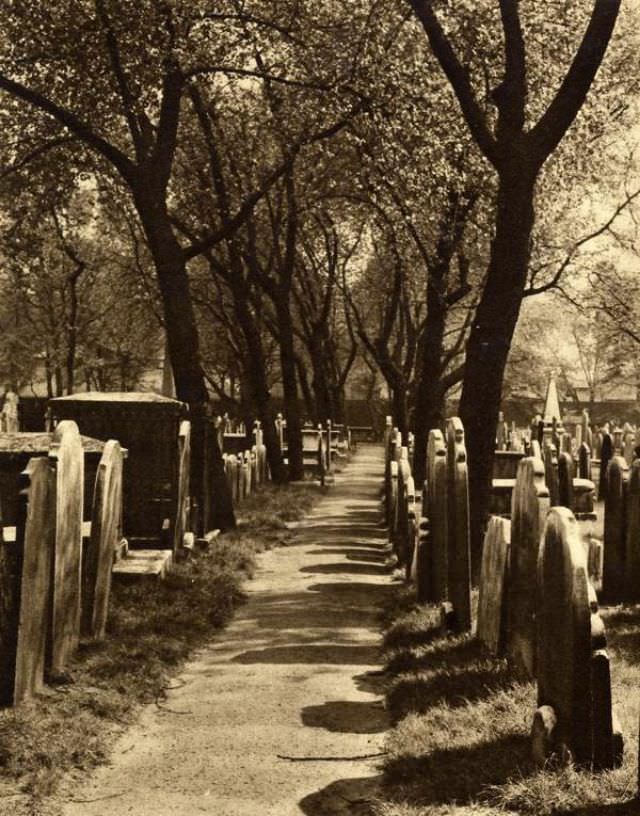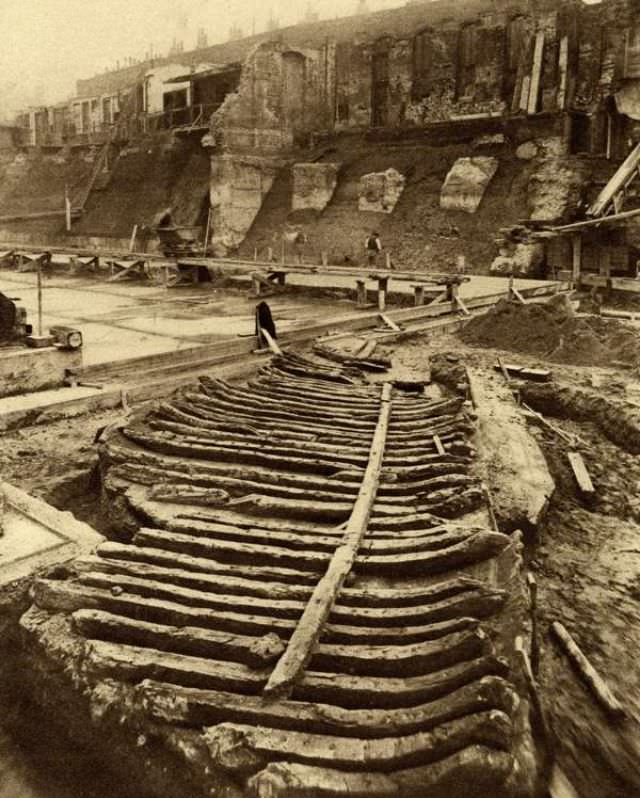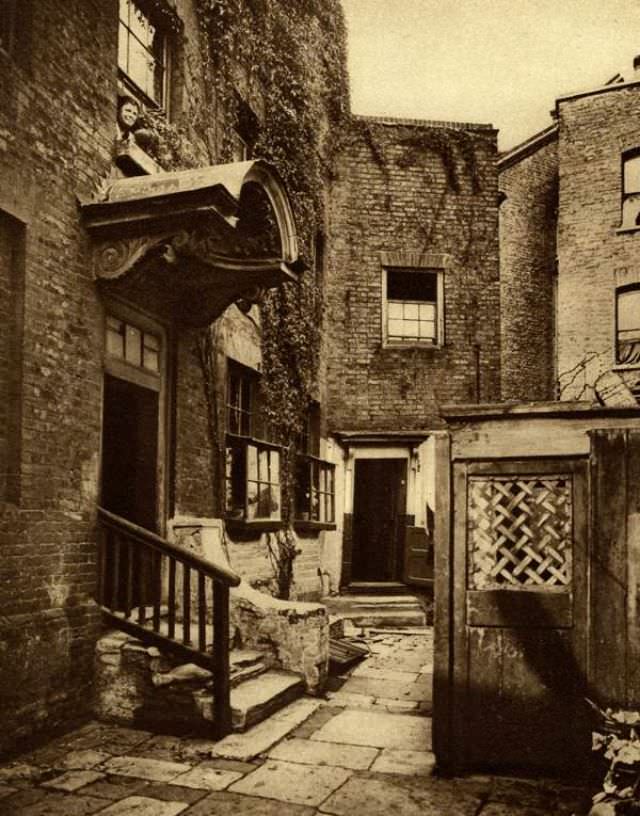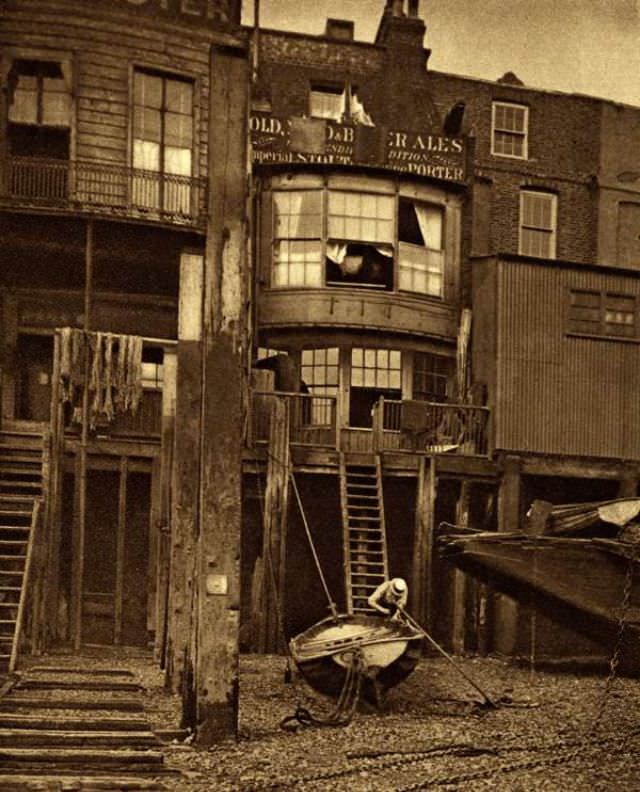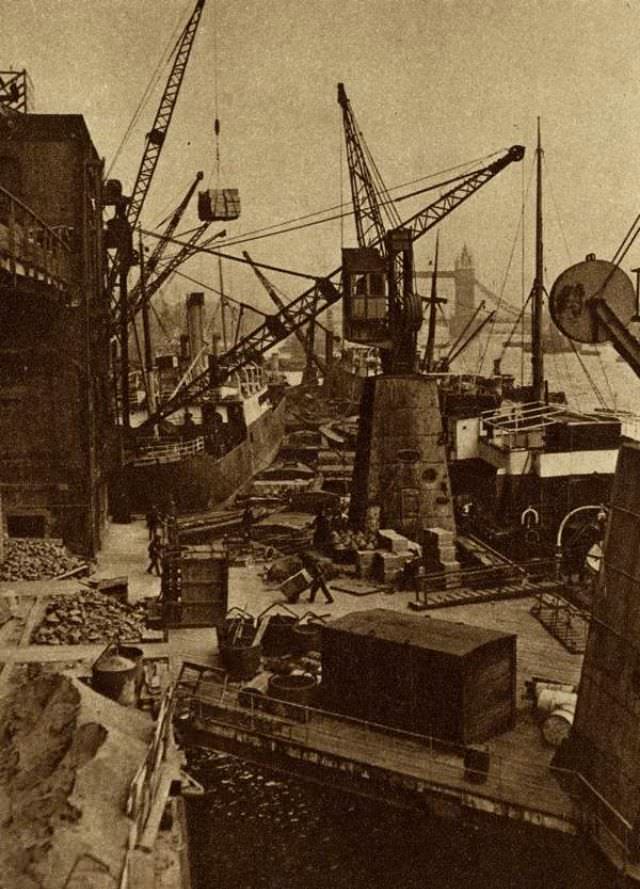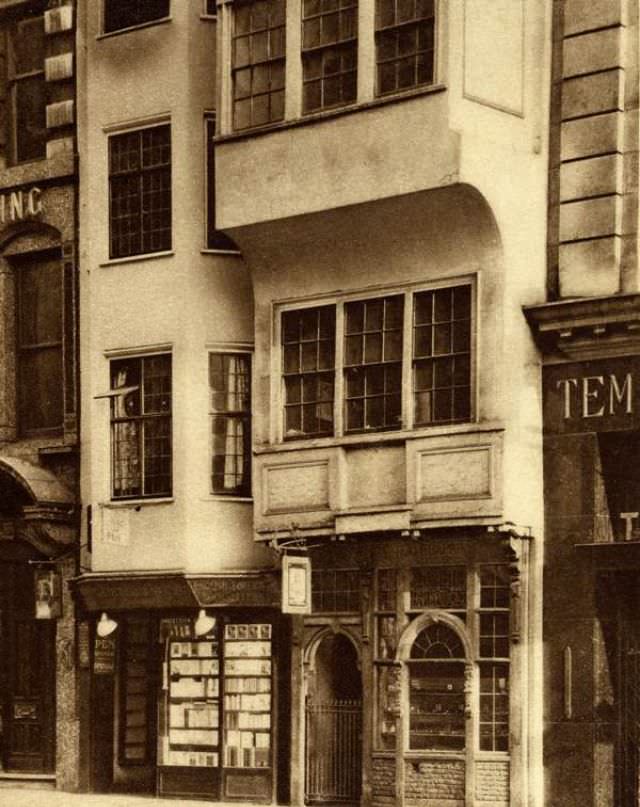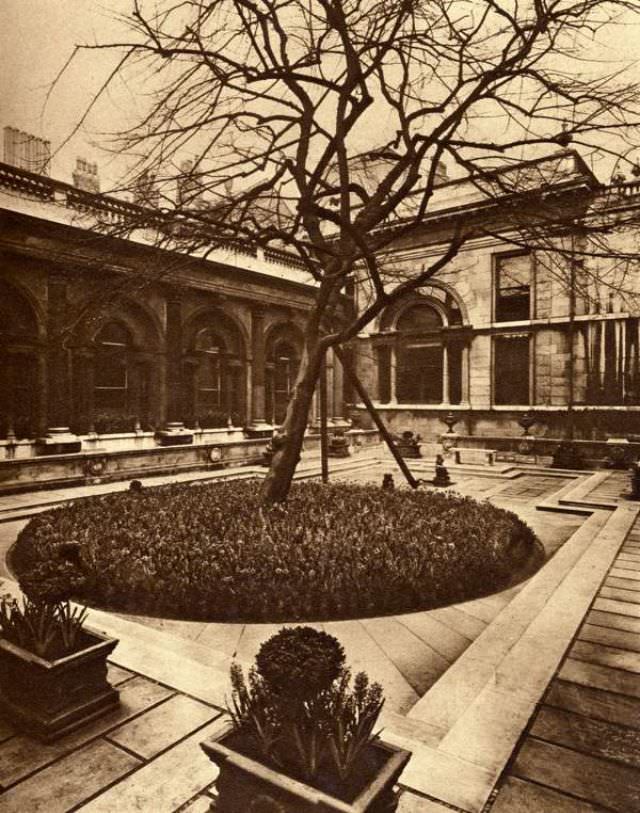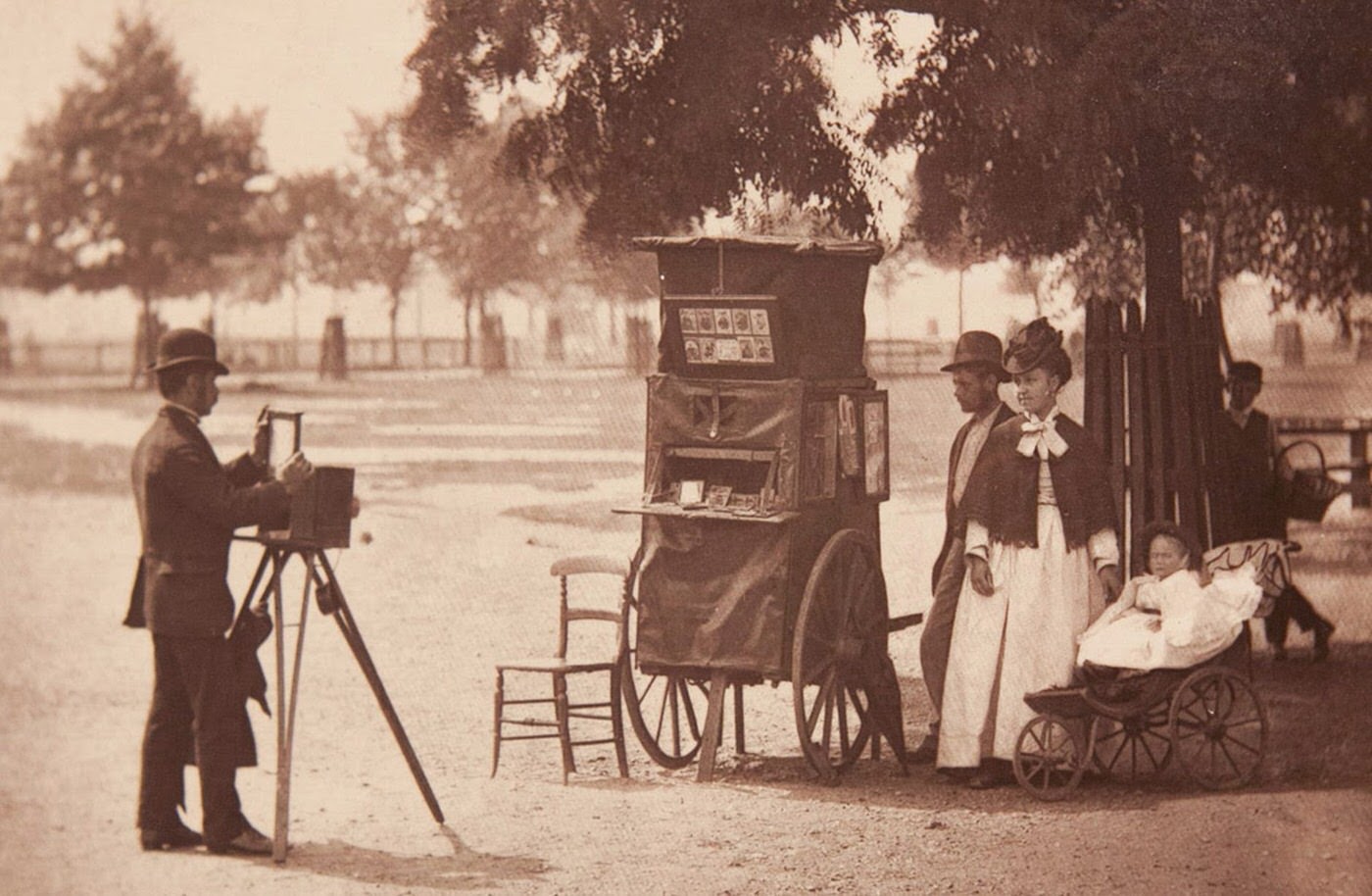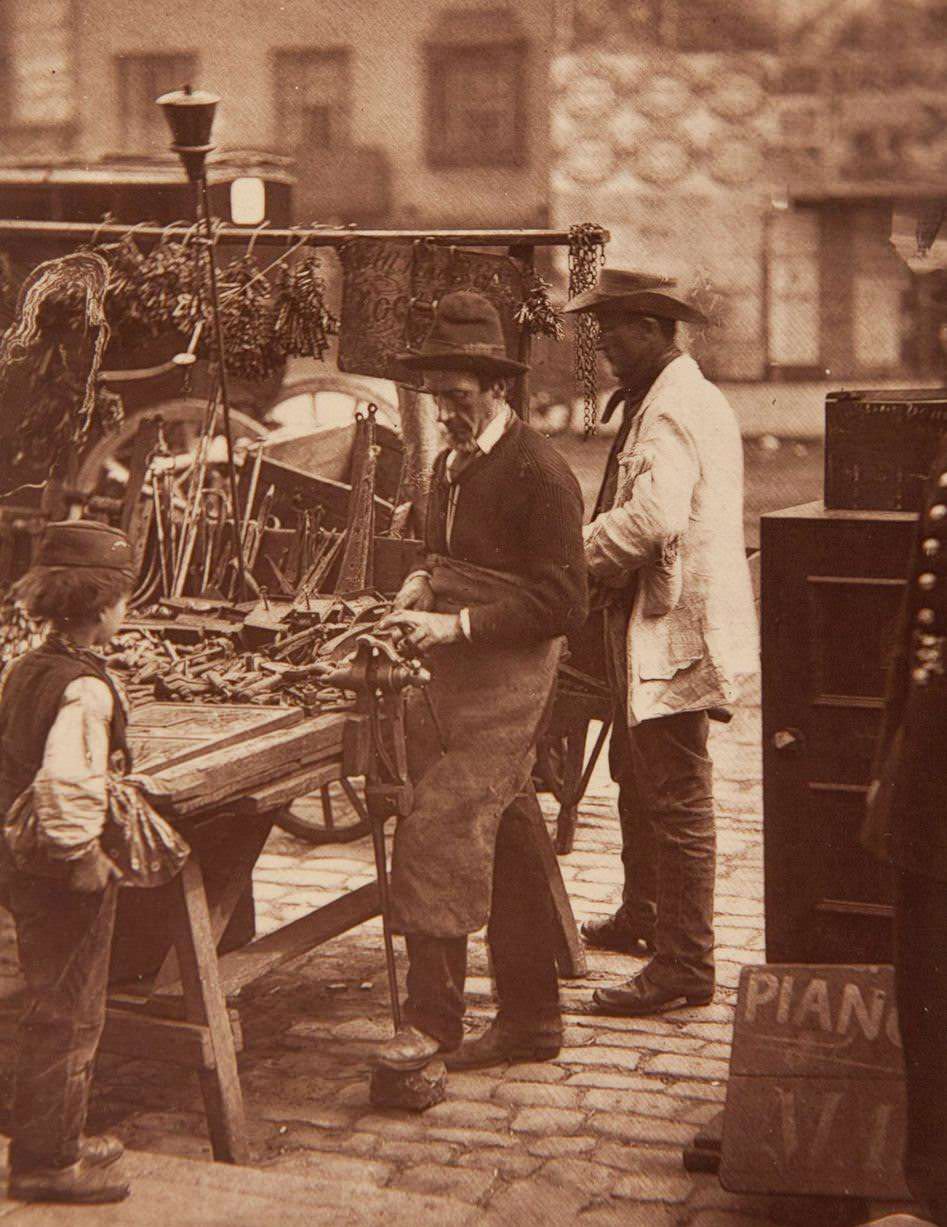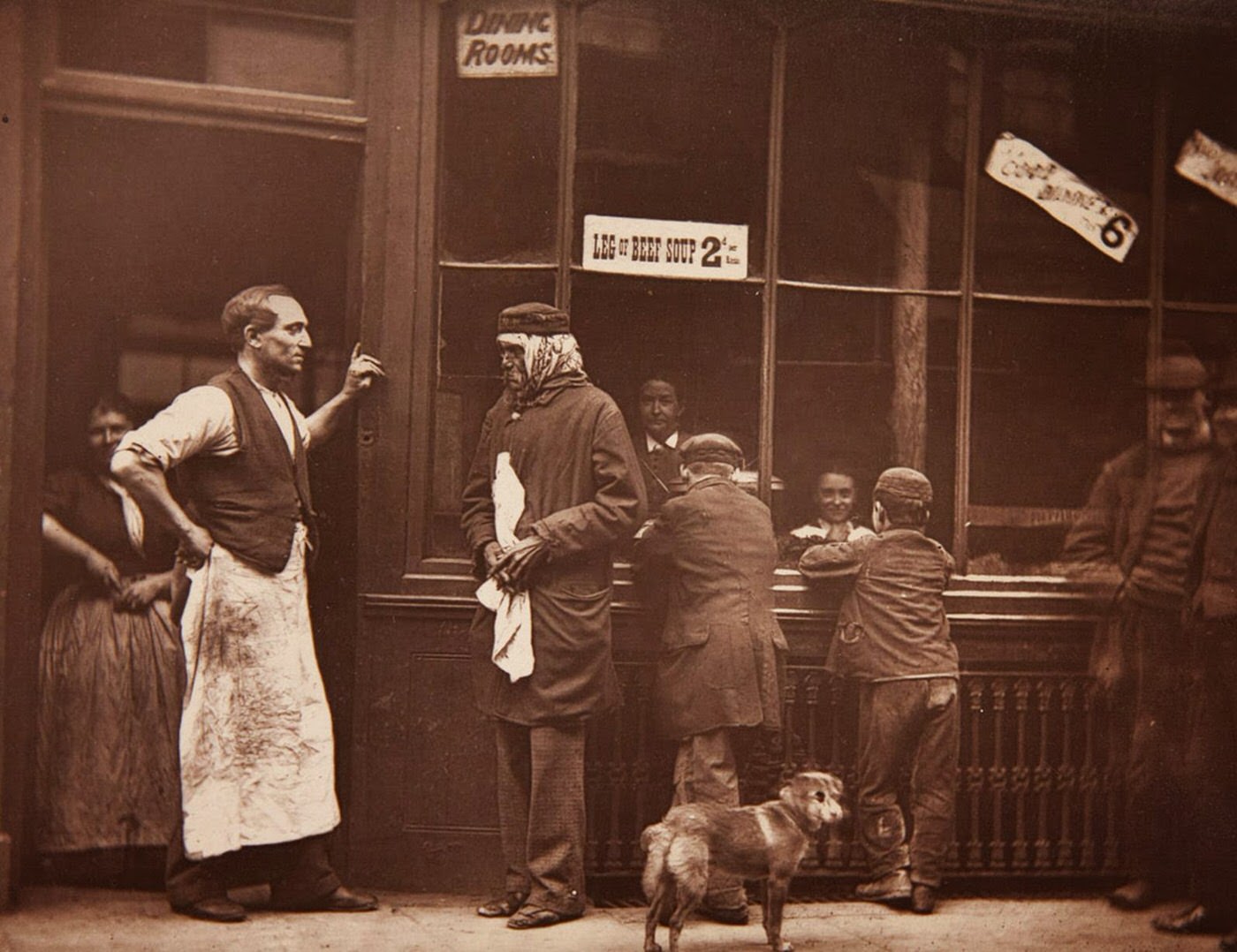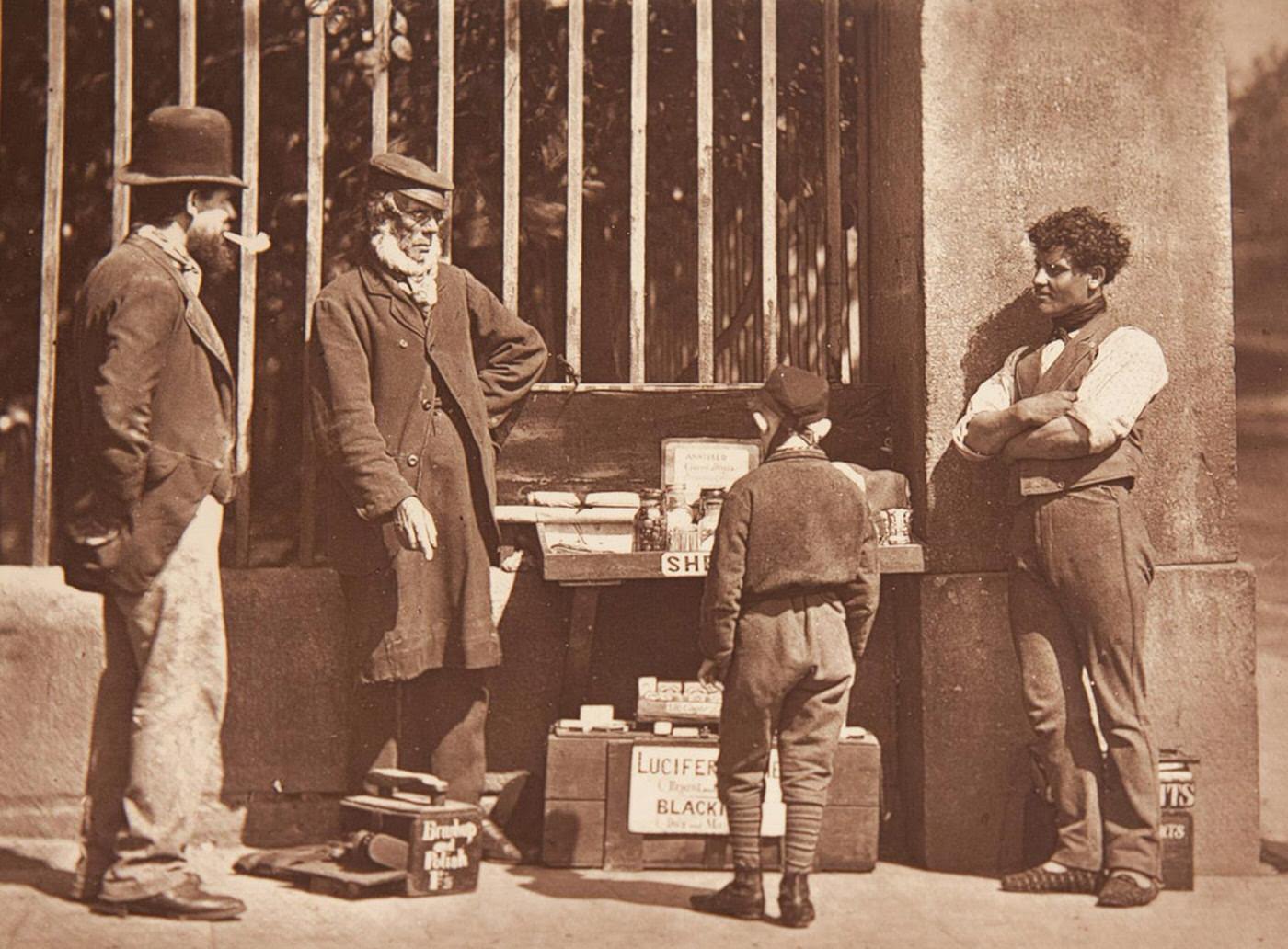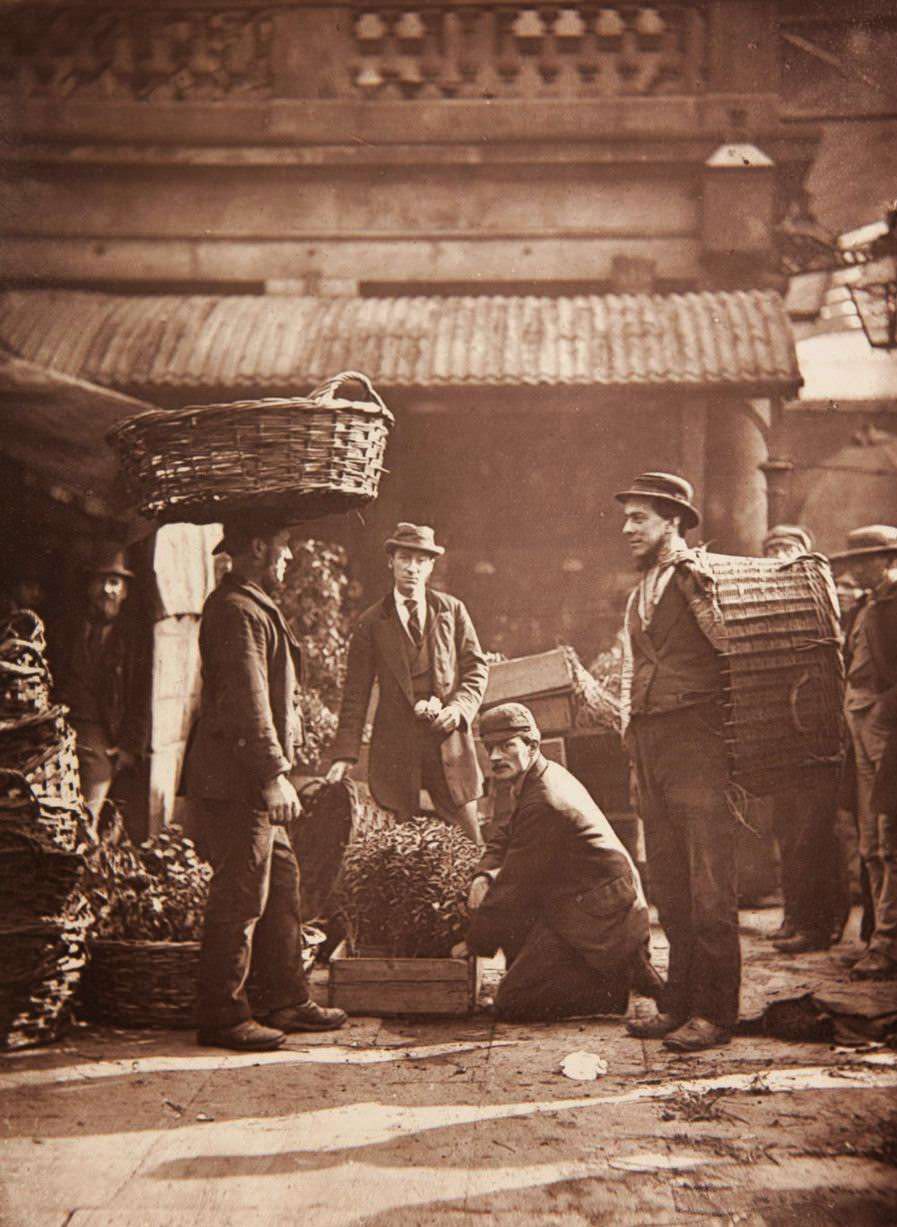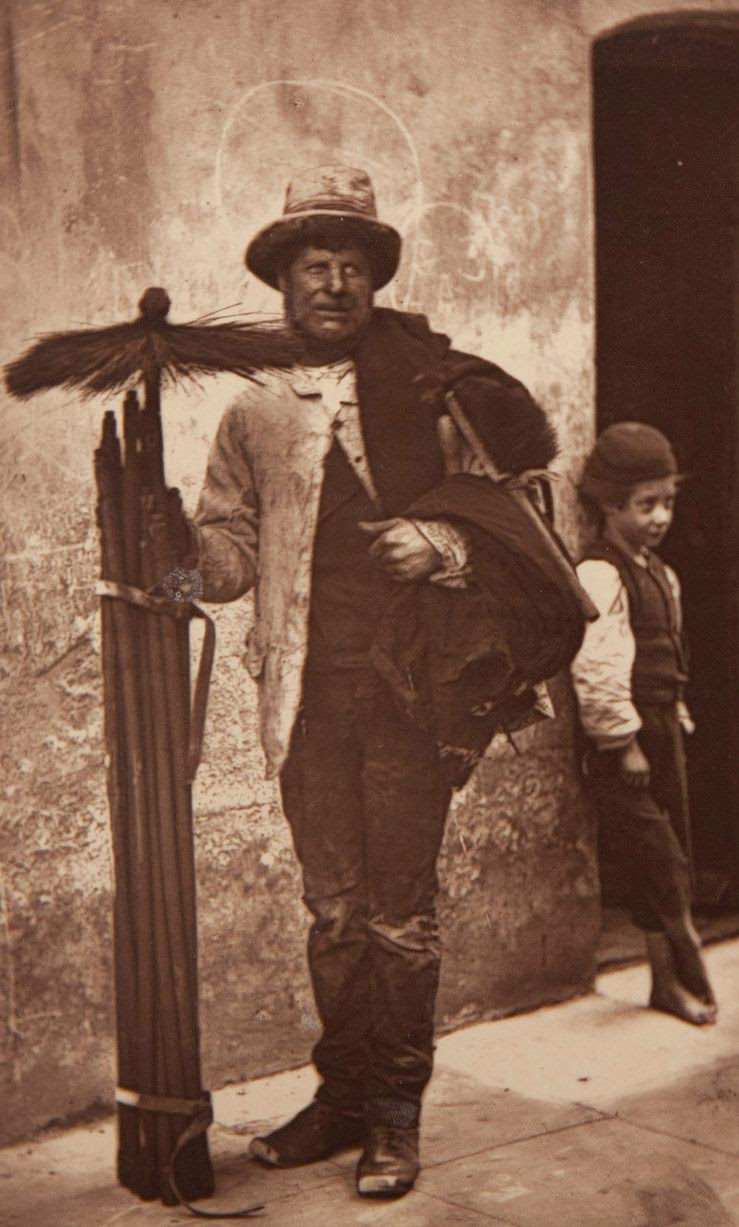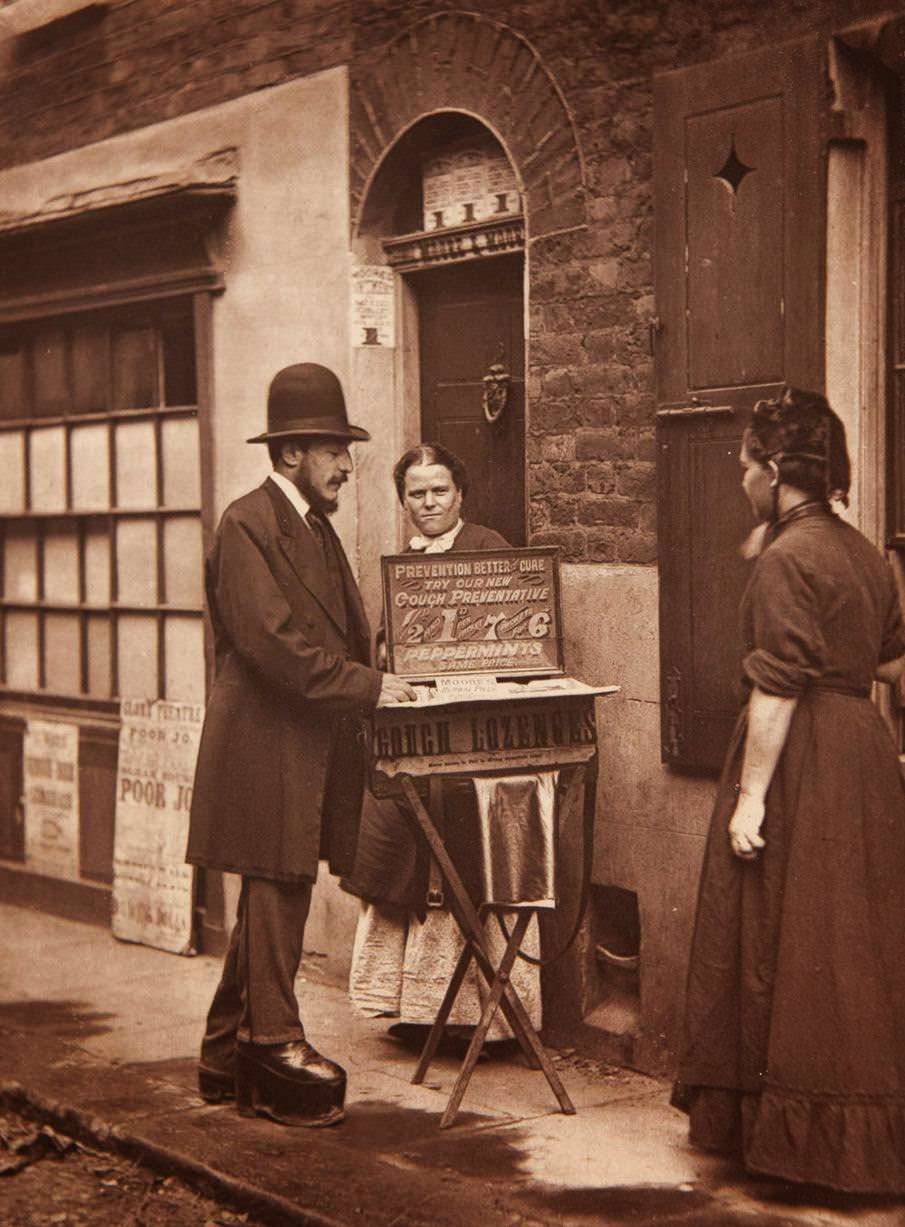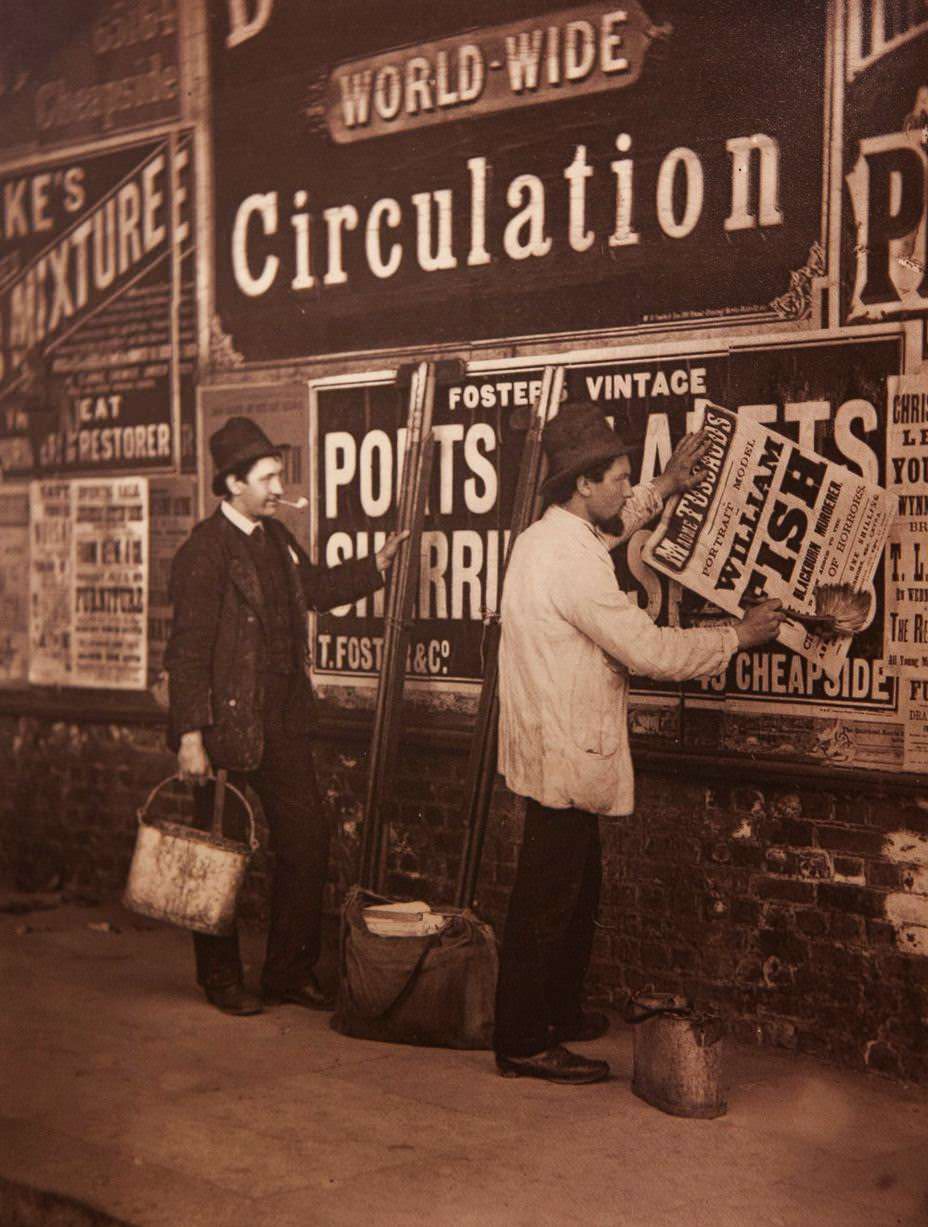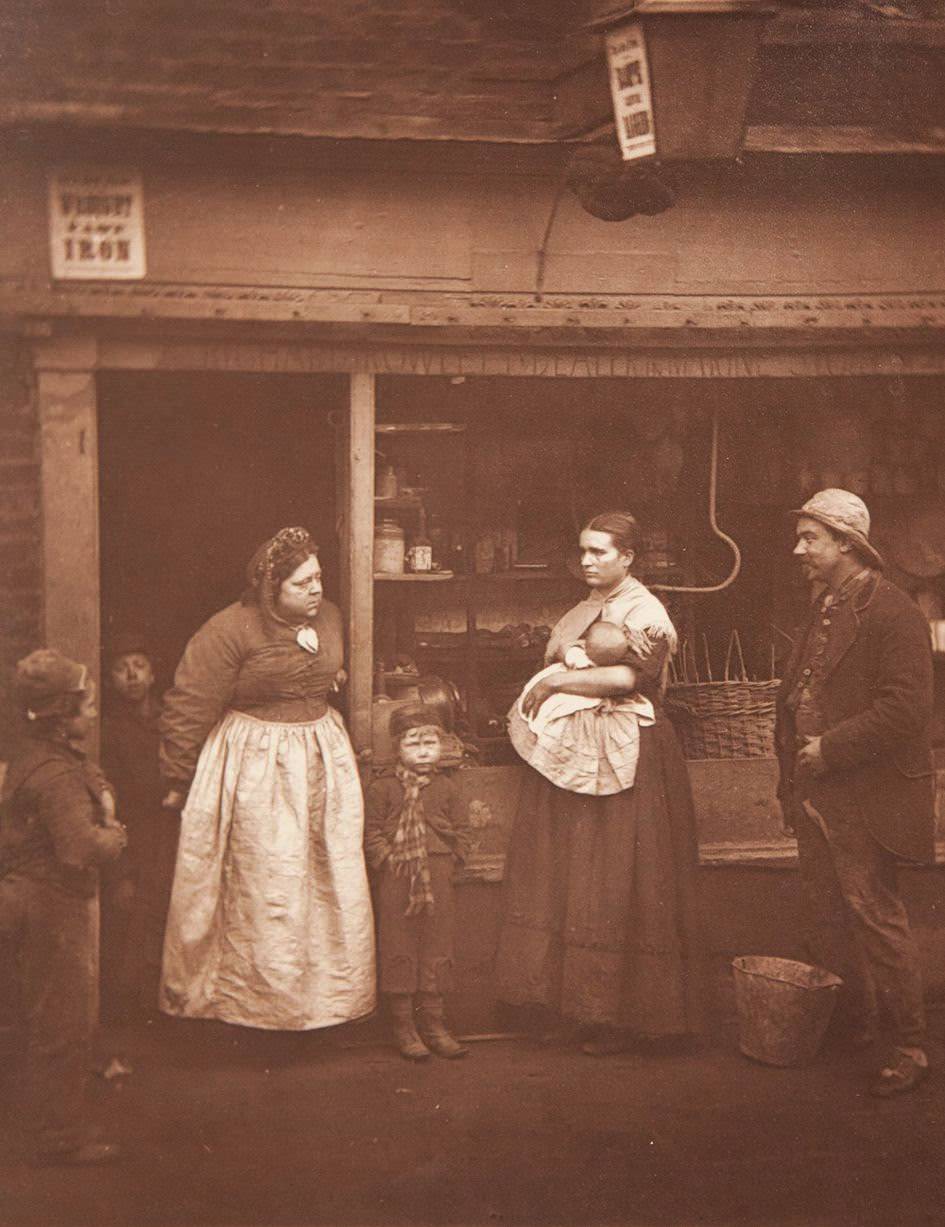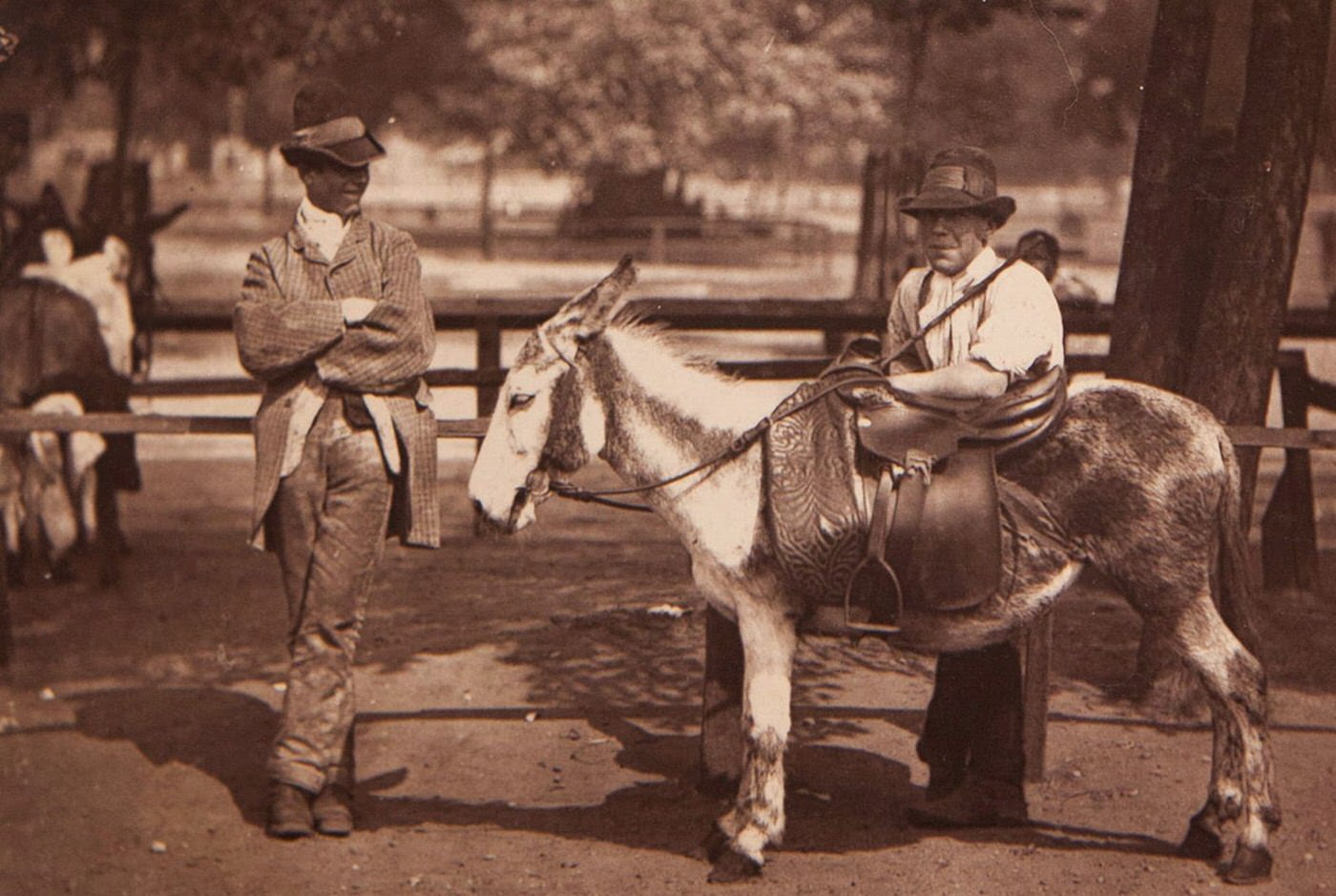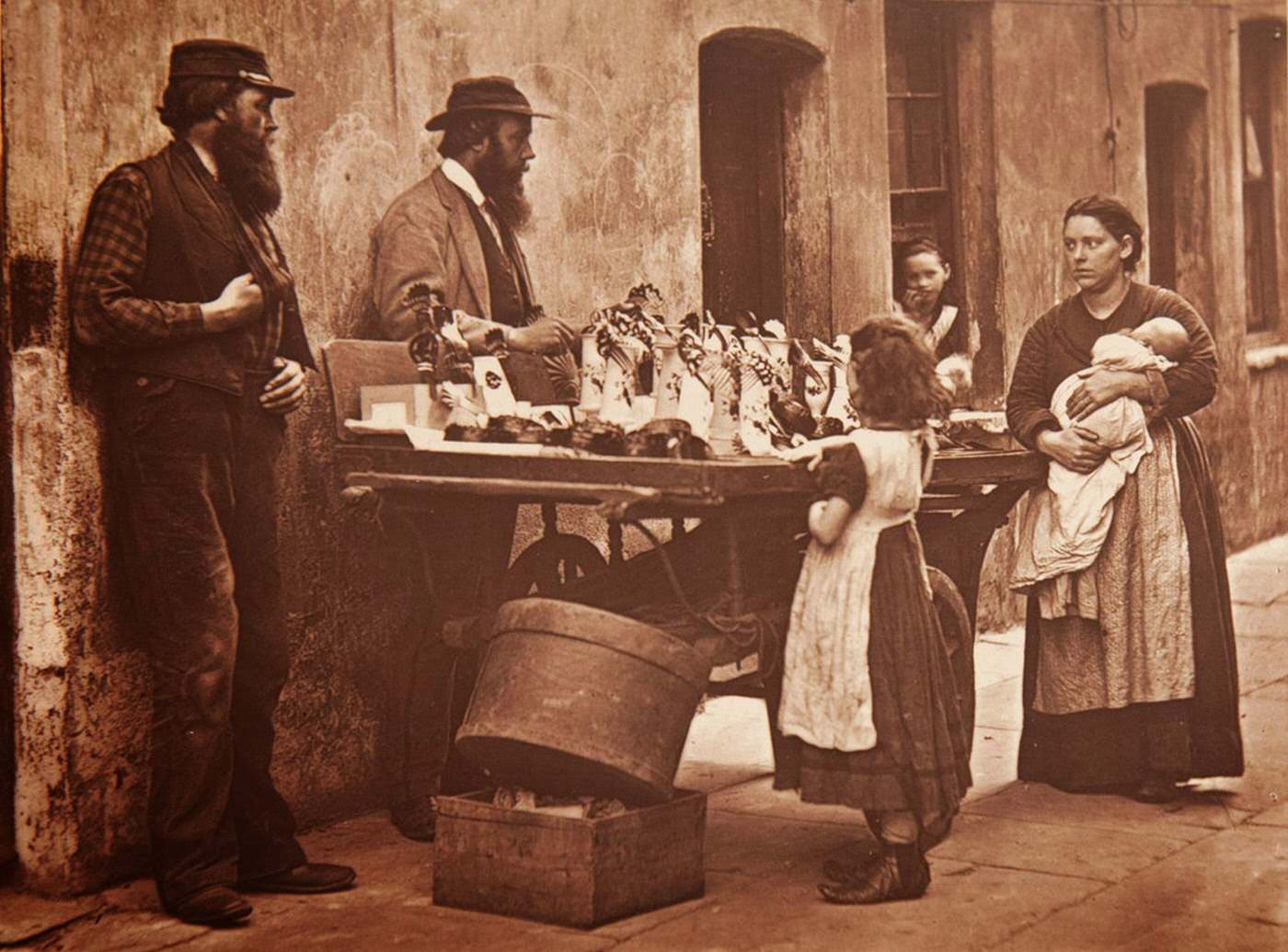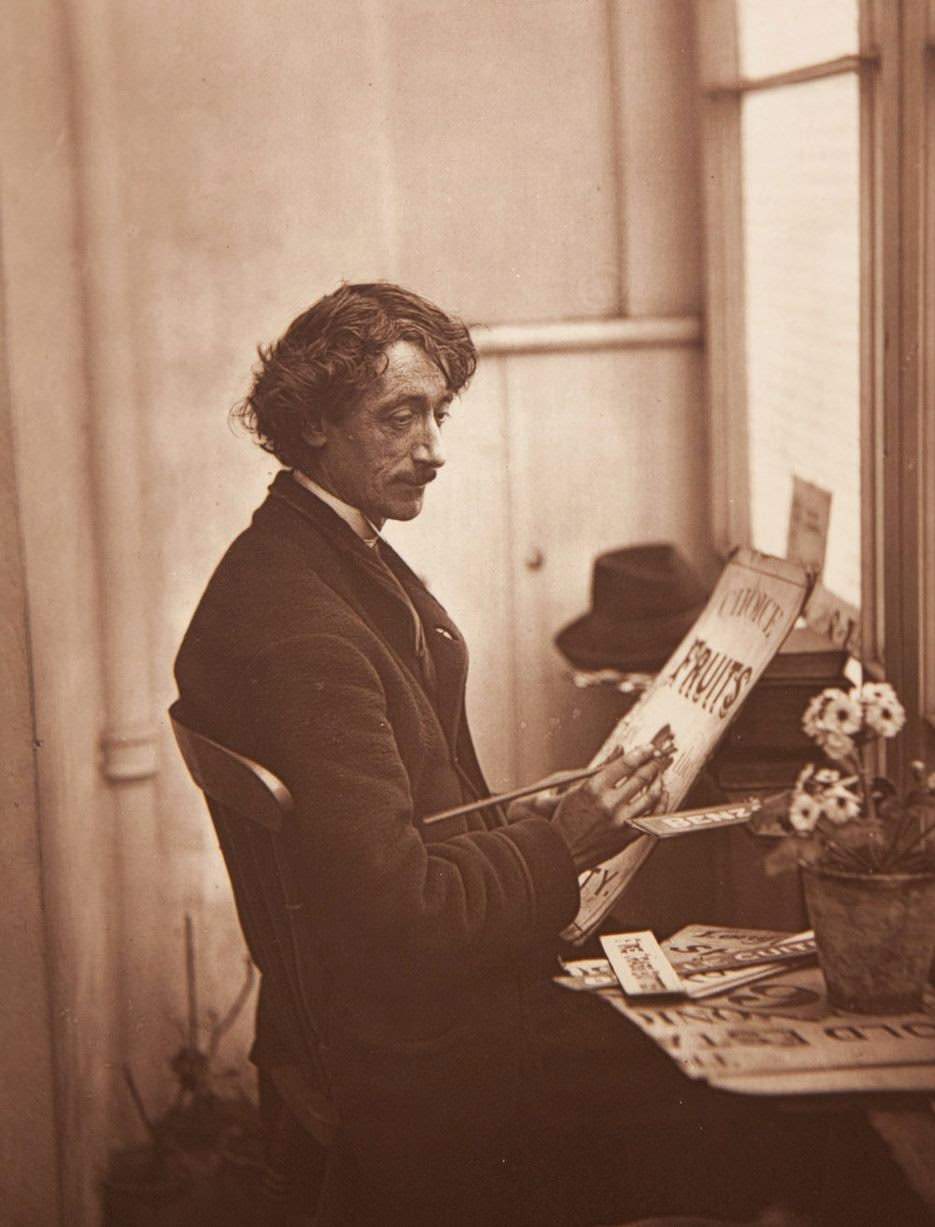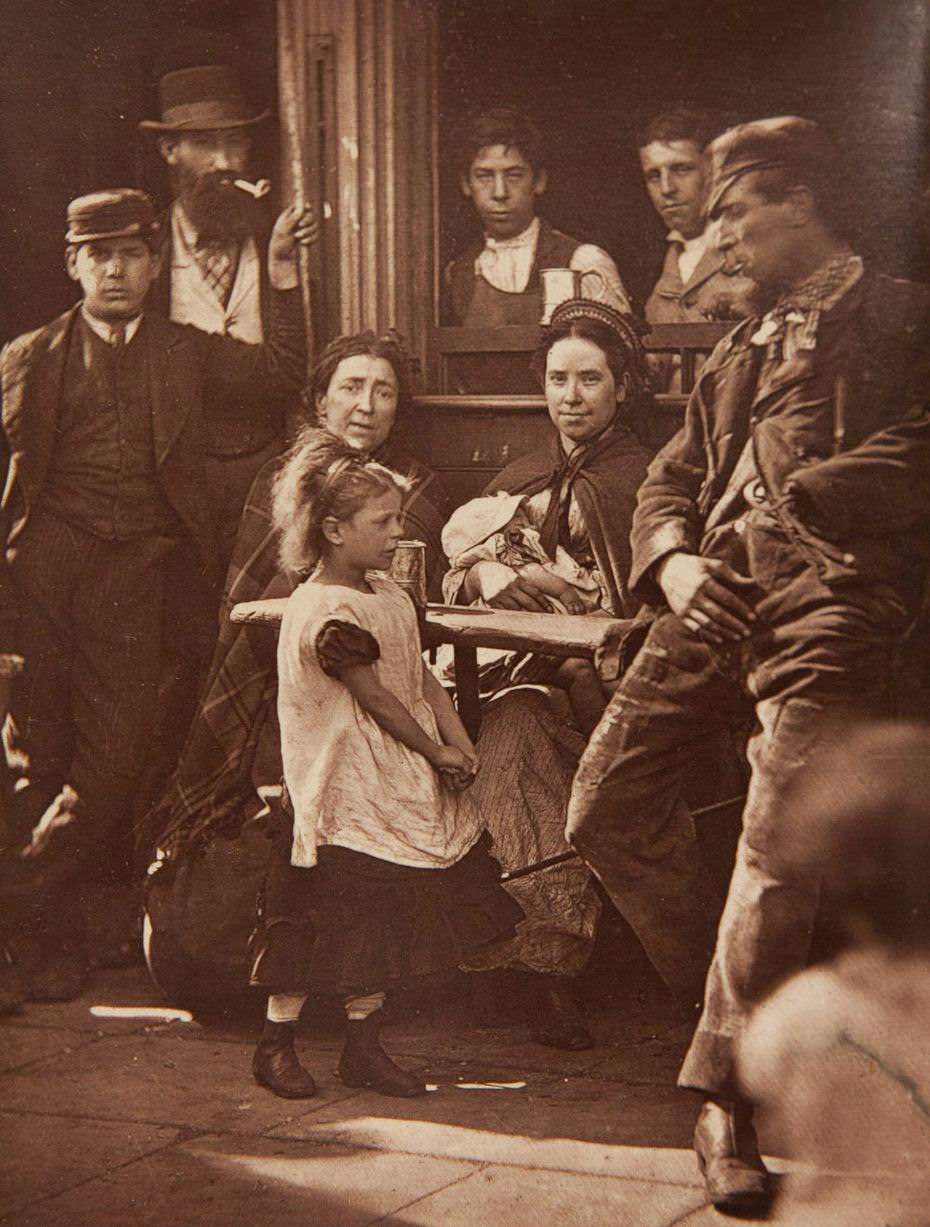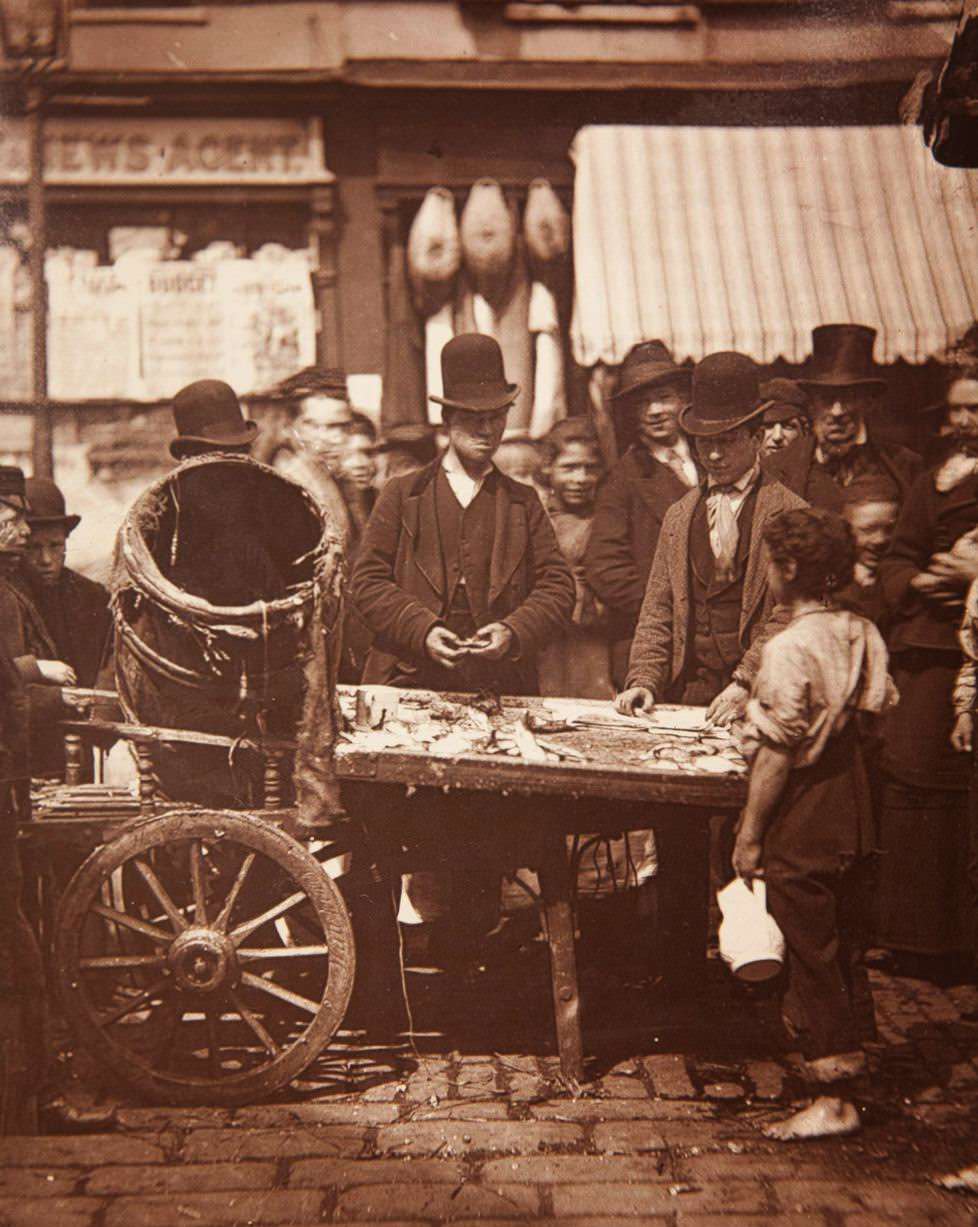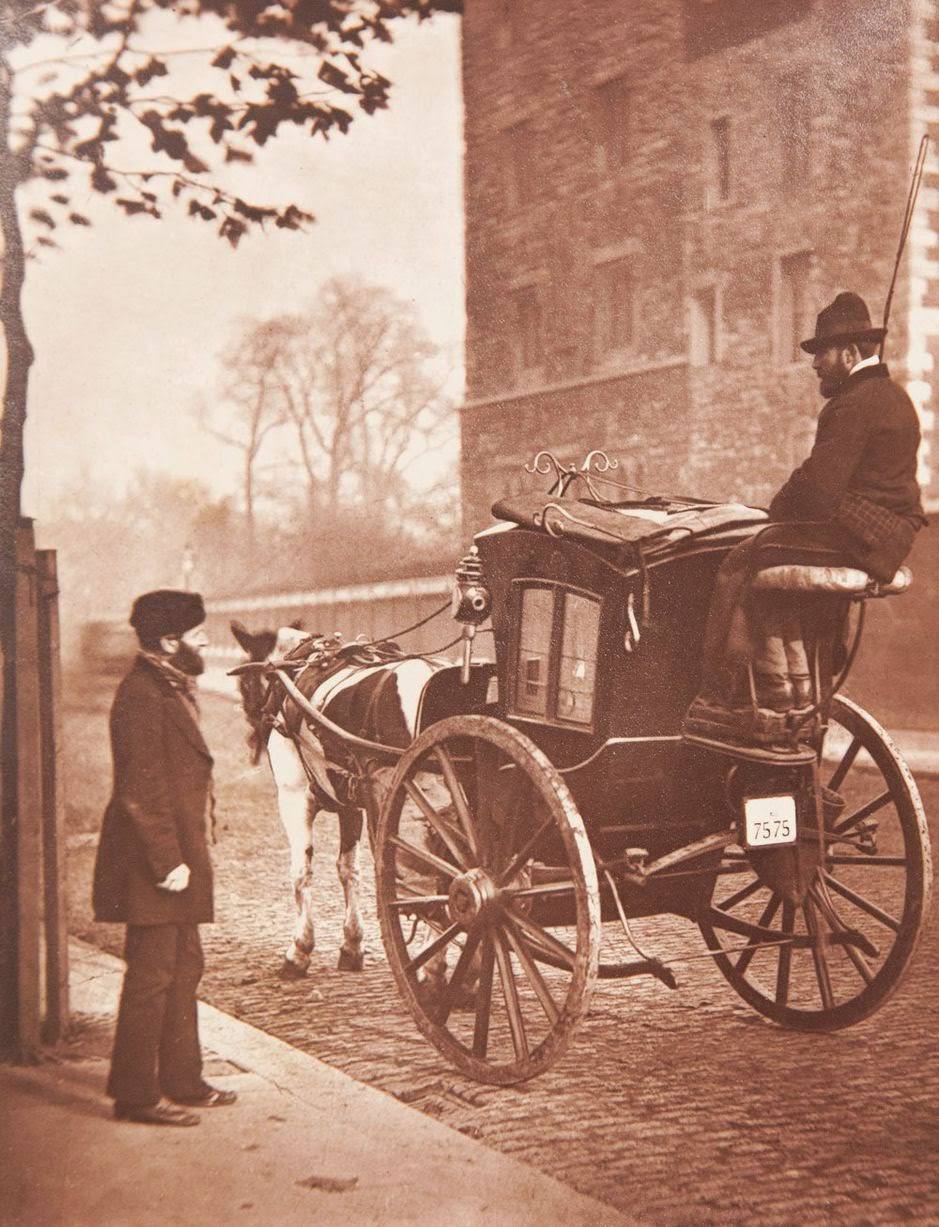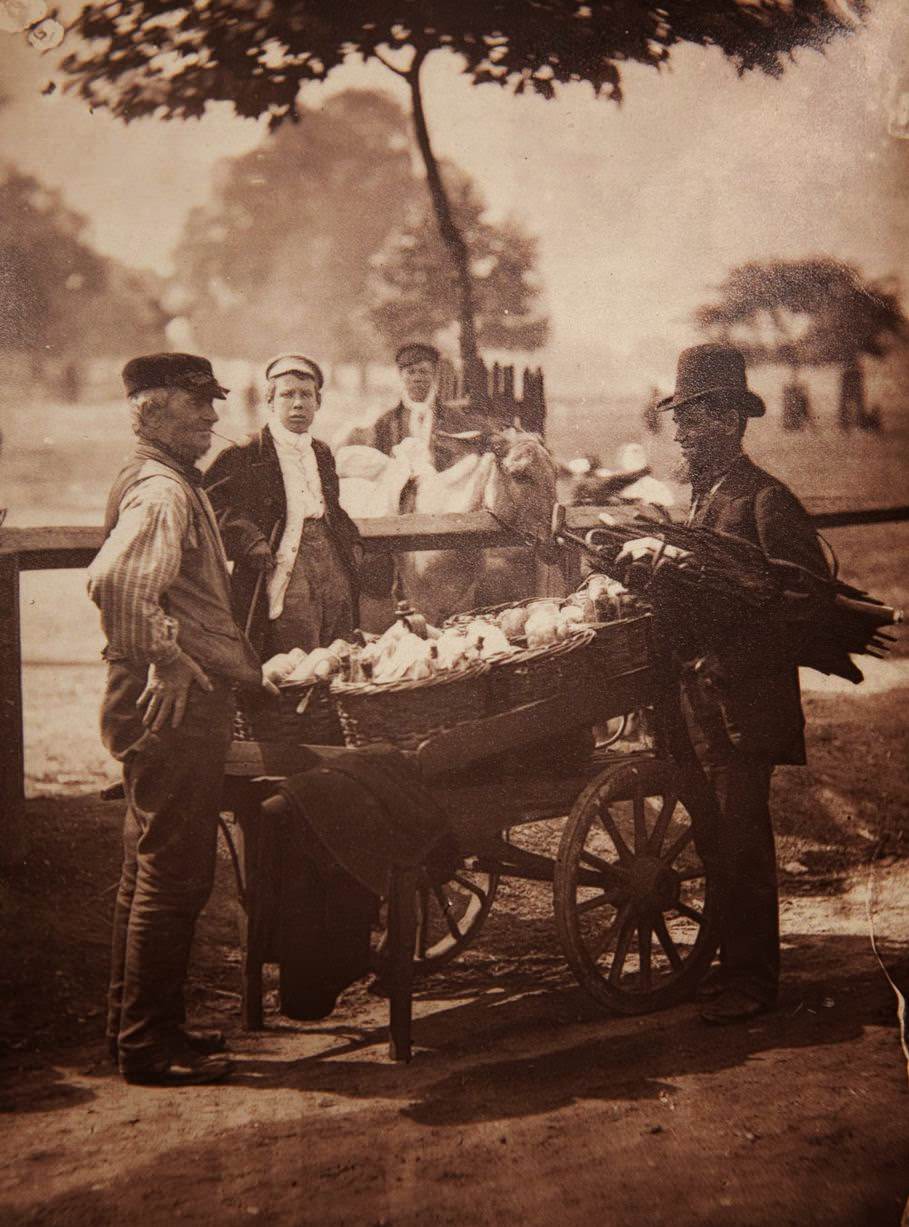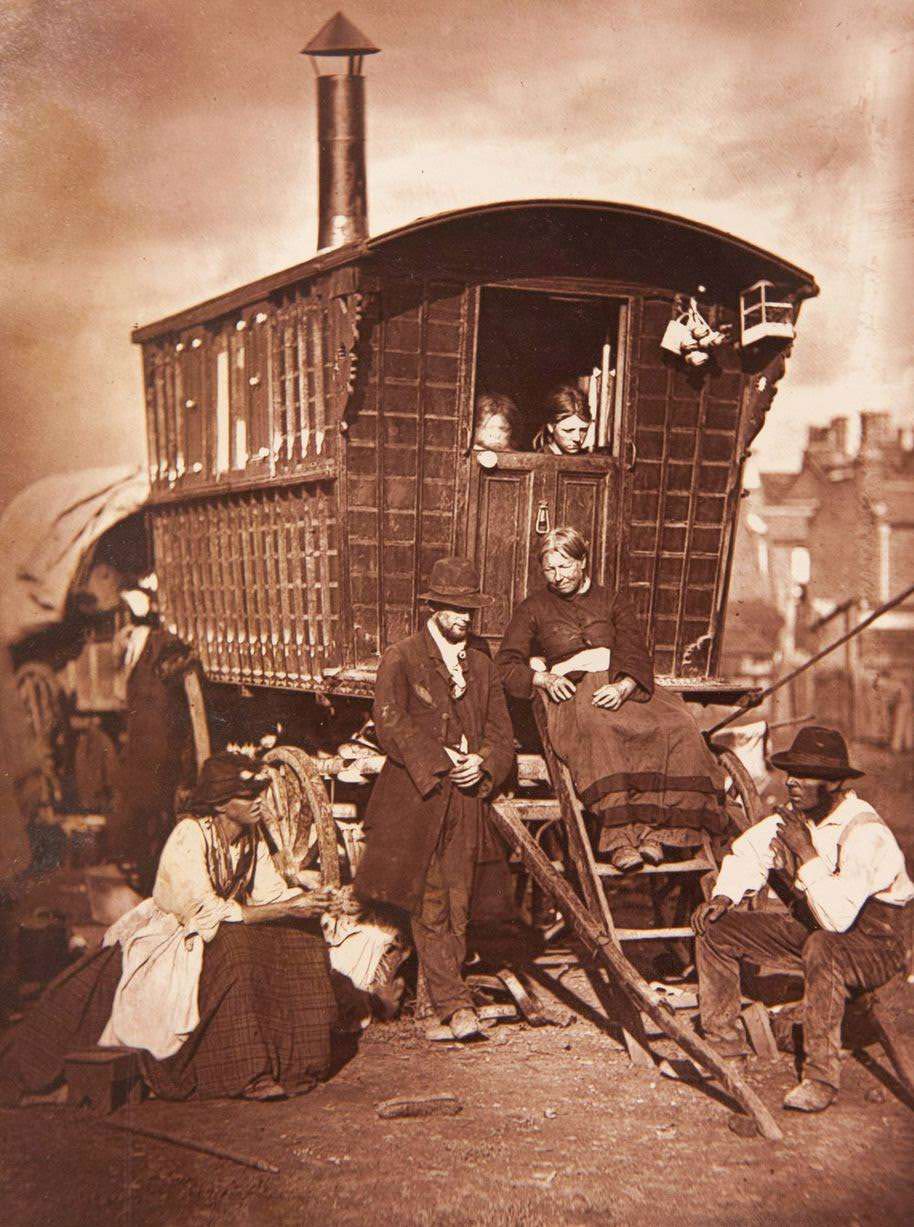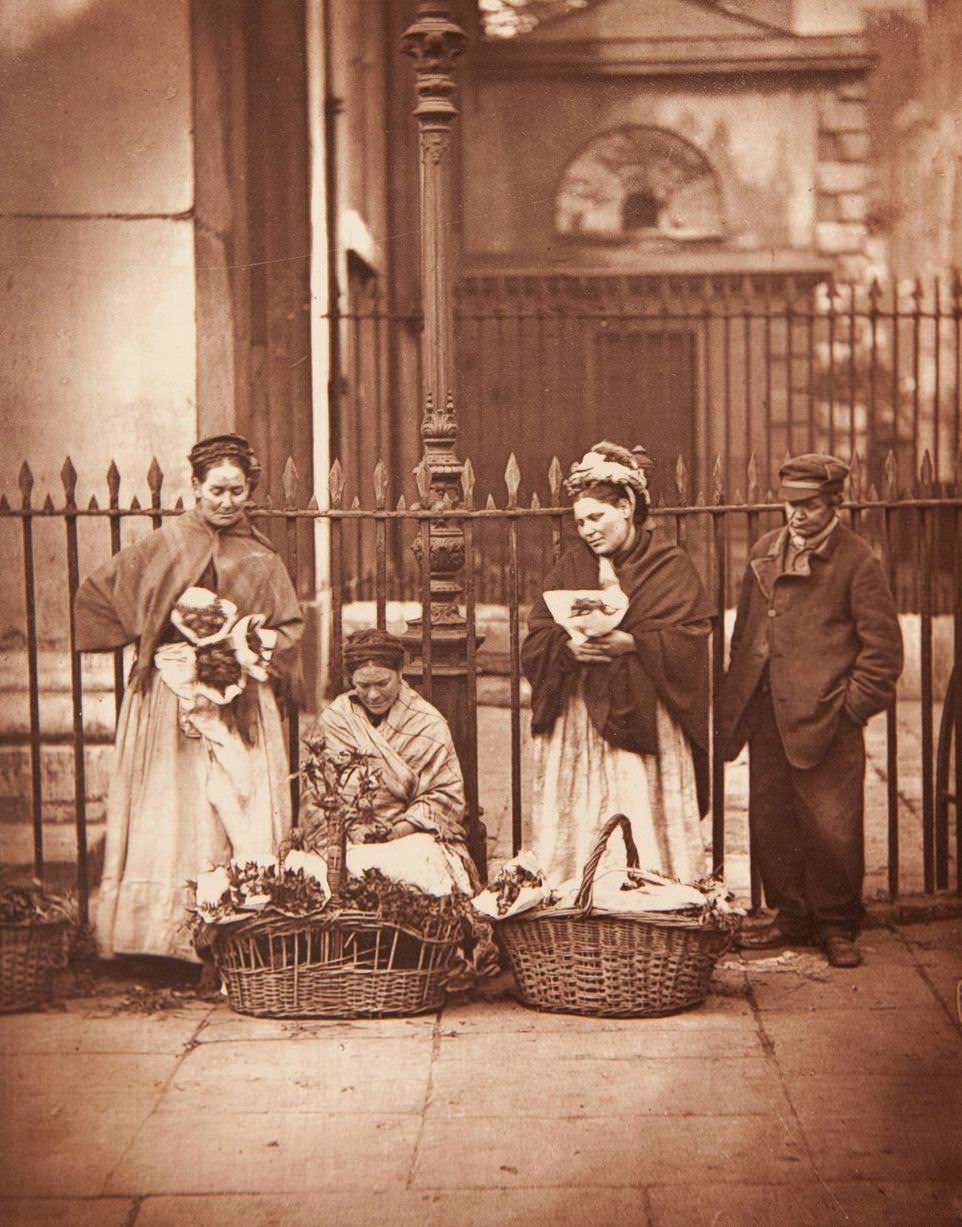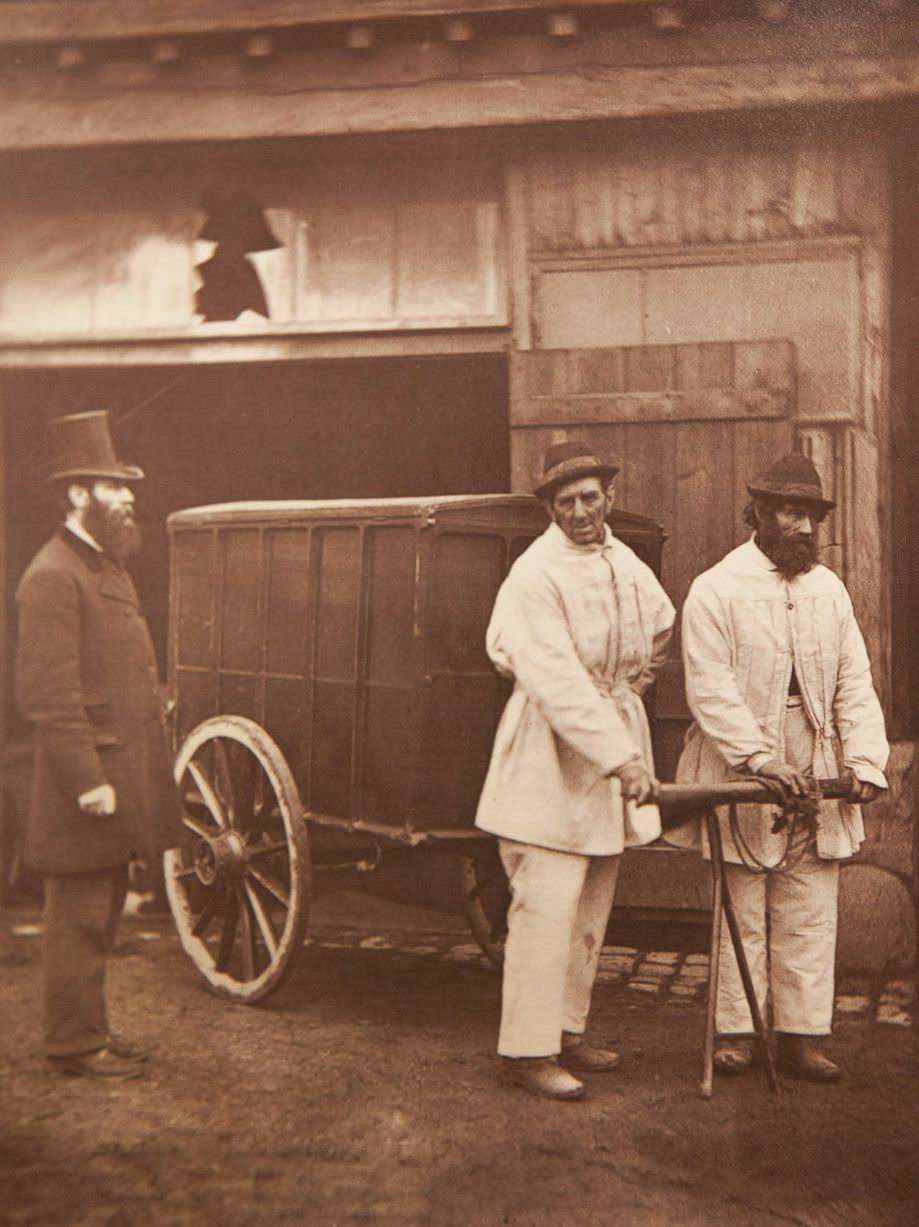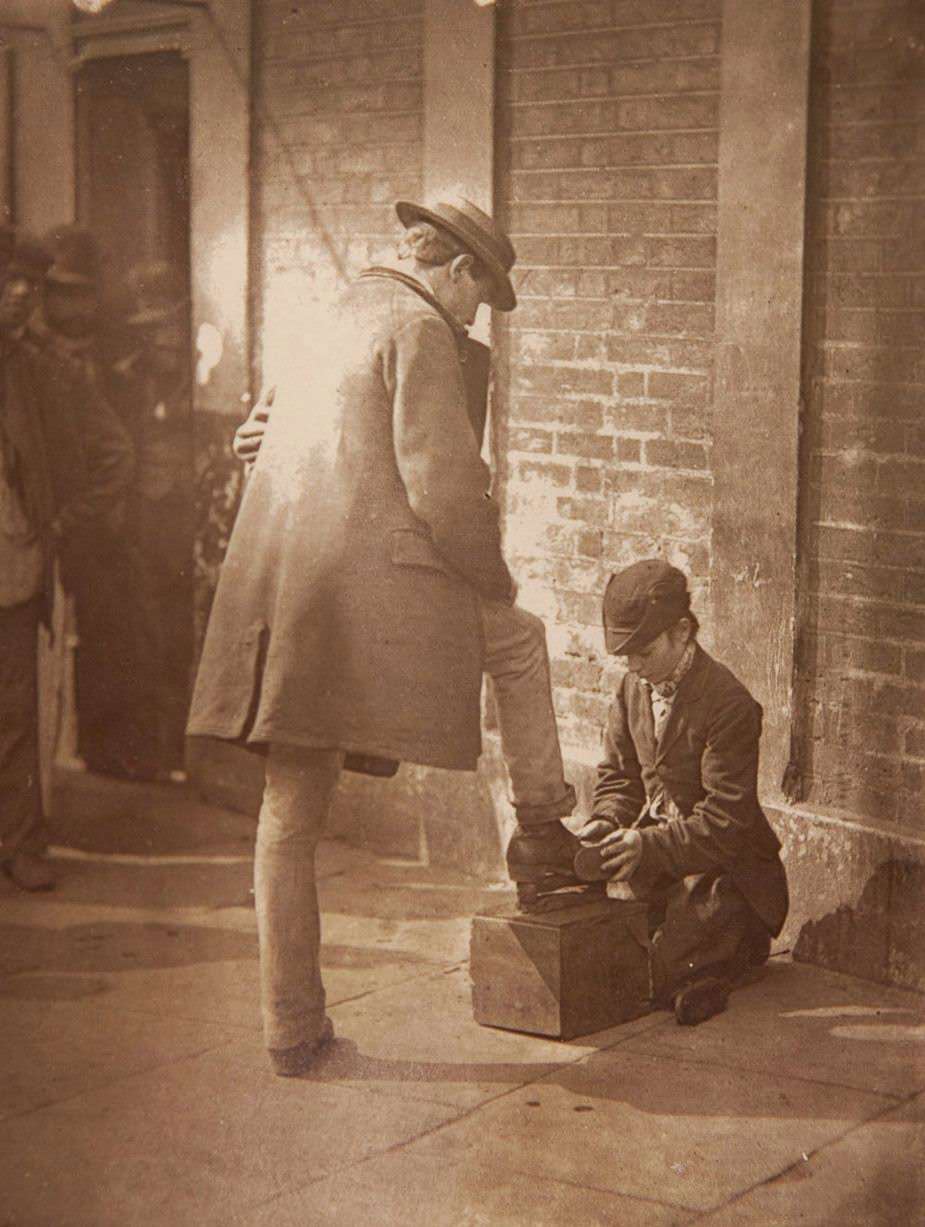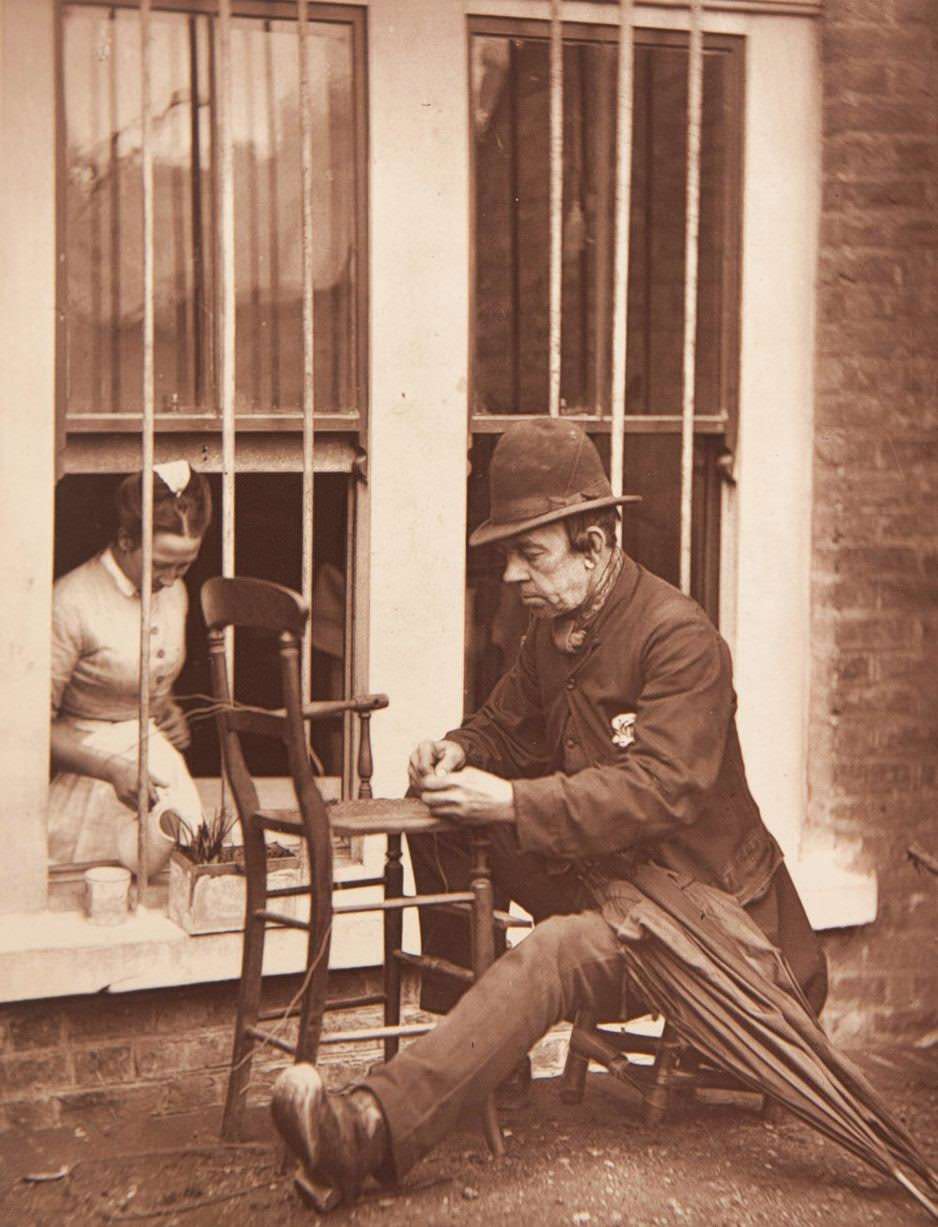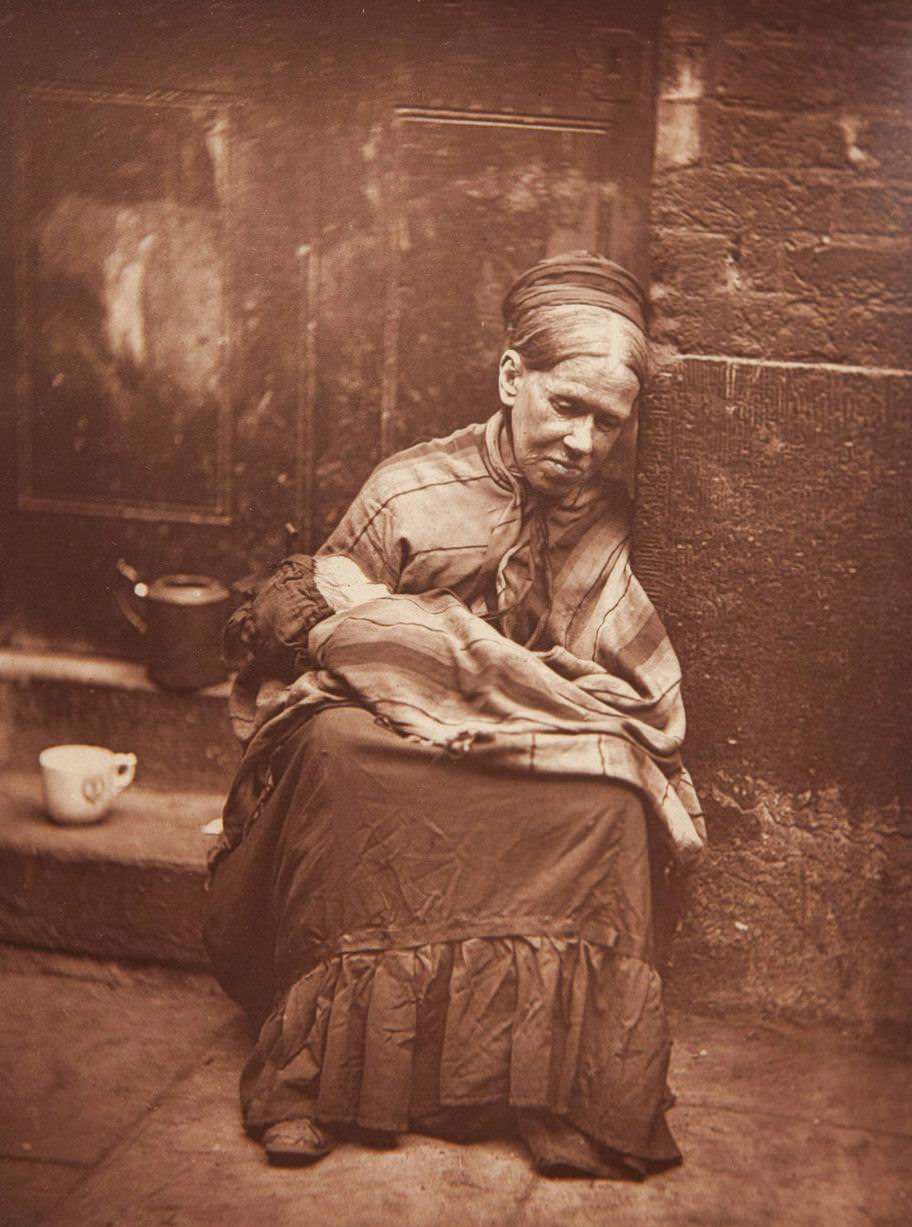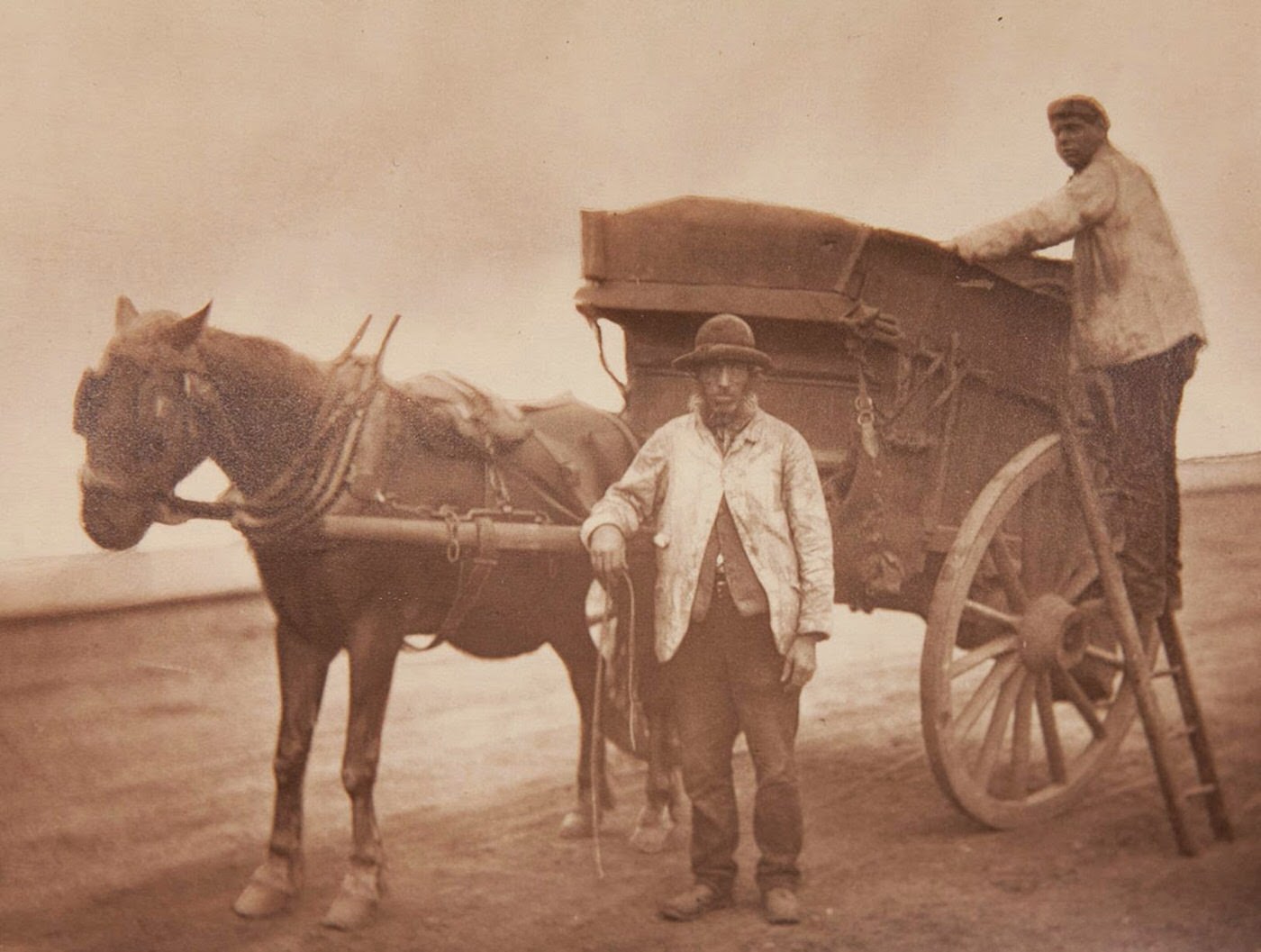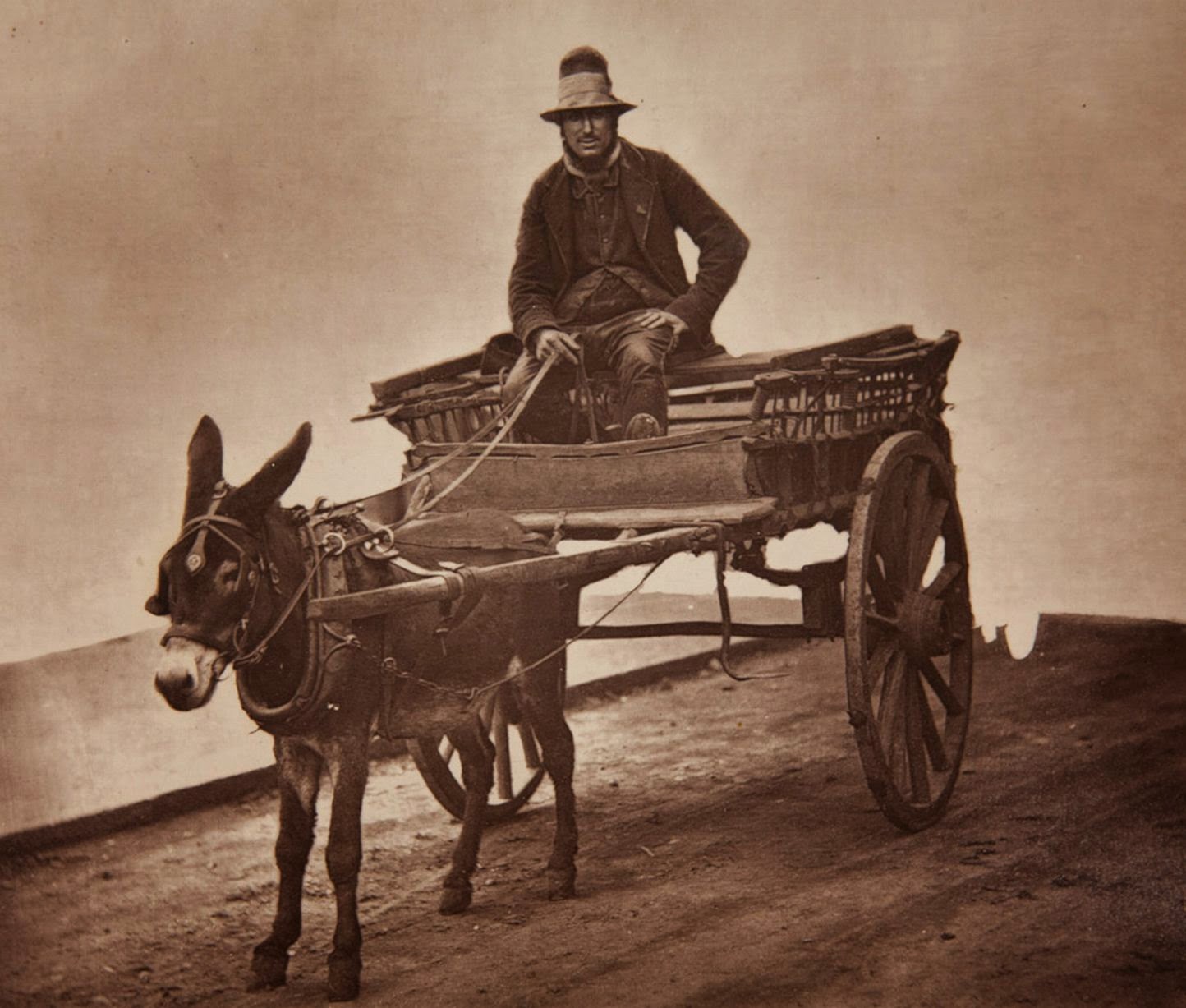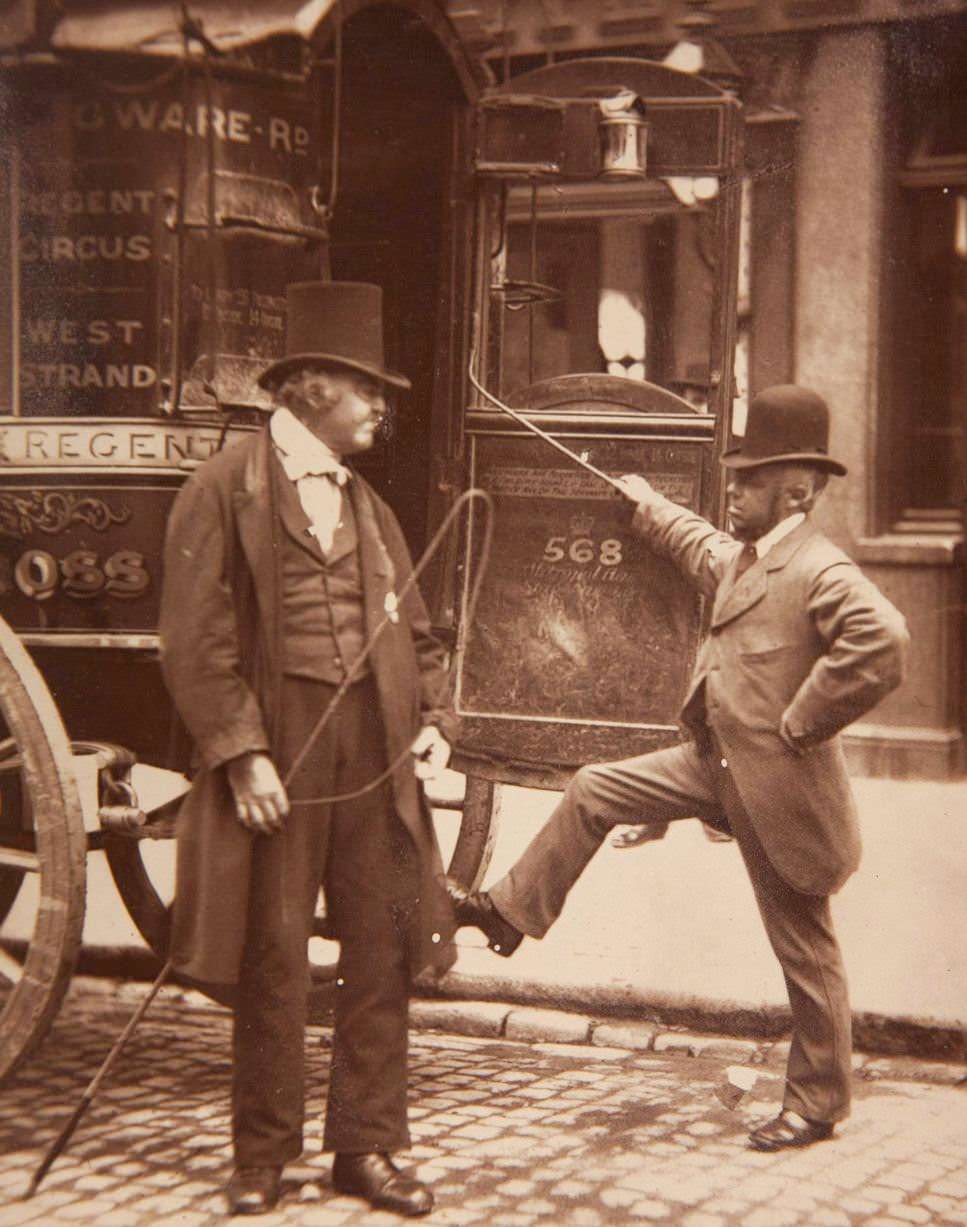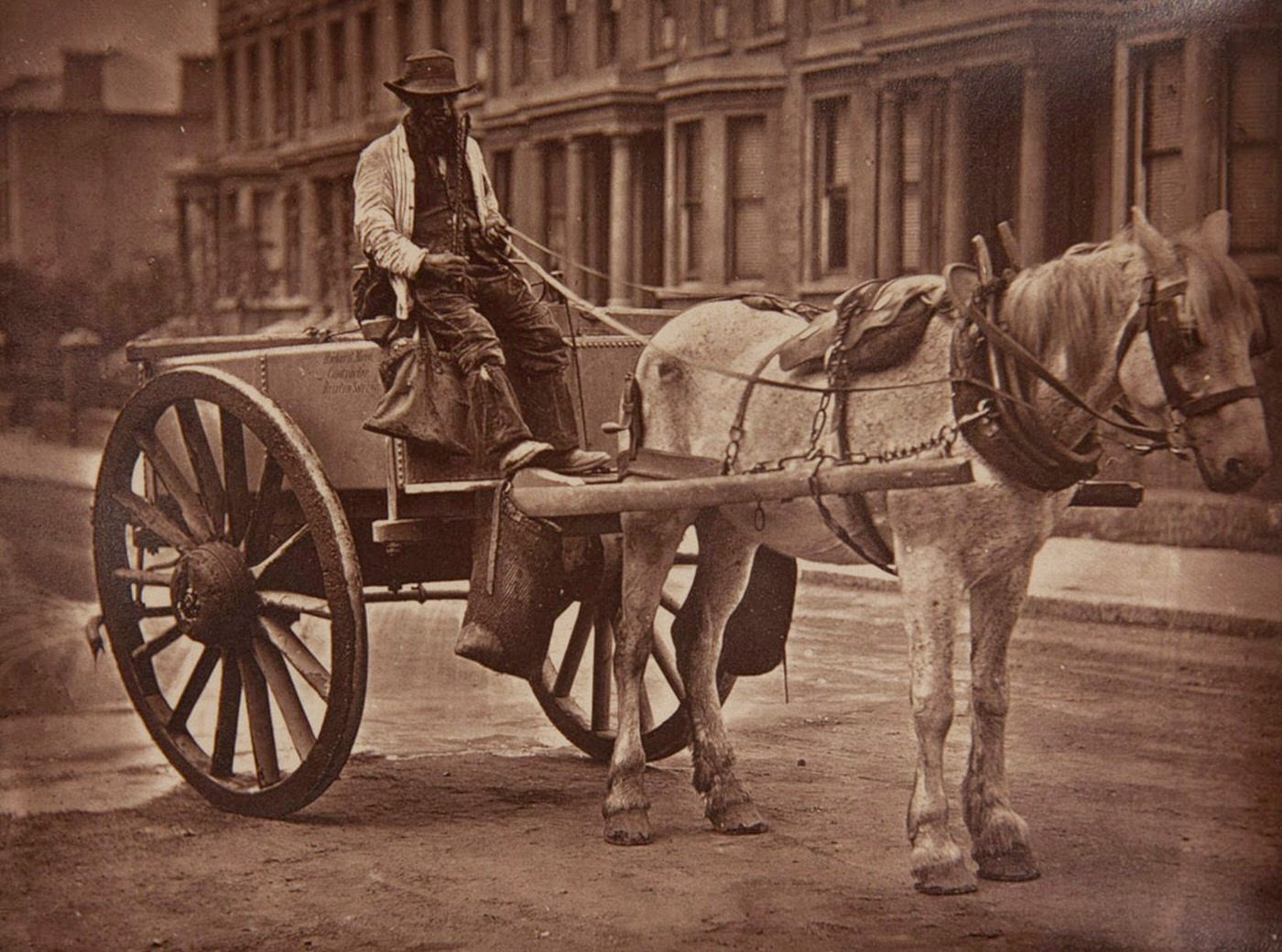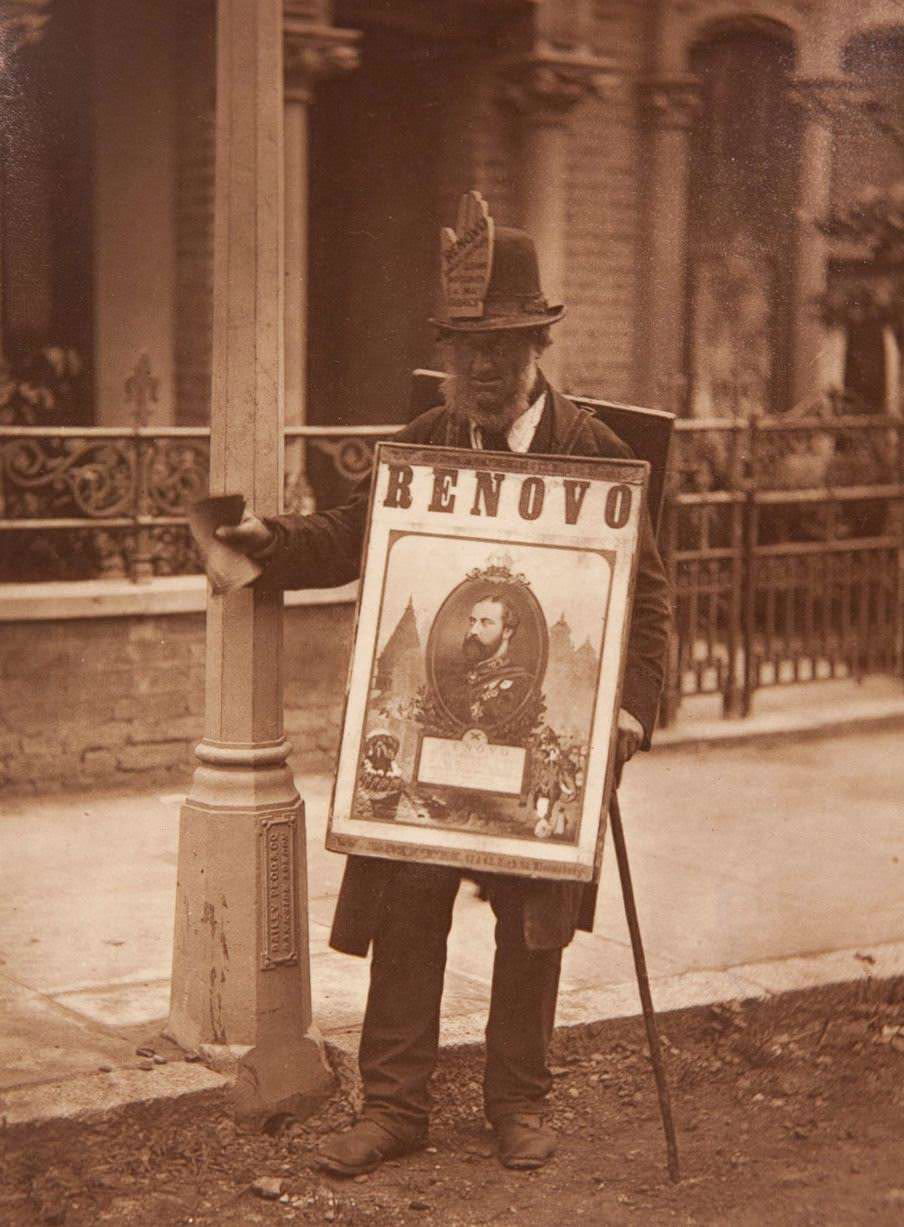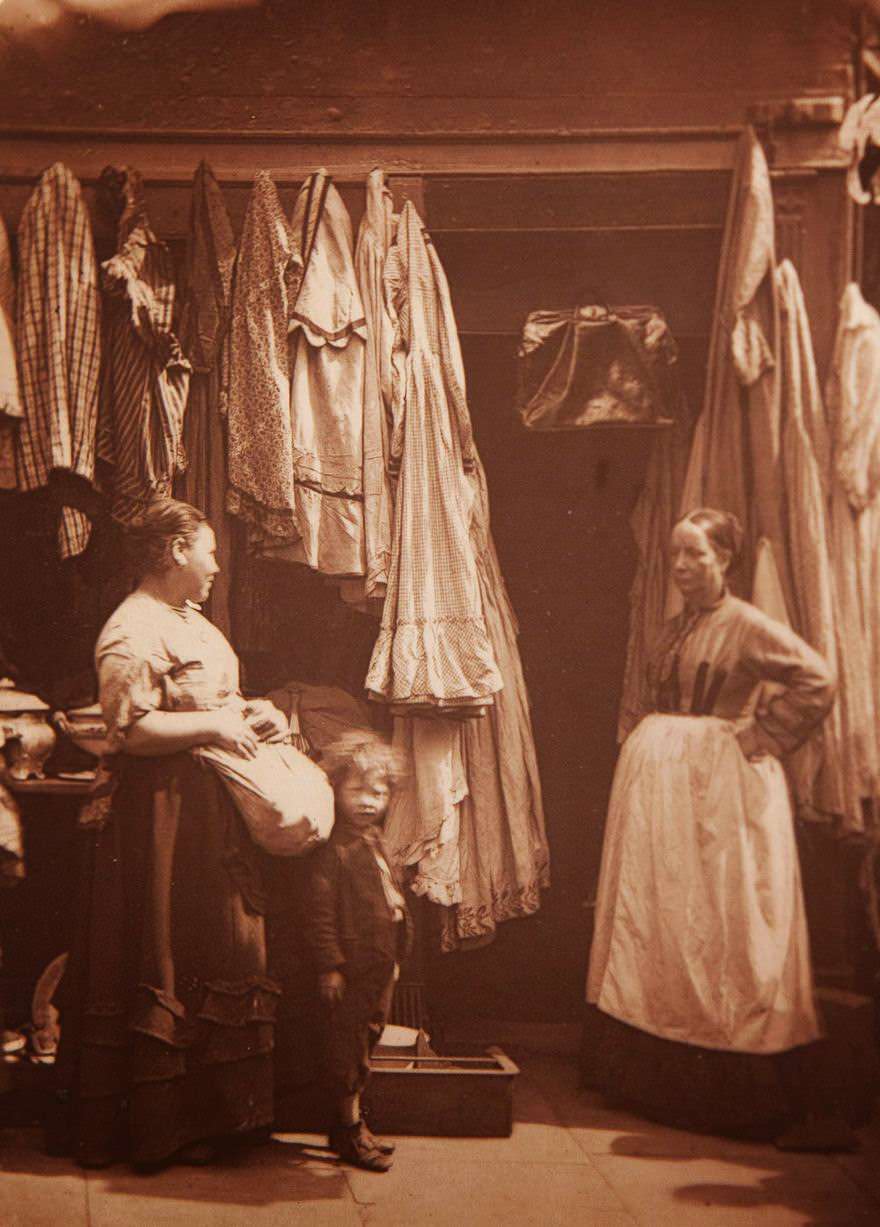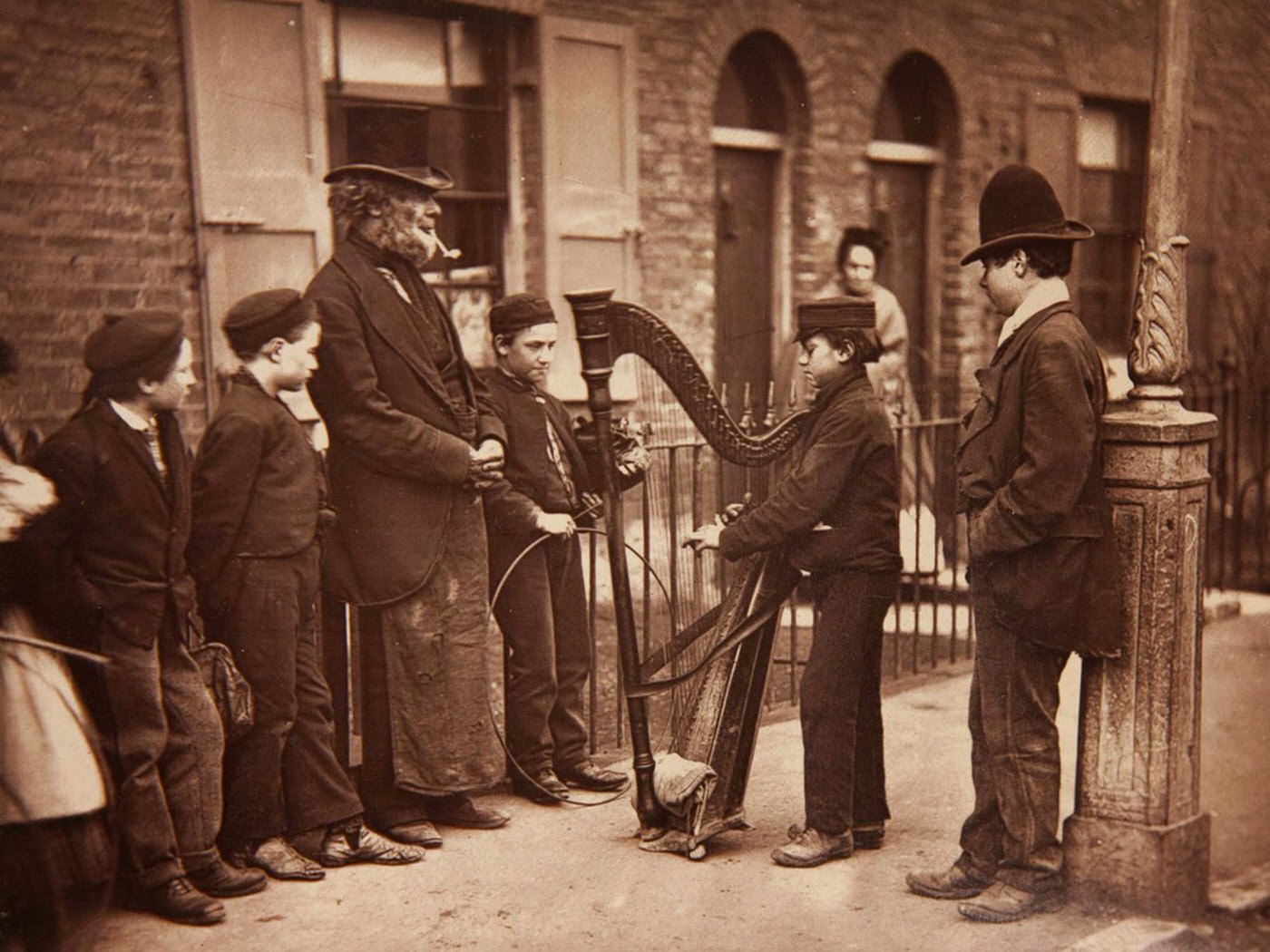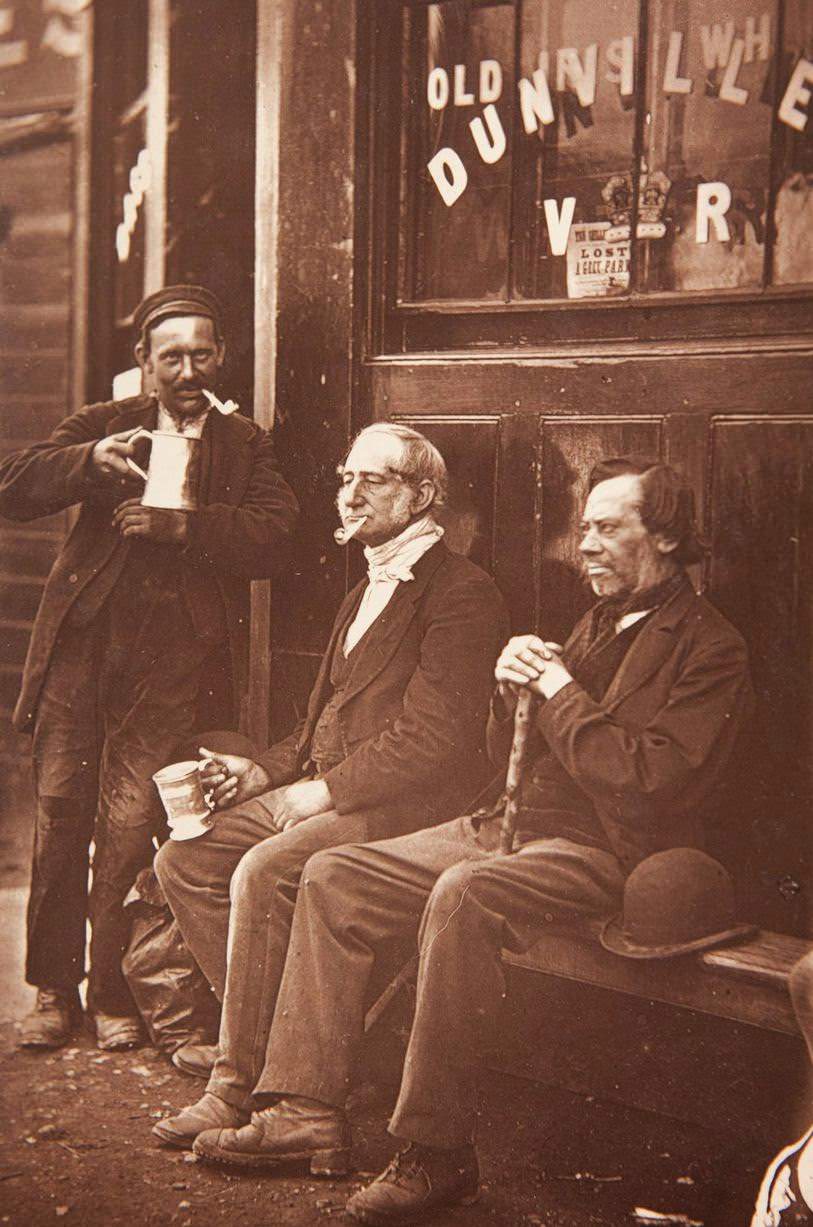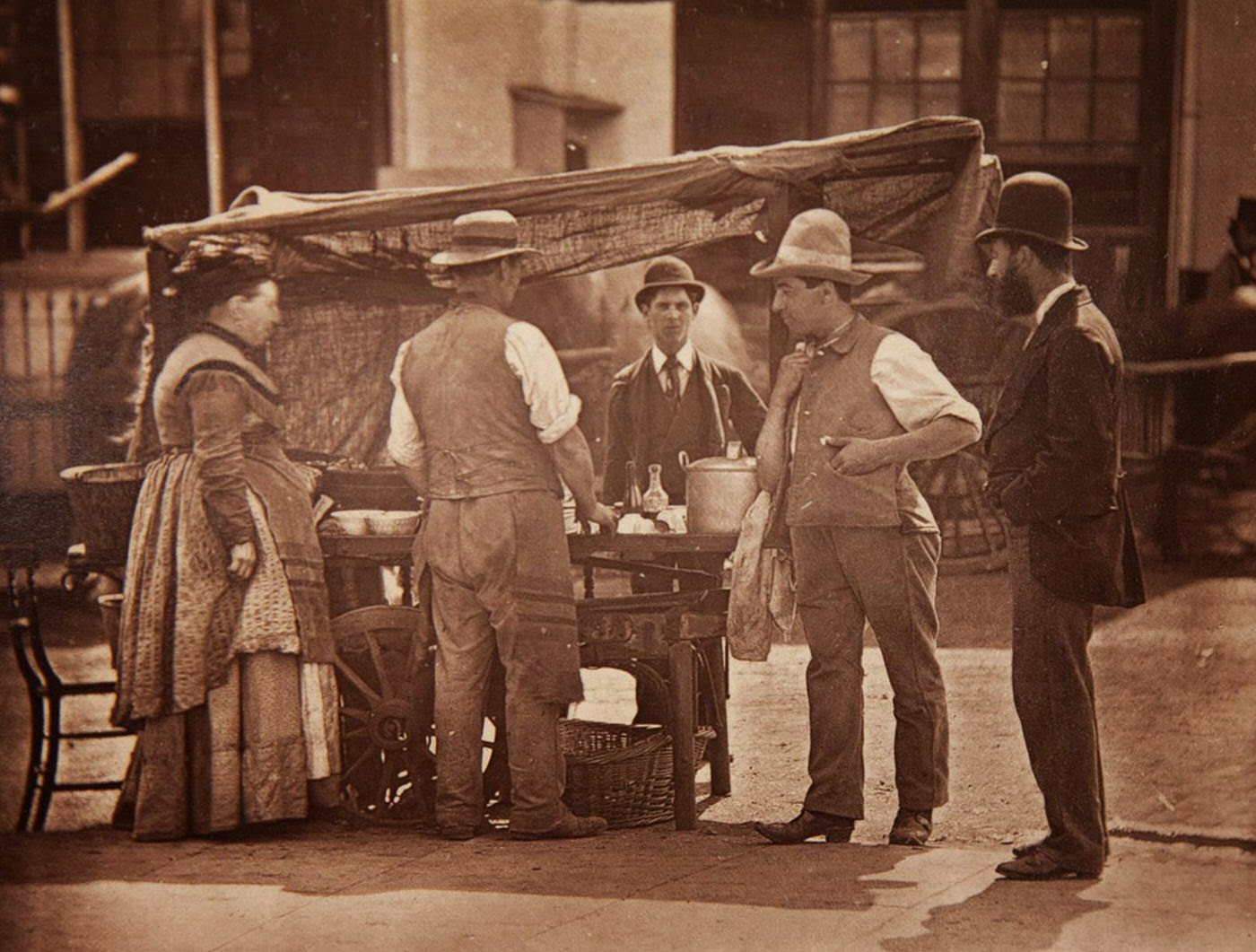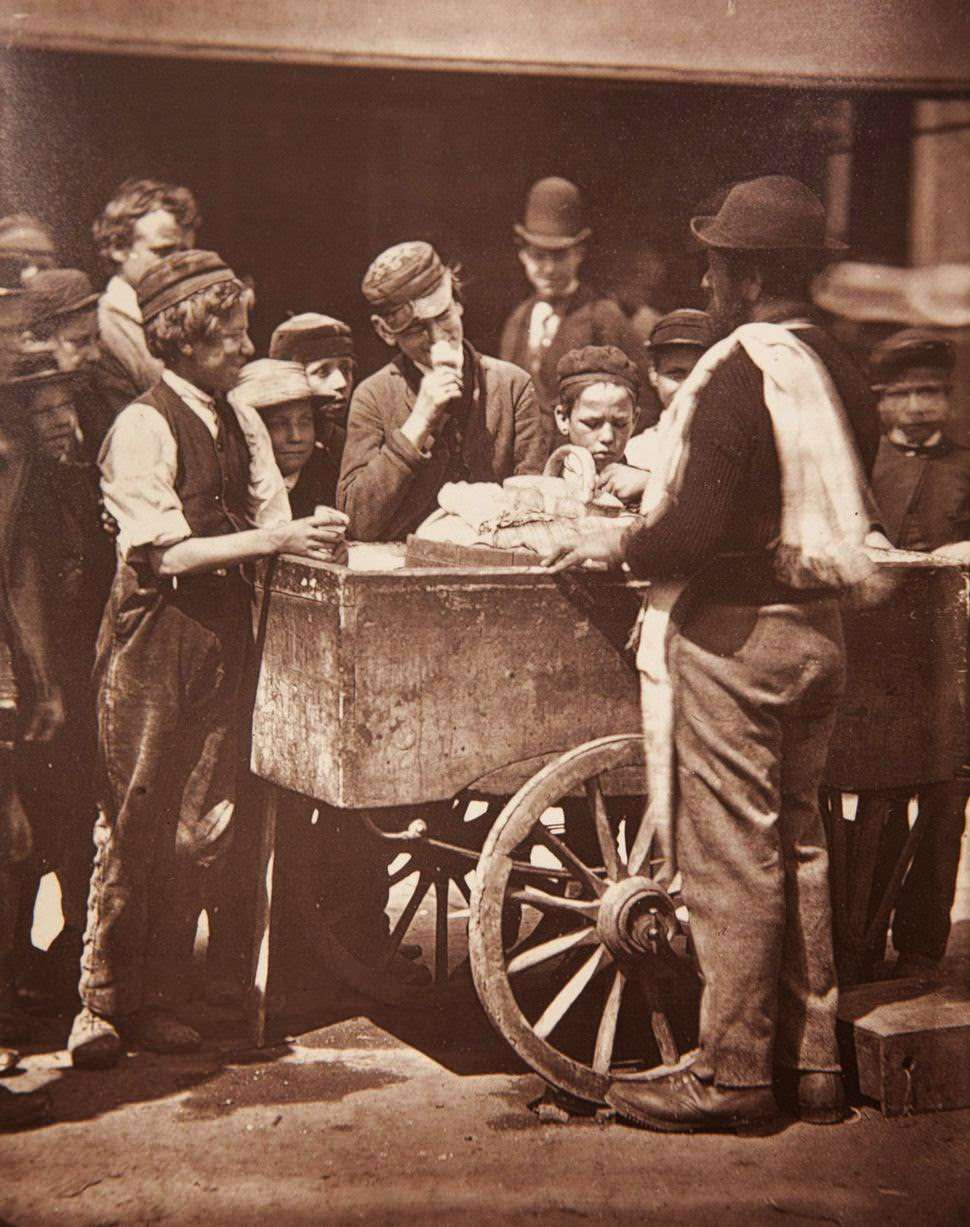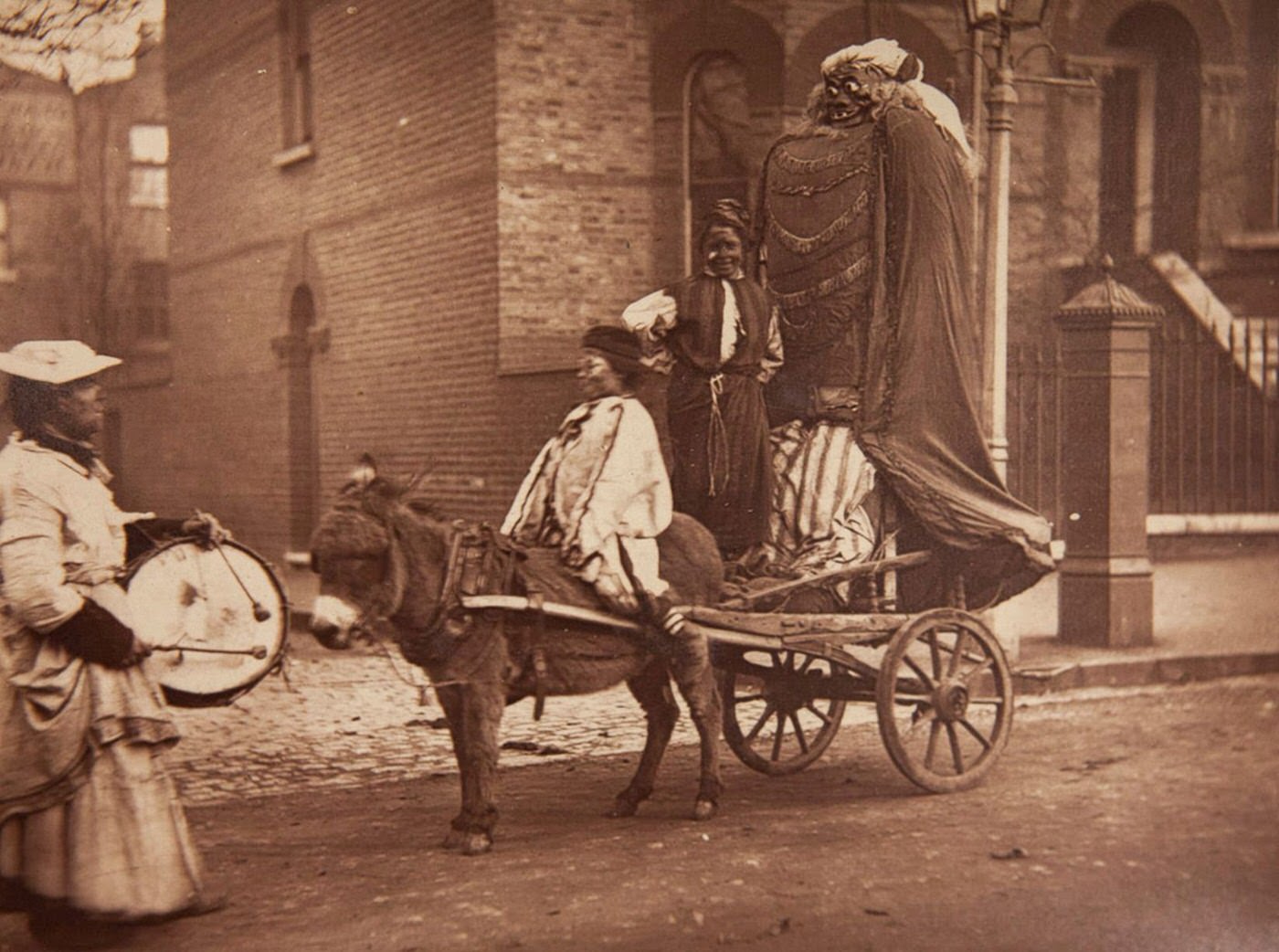During the time Queen Victoria reigned, from 1837 to 1901, London was a city undergoing massive changes. It was the capital of a growing empire and a global center of trade and finance. Over these decades, London transformed from a large city into a sprawling, complex, and sometimes overwhelming metropolis. Life here was a mix of old traditions and brand-new developments.
One of the most striking features of Victorian London was its incredible growth in population. People poured into the city from the countryside and from other countries, all seeking work and opportunity. This led to huge overcrowding, especially in certain areas. The city expanded outwards rapidly, with new streets and buildings constantly being built to house the growing numbers of people.
Walking through the streets of Victorian London was a sensory experience. The streets were often incredibly crowded with a mix of pedestrians, horse-drawn vehicles, carts carrying goods, and street vendors selling everything imaginable. The noise was constant – the clip-clop of horses’ hooves, the rumble of carriage wheels, the shouts of vendors, and the general din of thousands of people. Depending on where you were, the smells could range from the exhaust of coal fires to the less pleasant odors from inadequate sanitation in poorer areas. At night, the introduction of gas lighting gradually replaced older oil lamps, casting a warm, if sometimes flickering, glow on the streets.
Read more
Getting around this vast and crowded city presented challenges. Horse-drawn omnibuses, essentially early public buses, traveled along set routes, packed with passengers. For those who could afford it, horse-drawn cabs offered more direct, private transport. A major innovation later in the era was the development of the London Underground railway system. These steam-powered trains ran beneath the streets, providing a faster way to travel across distances, a truly groundbreaking piece of Victorian engineering.
Victorian London was a city of stark contrasts, particularly in terms of social class and wealth. In areas like the West End, wealthy families lived in large, elegant houses on tree-lined streets. They lived lives of relative comfort and privilege, supported by numerous servants who often lived in cramped conditions within the same grand houses or nearby mews. Their homes were filled with elaborate furniture and decorations reflecting their status.
In contrast, large parts of the city, particularly in the East End and other industrial areas, were home to the working classes and the very poor. These areas often consisted of crowded tenements and slums. Housing was often poorly built, cramped, and lacked basic facilities. Life in these areas was a constant struggle to earn enough to survive. The streets could be dirty and less orderly than in the wealthier parts of town.
Work defined the lives of most Londoners. The city was a hive of industry and trade. Many people worked in factories producing goods, or in workshops specializing in various crafts. The docks along the River Thames were incredibly busy, employing thousands of laborers loading and unloading ships that brought goods from around the world. Many others worked in shops, as clerks in offices, or in service, working as maids, cooks, coachmen, and laborers for wealthier households. Workdays were long, typically six days a week.
Public health was a major concern, especially earlier in the era. The rapid population growth outpaced the city’s ability to deal with waste. Sewage often flowed directly into the River Thames, which was also used for drinking water. This led to terrible outbreaks of diseases like cholera. In response to these crises, a massive and groundbreaking underground sewer system was built across the city in the mid-Victorian period, a huge engineering project that greatly improved public health and sanitation in many areas.
Technological advancements marked the Victorian era in London. Beyond the Underground and the sewer system, gas lighting became common, first in public spaces and then in wealthier homes. Railways connected London to other cities and brought goods and people into various large, impressive train stations built across the city. Communication sped up with the telegraph and, by the end of the era, the telephone.
The architecture of Victorian London reflects the period’s confidence and style. Public buildings like museums, government offices, and railway stations were often grand and ornate, built in styles that drew on historical periods. The Houses of Parliament, rebuilt after a fire, are a famous example of Victorian Gothic architecture. Residential buildings also had a distinct look, with terraced houses common for the middle and working classes, and grander detached or semi-detached homes for the wealthy. The extensive use of brick is characteristic of the era’s buildings.


